Search results for: nook farm

Hartford’s Nook Farm
…Nook Farm When Harriet Beecher Stowe moved her large family to Hartford and built a home at Nook Farm in 1864, it had been a dozen years since the publication…
Read
Where Mr. Twain and Mrs. Stowe Built Their Dream Houses
…Seymour Day House, Hartford – Hartford Daily Photo Remaining Traces of Nook Farm Highlight Stowe and Twain Nook Farm’s golden age was over by the 1890s. Twain’s bad business speculations…
Read
Charles Dudley Warner: 19th Century Writer and Social Commentator
…including “The Grindstone of Life” and “The Season of Pumpkin-pie.” Life at Nook Farm While living at Nook Farm, a writer’s colony he helped establish on Farmington Avenue in Hartford,…
Read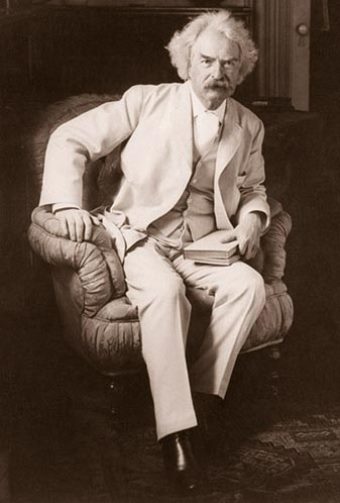
Mark Twain, Huckleberry Finn Published 1885
…and his wife Olivia moved to a home in the area known as Nook Farm. A literary community quickly sprang up there, including Twain’s well-known neighbor, and fellow writer, Harriet…
Read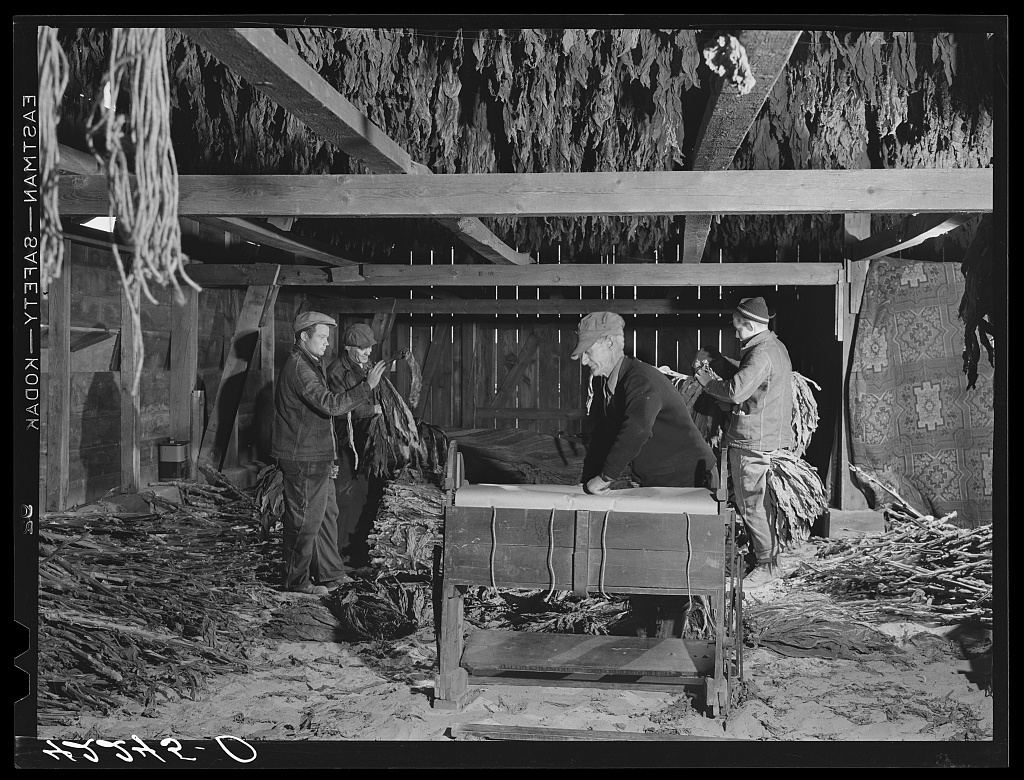
Polish Tobacco Farmers in the Connecticut River Valley
…Some, however, were farmers or would-be farmers, who dreamed of owning their own land and running their own farms, much like generations of immigrants who came to America before them….
Read
Brass City/Grass Roots: Bucks Hill: Waterbury’s Rural Holdout
…built a grocery store and residence on upper Walnut St. before moving to a farm on Chestnut Hill Rd., now Farmwood Rd., near Lyman’s Pond. My mother was one of…
Read
A Life Lived in a Rapidly Changing World: Samuel L. Clemens
…family connections to the city. For the first few years the Clemenses rented a house in the heart of Nook Farm‚ a residential area that was home to numerous writers‚…
Read
Brass City/Grass Roots: Waterbury Farming in the Late 1800s
…200 people officially inscribed as farmers in censuses and city directories. There were also many listed with other professions who still ran farms. Brown’s Meadow Farm, circa 1900 – Photo…
Read
Brass City/Grass Roots: From Farmers to Developers: The Rasmussens of Town Plot
…from full-time farmers to manufacturers and “gentlemen farmers,” they were often replaced by the immigrants who toiled in their shops and bought their land. Some even argue that immigrants saved…
Read
Brass City/Grass Roots: The Pierponts of East Farms
…other parts of the exhibit. “Farming isn’t a job. It’s a way of life.” —Bill Pierpont Revolutionary War veteran Ezra Pierpont came to Waterbury’s East Farms district, eventually splitting…
Read
Brass City/Grass Roots: Struggles and Decline
…modern period has been a boon for farms much larger in scale than those in New England, with inputs and machinery much too expensive for most small farmers. Federal farm…
Read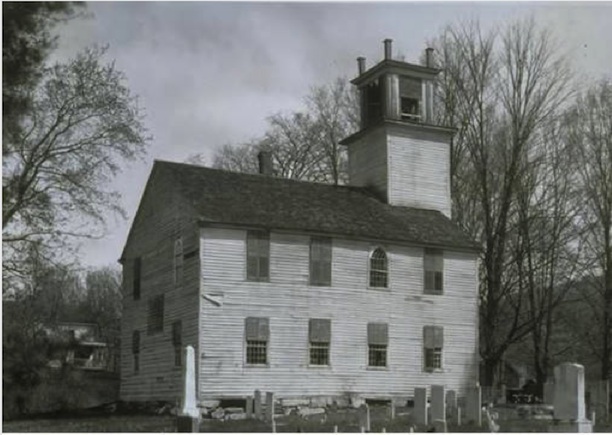
A Valley Flooded to Slake the Capital Region’s Thirst
…acquiring landholdings in the East Branch valley in 1927, three years before the state legislature gave the agency permission to impound the waters of the Farmington River. The first farm…
Read
General Joseph R. Hawley Helps Commemorate Connecticut’s Civil War Soldiers
…Hawley moved to Connecticut by age 10. Later, he helped found the state Republican Party and served as an editor of The Hartford Courant. Hawley lived in the Nook Farm…
Read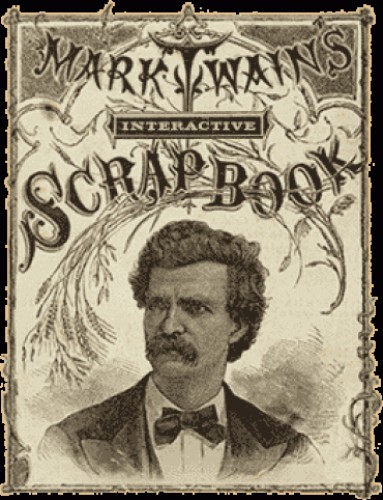
Samuel L. Clemens Receives Scrap-book Patent – Who Knew?
…a city which he loved. The family rented a house in the heart of Nook Farm, a tight-knit community in Hartford’s west end and in 1873 they built a house…
Read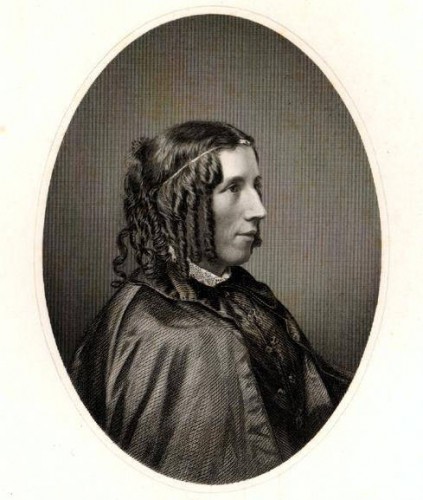
Harriet Beecher Stowe Born – Today in History: June 14
…Seminary, founded by her sister Catharine, where she eventually taught composition from 1829 to 1832. The writer and her husband Calvin Stowe, a minister and teacher, lived in Hartford’s Nook…
Read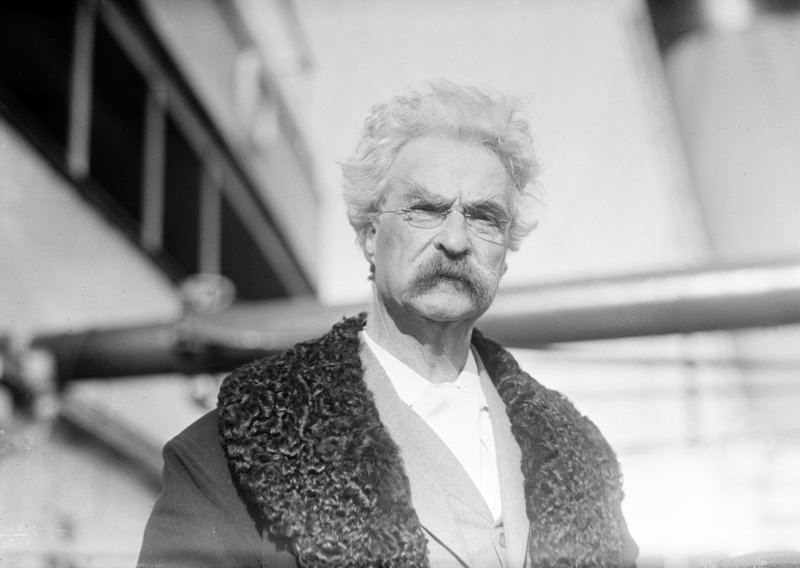
Mark Twain
…marrying Olivia Langdon. There, in the Nook Farm area inhabited by literary talents, social reformers, and other accomplished individuals, the couple built a home that is today the Mark Twain…
Read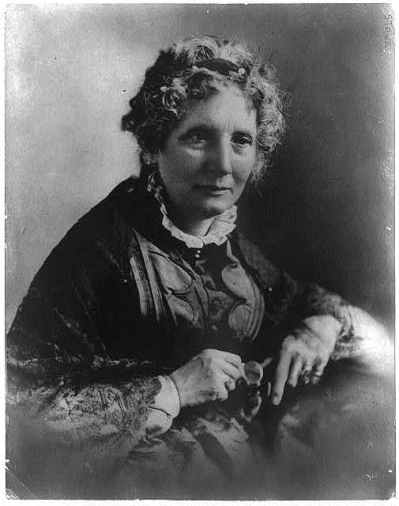
Harriet Beecher Stowe, Uncle Tom’s Cabin Published 1852
…of 19th century America. Stowe lived on Nook Farm in Hartford as next door neighbor to Mark Twain from 1873 until her death in 1896. << Previous – Next >>…
Read
The Land of Nod Farm, East Canaan, Connecticut
…of the farm that sustained many of the iron industry’s untiring laborers. Known originally as “the Adam Farm,” the Land of Nod farm (named in 1985 after the eponymous Robert…
Read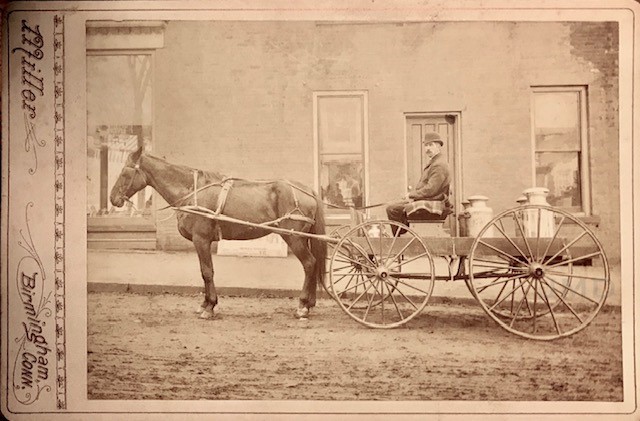
Derby’s Osbornedale Farms, Frances Kellogg, and the Dairy Industry
…eight hundred milk-producing farms. By 2018, however, only 150 licensed dairy farms remained in the state. A family legacy developed and expanded by Frances Kellogg, Derby’s Osbornedale Farms stands out…
Read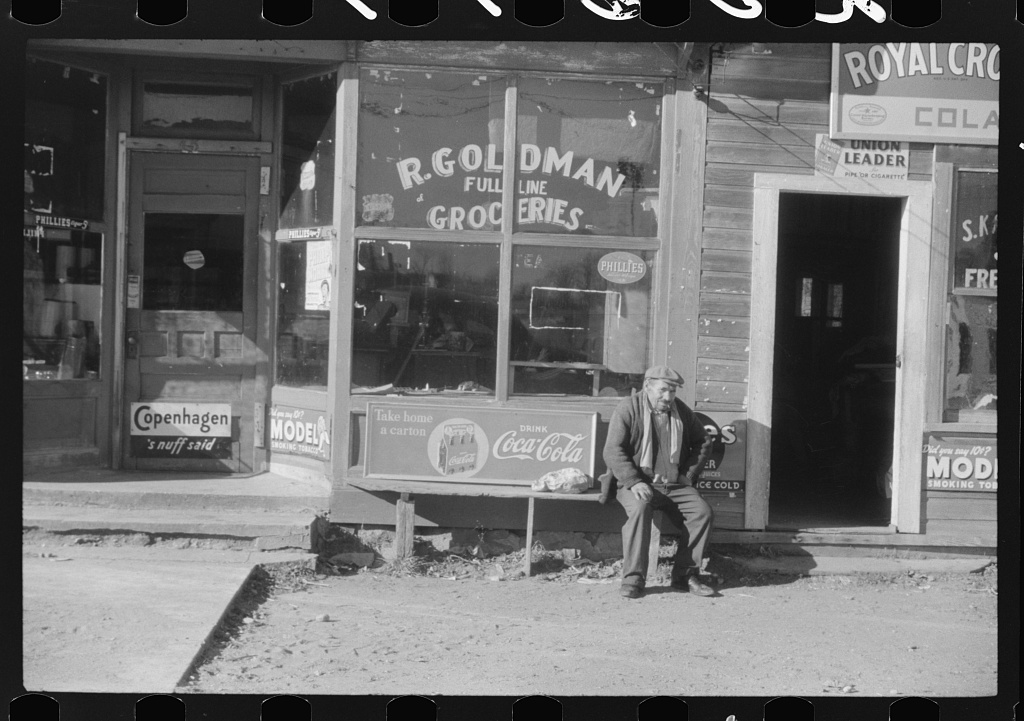
Jewish Farming Communities in Connecticut in the 19th and 20th Centuries
…farming. Mr. and Mrs. Abraham Lapping, Jewish poultry and dairy farmers. They ran a small farm and took in tourists during the summer in Colchester. Photo by Jack Delano –…
Read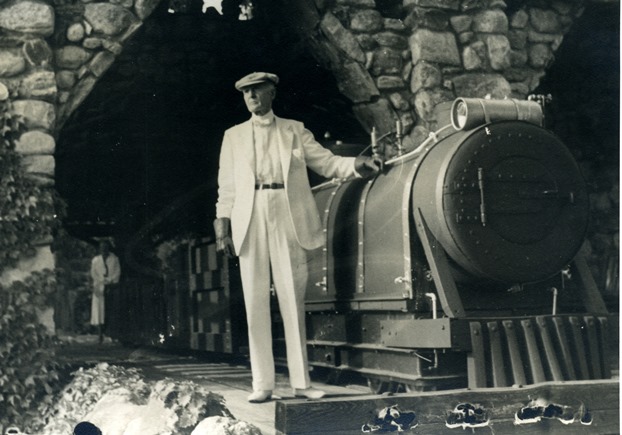
Holmes at Home: The Life of William Gillette
…built on a promontory above the Connecticut River in East Haddam. Born in the Nook Farm neighborhood of Hartford, Connecticut, Gillette grew up in a politically progressive atmosphere. His father,…
Read
Isabella Beecher Hooker
…19 and her family moved to Hartford where they purchased a homestead that eventually became part of Nook Farm (a literary and intellectual enclave in the late 19th century). There…
Read
Brass City/Grass Roots: What Makes a Farm a Farm? Other Sites of Food Production in Waterbury
…farmer, Daniel Scott of Bunker Hill. In 1839, the town purchased a farm and its buildings from another Bunker Hill resident, Joseph Bronson, to serve as the official almshouse, house…
Read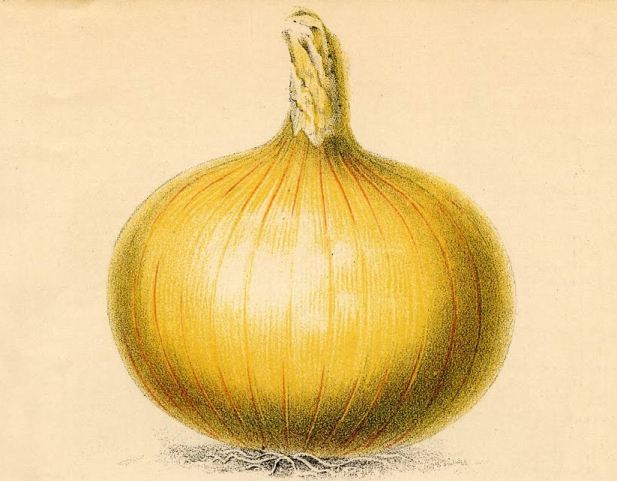
The Many Layers to Onion Farming in Westport
…town of Westport began to commercially farm onions. In April of every year farmers drilled rows of holes 12 inches apart for sowing onions. They separated the abundant rocks from…
Read
Brass City/Grass Roots: Remnants and Revivals
…have eased the soaring tax burden on farmers and provided encouragement to pockets of people to keep farming or start farms. In Waterbury, local laws permit residents to keep some…
Read
A New Source of Farm Labor Crops Up in Wartime
By Gregg Mangan During World War II, the United States government instituted a national farm labor program to help provide American farmers with the workers they needed to harvest their…
Read
Brass City/Grass Roots: Farming as Recycling: The Becces in the North End
…pens for horses, cattle, and especially, swine. At its peak, the farm had a thousand pigs. Becce built his own slaughterhouse, a boon to other area farmers with livestock as…
Read
When Milk Powered Watertown’s Industry
…handful of resilient dairymen. Dairy Farming in 19th Century Watertown began as a farming community. In the late 19th century, local resident Joseph Munson built a barn, purchased some cows,…
Read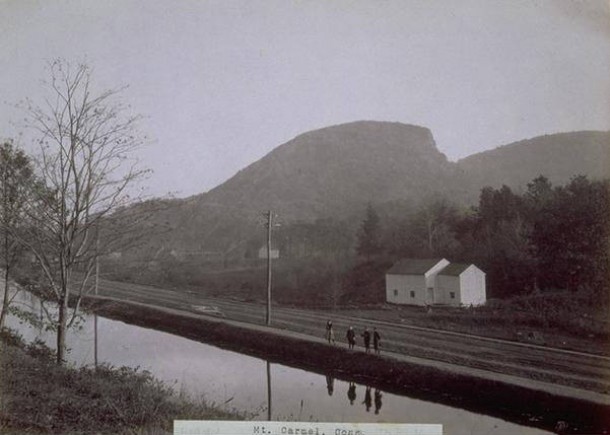
New England’s Grand Ambition: The Farmington Canal
…states had built more than 3,300 miles of canals. Unfortunately, few if any of these projects achieved the success of the Erie. Horse drawn boat on the Farmington Canal, John…
Read
Brass City/Grass Roots: Food Marketing and Processing as Part of Civic Culture
…farmers by sponsoring a municipal farmers’ market, starting in 1917 in the Bank and Meadow Street area. Most wholesale fruit and vegetable dealers, meat processors, fertilizer makers, and vendors of…
Read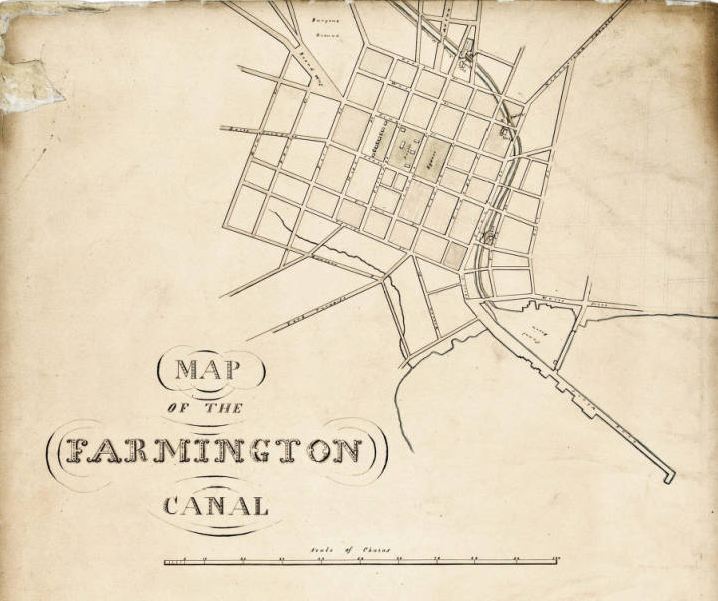
Farmington Canal Designed to Give Connecticut Commerce a Competitive Edge
Commerce for the United States of America in the early 1800s was firmly anchored in the farms and small towns along the Eastern Seaboard, yet travel among the new country’s…
Read
Brass City/Grass Roots: The Persistence of Farming in Waterbury, Connecticut
The following is a digital presentation of Brass City/Grass Roots: The Persistence of Farming in Waterbury, Connecticut, a traveling exhibition on the history of farming in Waterbury, Connecticut, developed by…
Read
Jared Eliot Calls on Colonists to Change their Agricultural Practices
…pulpit at Killingworth from 1709 until his death in 1763. He also practiced medicine. Eliot’s Farming Leads to Land-use Studies Like nearly all early New Englanders, Eliot farmed, but he…
Read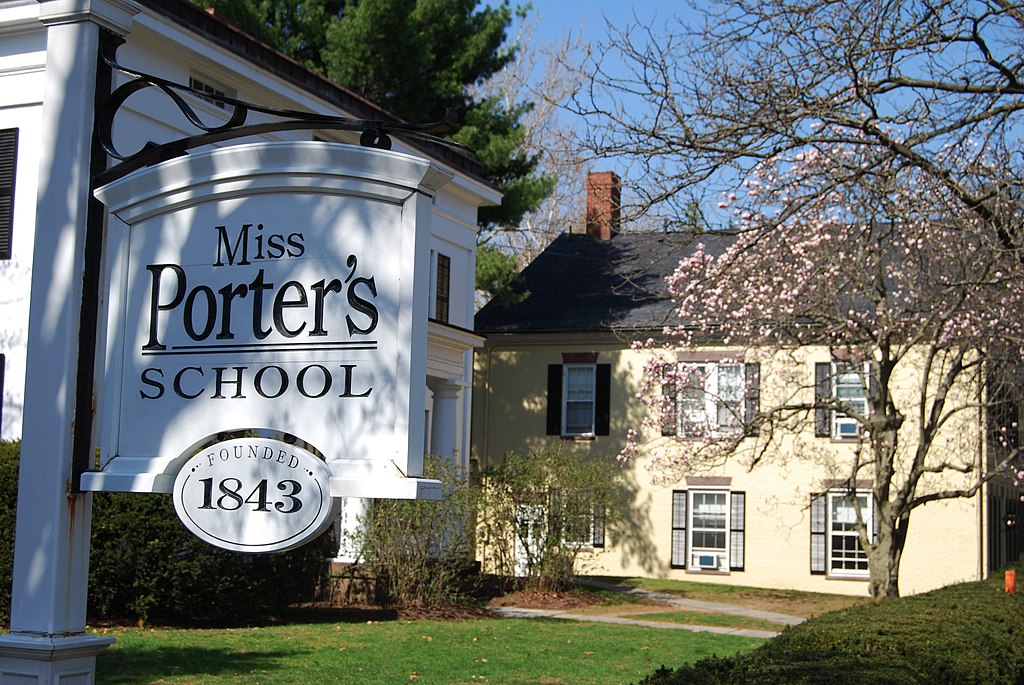
Miss Porter’s School in Farmington
…the Farmington Academy and the New Haven Female Institute. After teaching in Springfield, Massachusetts, and in Philadelphia, she returned to Farmington and opened a school above the village store with…
Read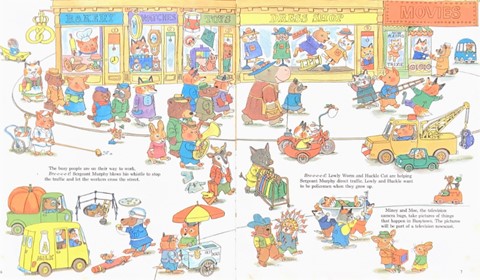
The Road to Busytown: Richard Scarry’s Life in Fairfield County
…in their Black MGTC at home on the Conklin Farm in Ridgefield, c. 1950s – Courtesy of Huck Scarry While his family operated a store, he did not show interest…
Read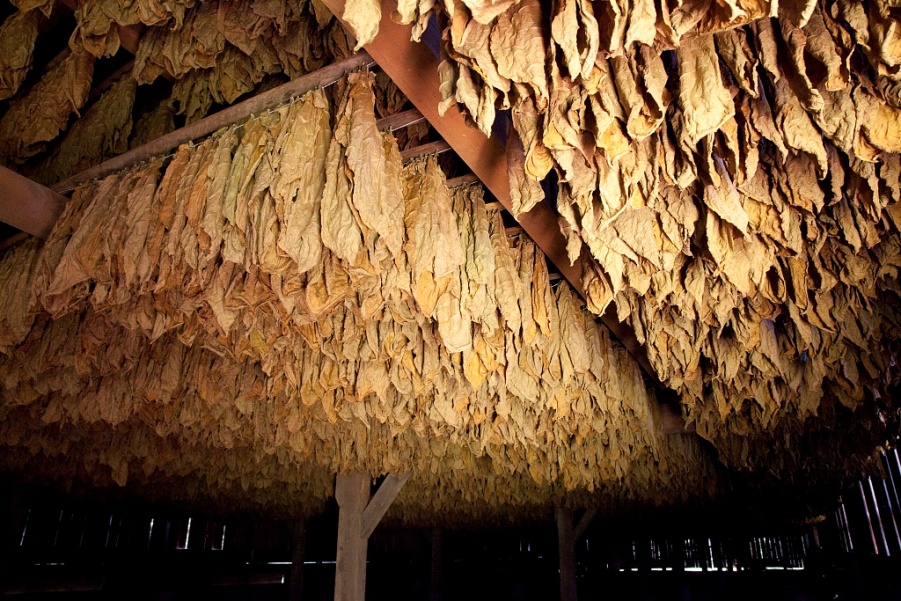
Windsor Tobacco: Made in the Shade
Early New England settlers found the Windsor area’s sandy loam the perfect soil for growing tobacco. Beginning in 1640, Connecticut farmers imported tobacco seeds from Virginia and by the mid-19th…
Read
North Stonington Fairs Preserve Connecticut’s Agricultural Heritage
…Season” in Connecticut. Livestock shows, ham and bean suppers, and horseshoe pitching contests supplemented educational tours of surrounding farms—the tours sponsored by the Connecticut Farm Bureau project. Today’s Fair As…
Read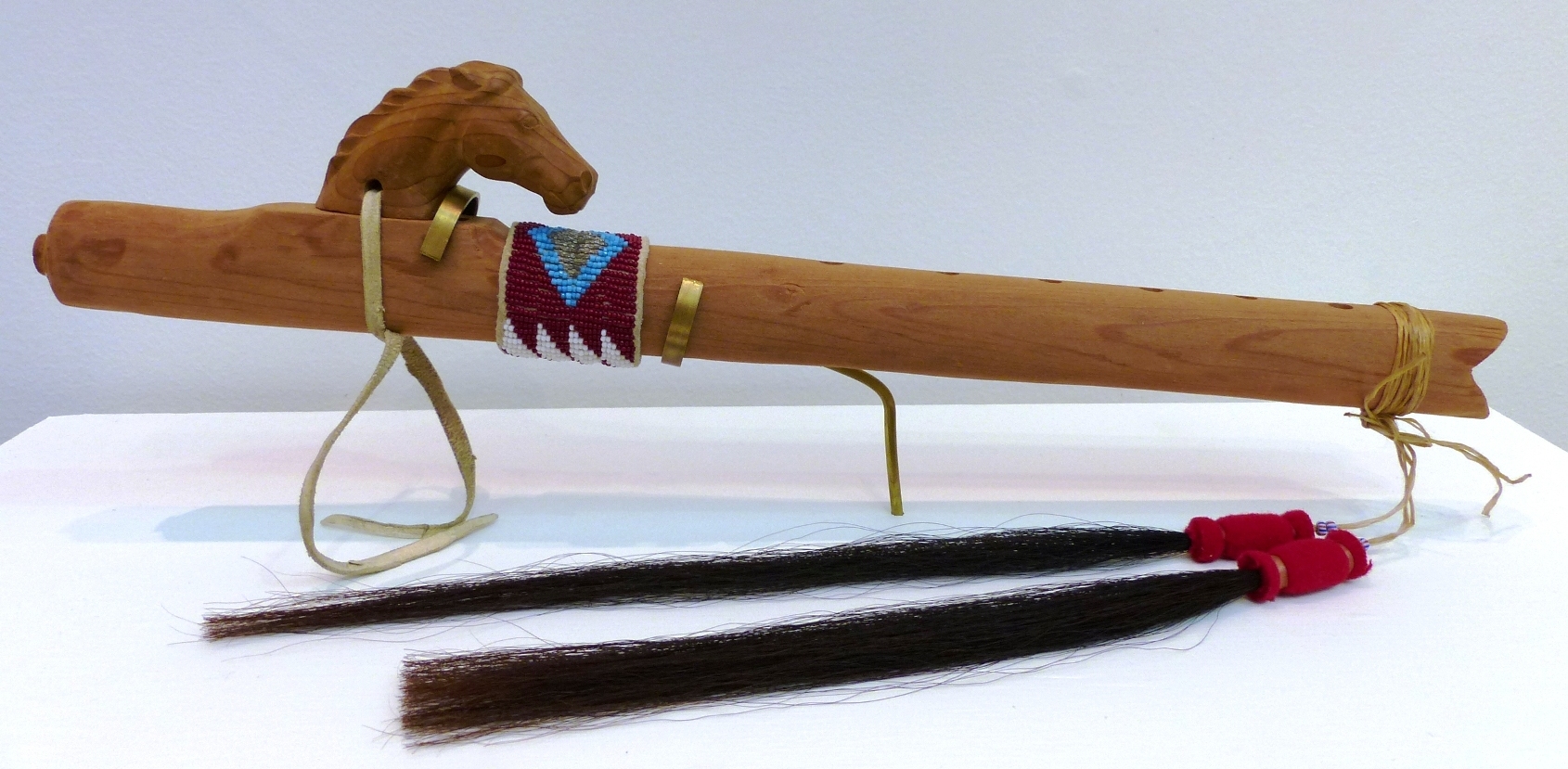
Connecticut Native American Arts
…artifacts collected by the family. The Mashantucket Pequot Museum offers archaeological, historical, and cultural programming and educational activities such as the construction of a traditional dugout canoe (called nookumuhs, grandmother)…
Read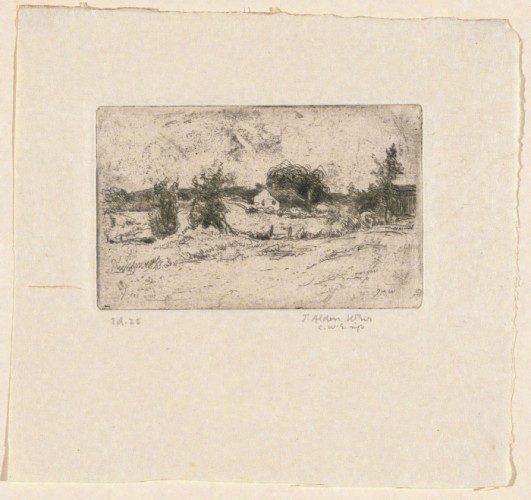
Weir Farm the Result of a Trade – Who Knew?
…that Weir Farm located in Ridgefield and Wilton, Connecticut resulted from the trade of a painting and ten dollars. Erwin Davis, New York collector and friend to impressionist painter, printmaker,…
Read
Farmington’s Hospital Rock Dates Back to 18th-Century Smallpox Inoculation
Deep within the woods of Rattlesnake Mountain in Farmington are the remains of a late-18th-century smallpox inoculation hospital. A long stone ledge known as Hospital Rock is all that is…
Read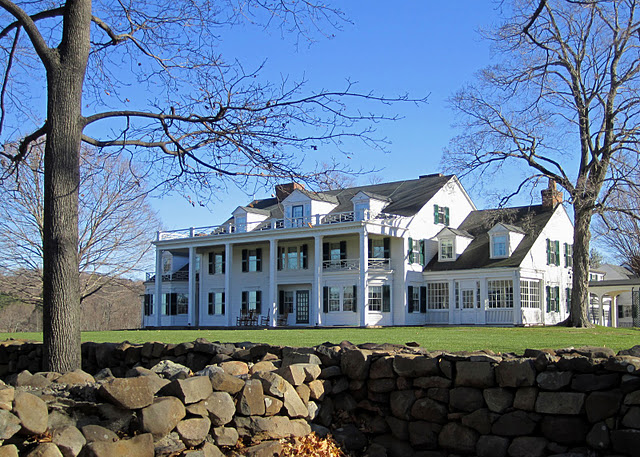
Farmington
…incorporation in 1645 the settler’s renamed the region and its primary river Farmington. In the 1800s, Farmington became known as the “Grand Central Station” of Connecticut’s Underground Railroad. Present-day visitors…
Read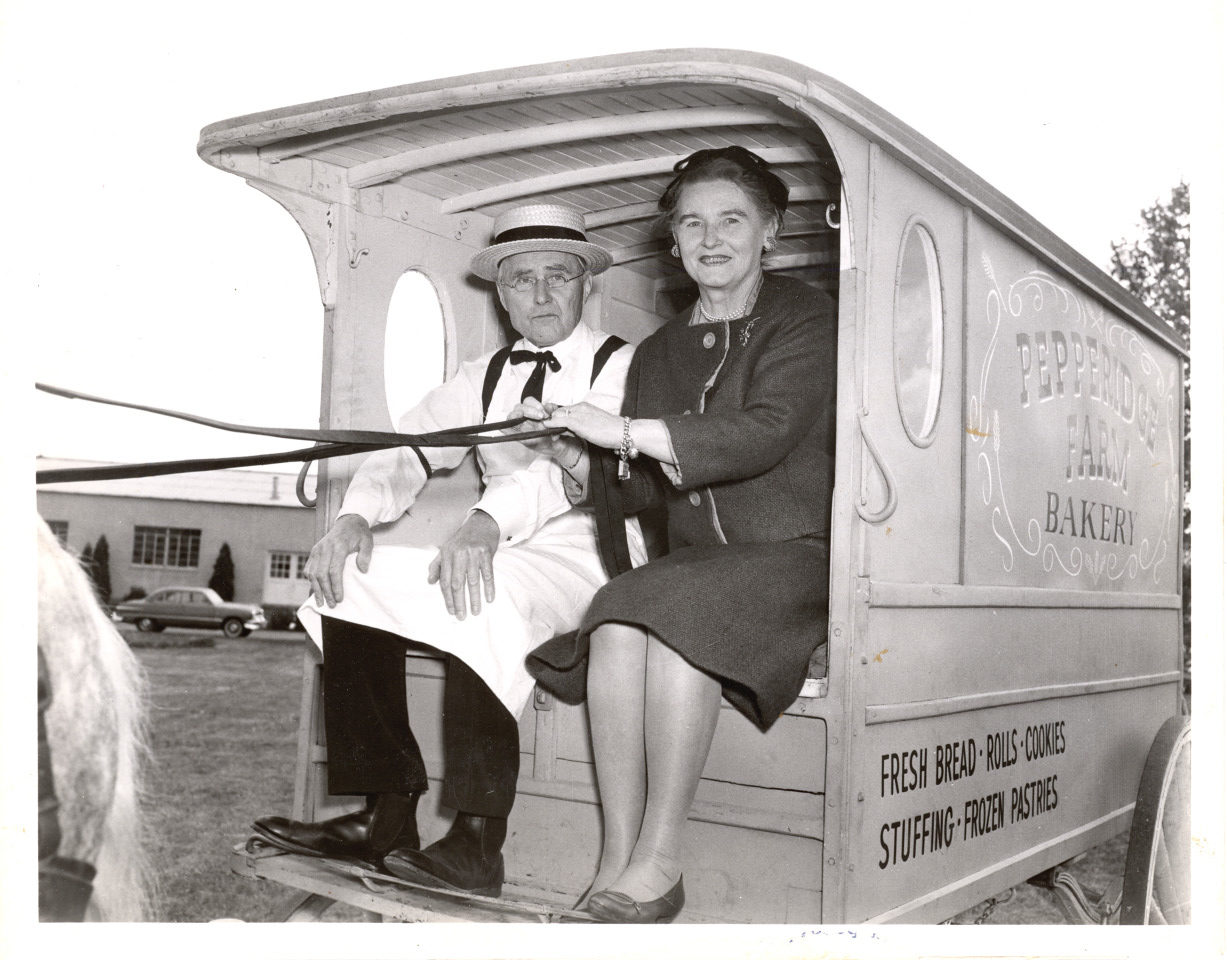
Pepperidge Farm: Healthful Bread Builds a Business
…Pepperidge Farm, and soon found commercial success in the burgeoning “health food” market. Rudkin went on to make Pepperidge Farm a household name, earning international acclaim for her business acumen…
Read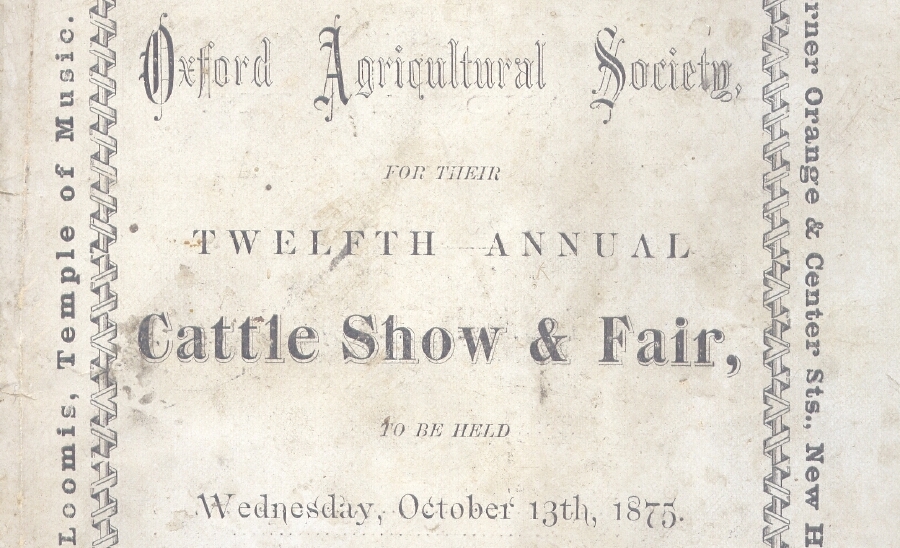
Establishing Roots in Oxford
…left behind thousands of merino sheep that still produced high-quality fleeces. Grange Movement Fosters Solidarity Among Farmers The local farming industry also received a boost from a new emphasis on…
Read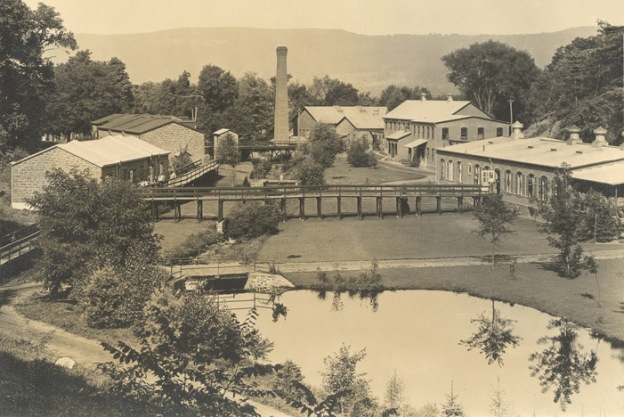
The Steady Evolution of a Connecticut Family Business
…the intersection of today’s Route 185 and East Weatogue Street on Bacon’s farm. The wooden buildings were cobbled together from the farm’s outbuildings. Many Connecticut industries began in barns or…
Read
Connecticut’s Mulberry Craze
…A Hartford nursery sold 300,000 trees in one year. Meanwhile, the Farmers’ Register, a newspaper published in Petersburg, Virginia, reported in its January 1837 issue that one farmer invested $17.50…
Read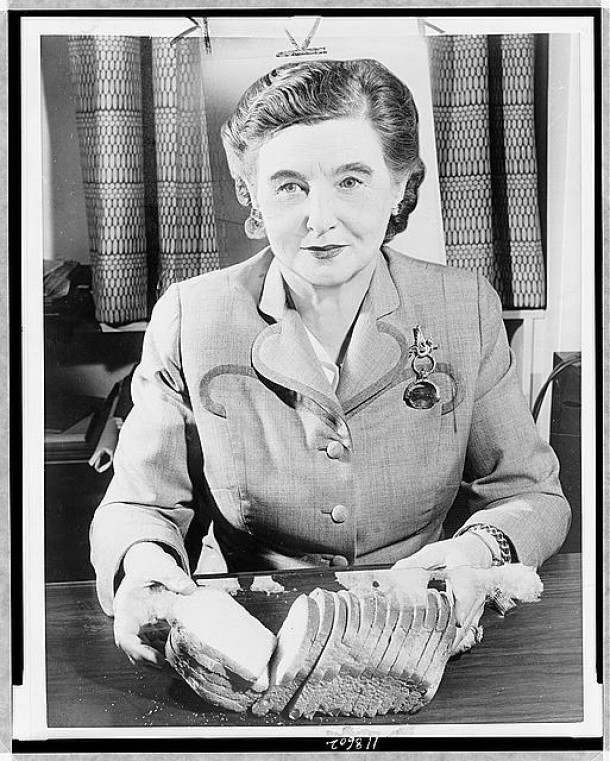
Pepperidge Farm Opens Bakery – Today in History: July 4
On July 4, 1947, Margaret Rudkin of Fairfield opened a modern commercial bakery in Norwalk and gave it the name of her small bakery, Pepperidge Farm. Rudkin had begun baking…
Read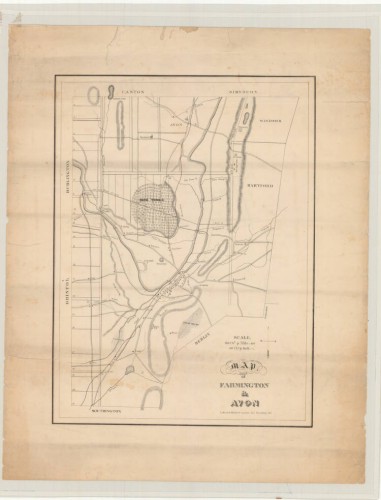
Farmington Canal’s Ground-Breaking – Today in History: July 4
On July 4, 1825, the ground-breaking ceremonies for the Farmington Canal took place at Salmon Brook village in Granby. Governor Oliver Wolcott gave the day’s address to the 2,000 to…
Read
Map – Rochambeau’s Camp at Farmington
This map, “Camp à Farmington le 28 Octobre, 13 milles de Barn’s Tavern,” is a page from the manuscript atlas Amérique Campagne 1782. The volume, one in a series, once…
Read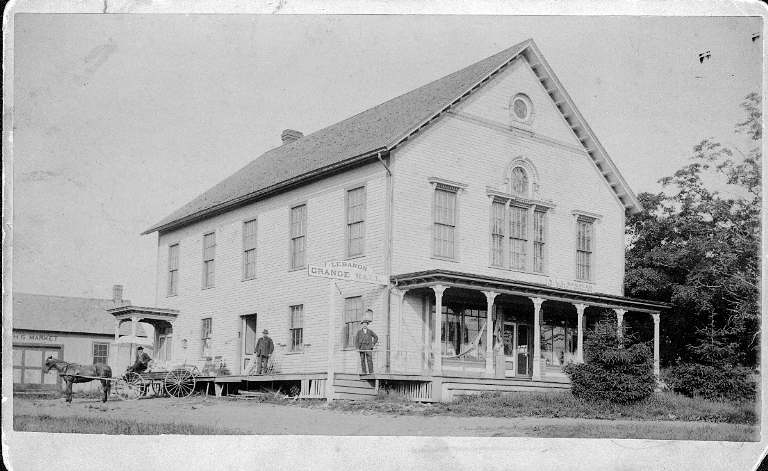
The Lebanon Grange Followed a Different Tune than National Movement
…included reports from local farmers on experiments they conducted with livestock or crops. In addition to providing a forum where area farmers could share practical, hands-on knowledge originating within the…
Read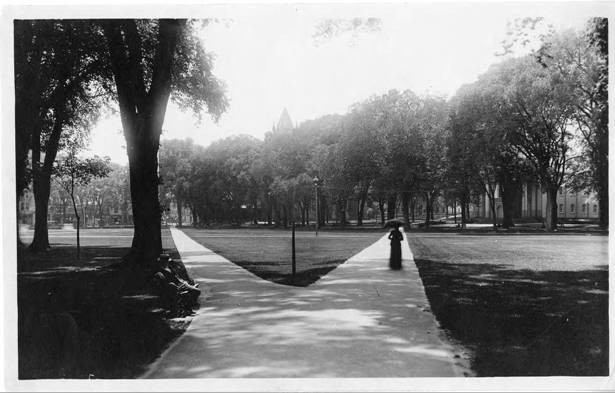
The Connecticut Town Green
…Around the time of incorporation in 1700, Lebanon resident Joseph Trumbull (father of Colonial governor Jonathan Trumbull Sr.) introduced livestock farming to the town. Thus began Lebanon’s long farming history….
Read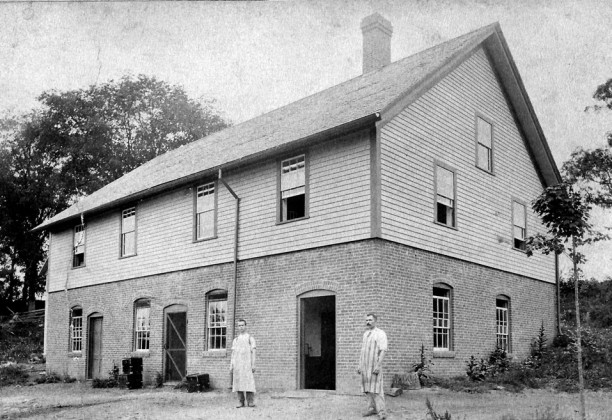
Andover’s Award-Winning Creamery
…farmers produced their own butter on individual farms, the Andover Creamery Corporation allowed small producers to make butter more efficiently and distribute their product to a broader consumer base by…
Read
Connecticut Transforms Aaron Draper Shattuck
…before having six children. Enamored with Farmington River Life When Shattuck fell in love with the Farmington River Valley, he bought a 28-acre farm in Granby—then known as a cattle…
Read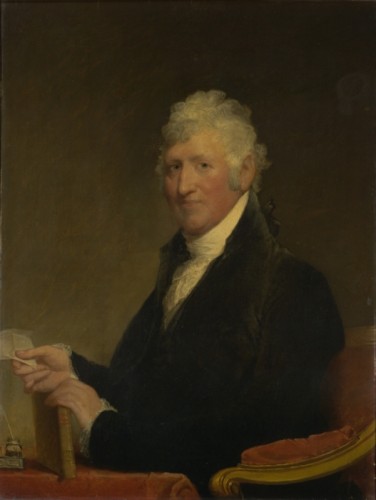
David Humphreys, Soldier, Statesman, and Agricultural Innovator
…Derby, farmers came from far and near, and Humphrey sold the sheep to interested parties for $100 each (less than it cost him to buy them). Farmers cross-bred these superior…
Read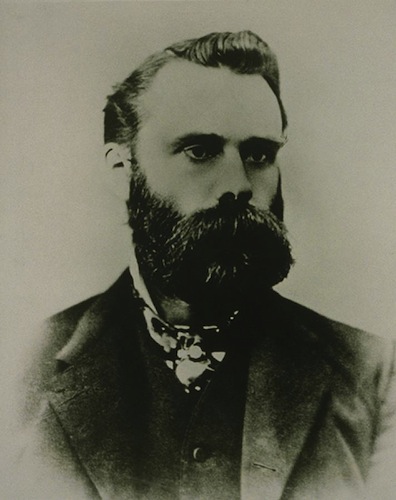
Humble Beginnings of the Dow Jones: How a Sterling Farmer Became the Toast of Wall Street
…Average became one of the most iconic institutions in the history of high finance. Charles Dow was born into a family of farmers in Sterling, Connecticut, on November 6, 1851….
Read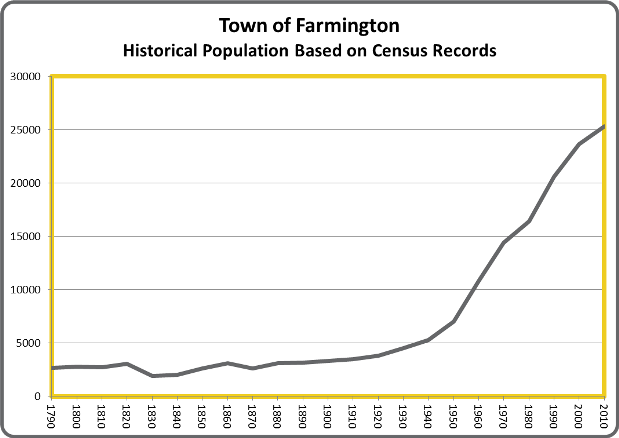
Over Time: Farmington’s Historical Population
Town: Farmington Incorporated: December, 1645 Connecticut is currently divided into 169 “towns” with distinct geographical boundaries. These boundaries changed as parishes were set off from larger town-tracts, and the towns…
Read
Connecticut and the West Indies: Sugar Spurs Trans-Atlantic Trade
…trade with England had all but disappeared. Farmers sought markets for their products from field and forest so they could purchase English cloth, tools, and other essential domestic goods. Because…
Read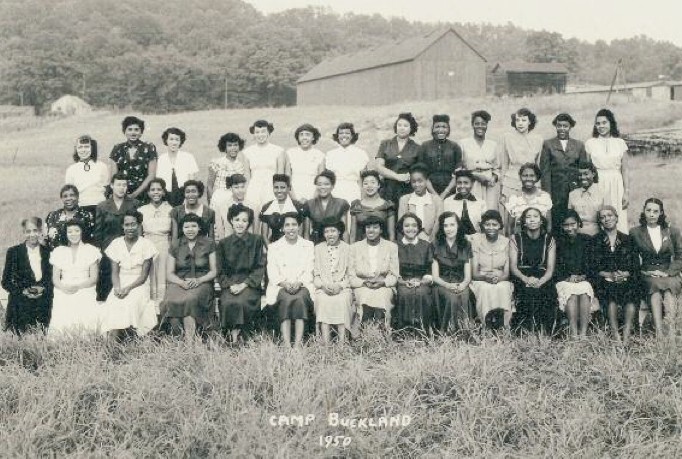
Laboring in the Shade
…farmers, who ended up selling out to larger growers. Still, by 1910 shade tobacco was well established in Connecticut, with hundreds of farmers cultivating it. Cultivating Tobacco in Connecticut Connecticut…
Read
“Gentleman’s Farming” Comes to Waterford
…is a well-preserved example of a 19th-century “gentleman’s farm”—property traditionally used as a country vacation home for upper-class urbanites. With representation from the Federal, Gothic Revival, and Colonial Revival styles,…
Read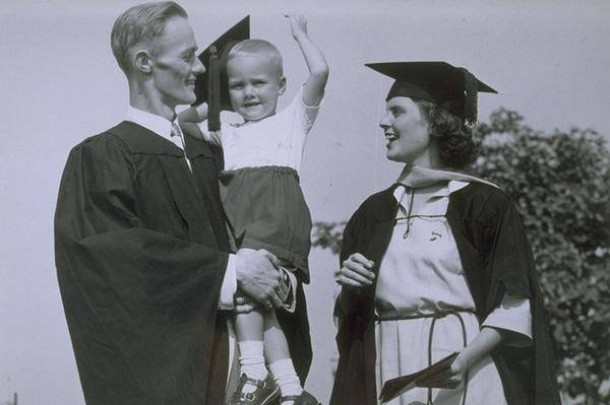
UConn and the Evolution of a Public University
…of farming. This curricular focus stood in contrast to the classical education offered by established elite private institutions such as Yale, Wesleyan, and Trinity. Gifts of land and money from…
Read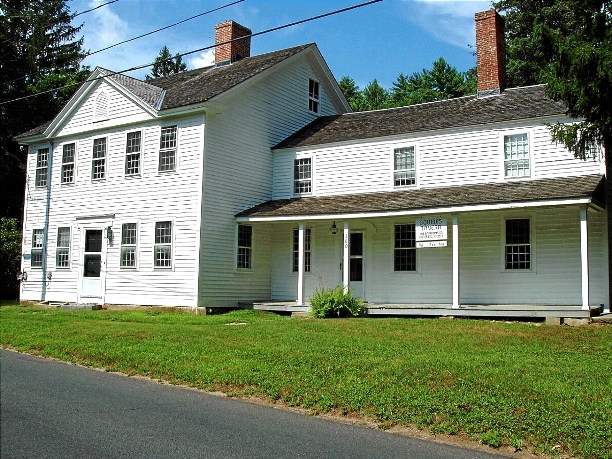
Providing Rest for the Weary in Barkhamsted
…on the family farm charged and killed Johann Ullman, one week after goring and hospitalizing his granddaughter. Oswald continued to operate the farm until 1929 when he sold it to…
Read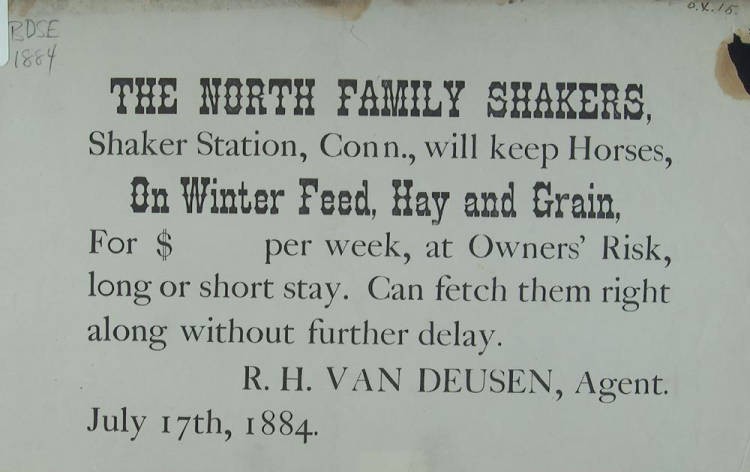
Enfield’s Shaker Legacy
…and more than once they called in a loan when they knew the farmer could not pay, thus taking possession of a farm to expand the size of the Shaker…
Read
Thomas W. Nason, the Poet Engraver of New England
…including Modernism, while working from his studio on Joshuatown Road. A Self-taught Perfectionist Born in 1889 and raised on a farm in Billerica, Massachusetts, Thomas Nason served in the Army…
Read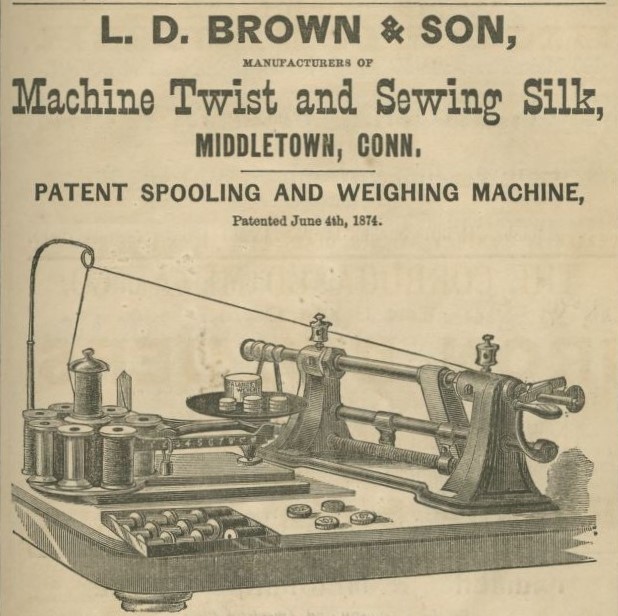
L.D. Brown and Son Silk Mill: A Staple in Middletown’s South Farms District
…Brown’s family made a living through farming, an endeavor he assumed for the first part of his life. Brown moved to Mansfield in 1837, where he later became involved in…
Read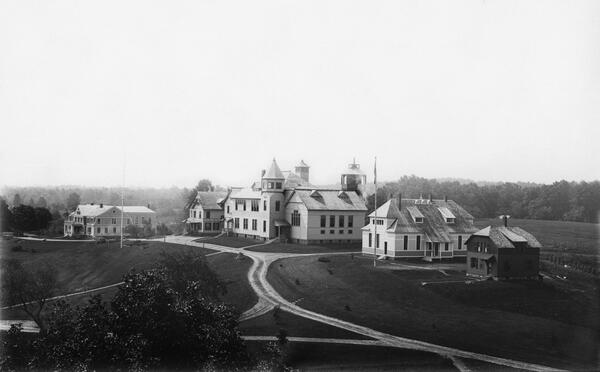
The Yale-Storrs Controversy
…Connecticut’s farmers. The Connecticut State Grange, a branch of the National Grange of the Order of Patrons of Husbandry, was a statewide association of farmers and a powerful pro-farming lobby….
Read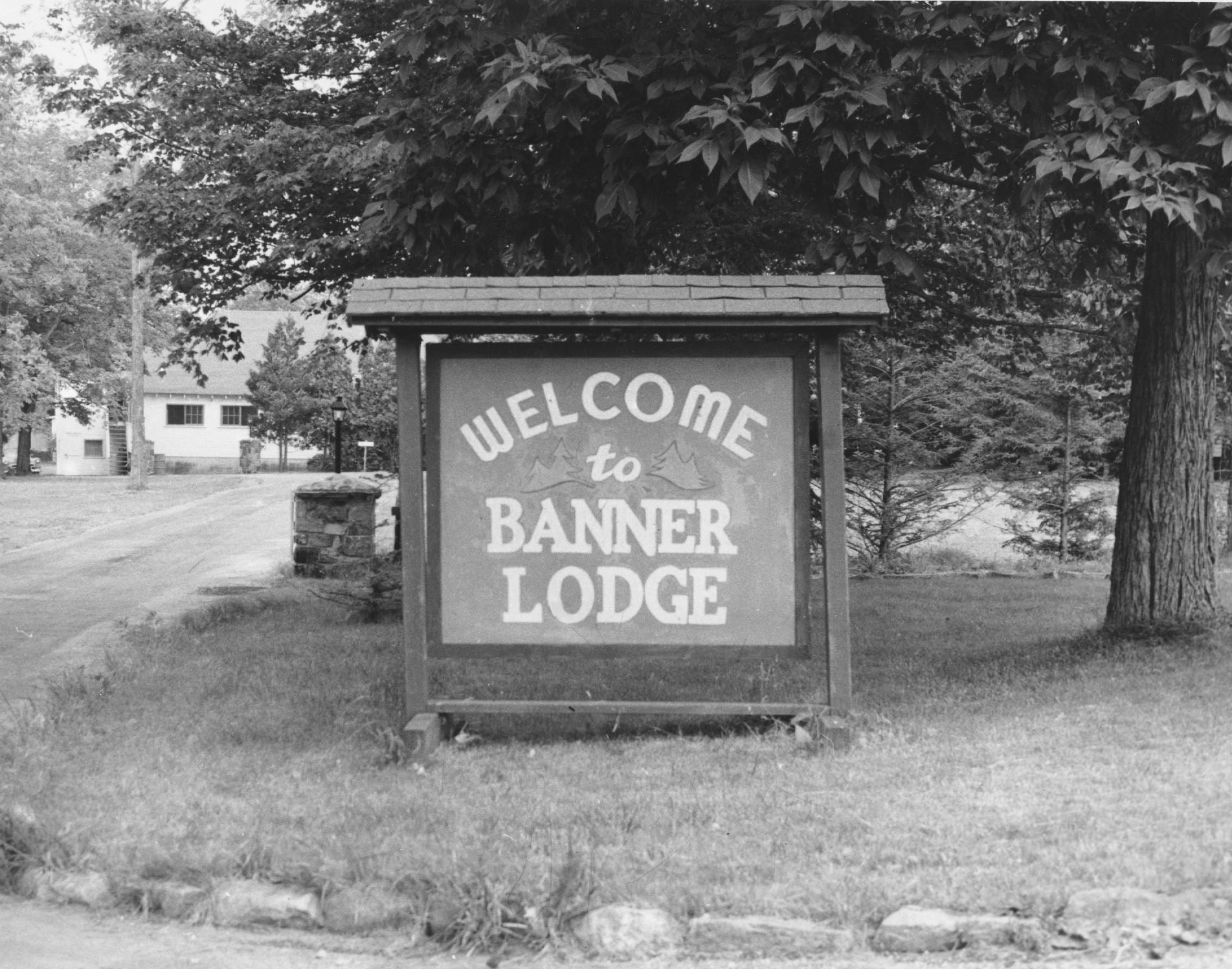
Banner Lodge: A Vacation Playground for an Excluded Population
…acquiring the farm, Banner and his son Jack began welcoming vacationers there, much as Sunny Field Farm catered to vacationers in Farmington—but this time, Jews were not excluded. The Banners…
Read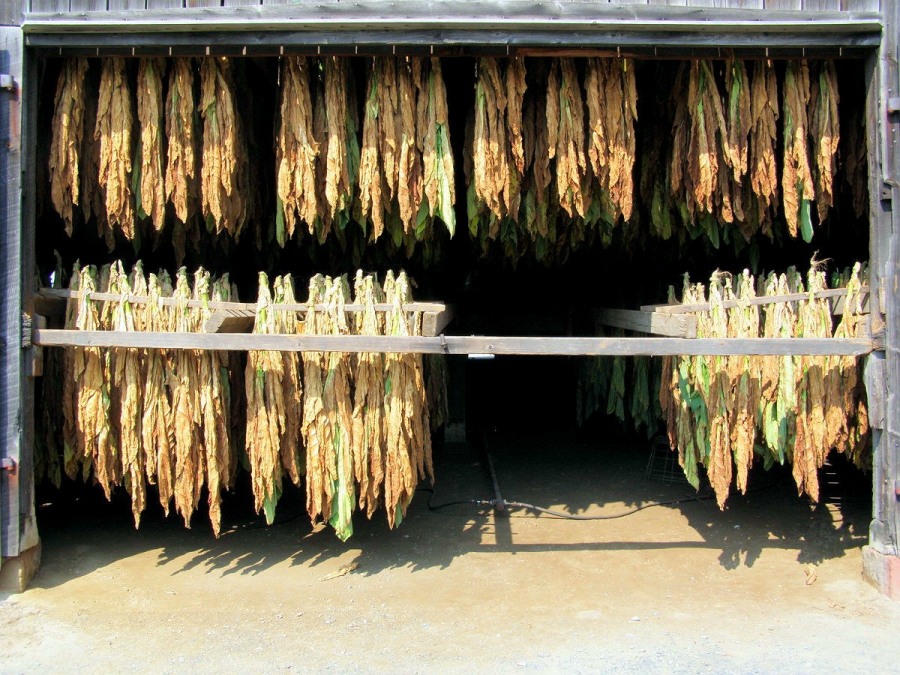
Agriculture
…Farmland acreage and the number of farms in the state steadily declined well into the 21st century, with recent tallies showing fewer than 5,000 farms. There is, however, a renewed…
Read
Connecticut and American Impressionism
…well-worked farmlands, and old-fashioned gardens. Budding American Impressionists, keenly aware from their city life of the onrush of modernity, may have appreciated an intimate countryside even more than their predecessors,…
Read
John Howard Hale: Glastonbury’s Peach King
By Nancy Finlay Europeans first introduced peaches to America in the 17th century and the fruit quickly flourished in the Southern and Mid-Atlantic colonies. Although New England farmers sometimes planted…
Read
Julian Alden Weir: The “Heart” of American Impressionism
…purchased a farm in bucolic Branchville. Weir’s brother John called the sprawling homestead of over 150 acres “a pleasant place for retreat.” The pastoral farm, along with another in the…
Read
Jacques and Therese Makowsky and the Development of the Cornish Game Hen
…a farm in Pomfret, Connecticut, in 1948 and named it Idle Wild Farm. They began raising guinea hens, and game birds such as wild turkeys, wild ducks, and pheasants. Following…
Read
The Decorative Arts of Connecticut
…During the colonial period, Connecticut families built farming settlements in the wilderness connected to central villages located along major rivers and coastal ports. Many of these homes, especially inland, were…
Read
The Cheney Brothers’ Rise in the Silk Industry
By Patrick Skahill To be properly cultivated, silk depends on one thing: the silkworm. And silkworms depend on one food source: mulberry trees. Since the 1770s, New England farmers had…
Read
David Bushnell and his Revolutionary Submarine
…necessity, and left the farm to David and his younger brother, Ezra. David sold his half of the farm to Ezra and studied to enter Yale College. Although 31-year-old David…
Read
Playing with Time: The Introduction of Daylight Saving Time in Connecticut
…on, perhaps because in agricultural communities—and most communities in America at that time were agricultural communities—clock time had little meaning. Farmers regulated their lives by the rising and setting of…
Read
Wesleyan Hills Helps Redefine Suburbia
…and farmhouse. Hill Development refurbished the farmhouse and barns, maintaining the distinctive features, character, and charm of the original structures. James Lash, the first president of Wesleyan Hills, discussed his…
Read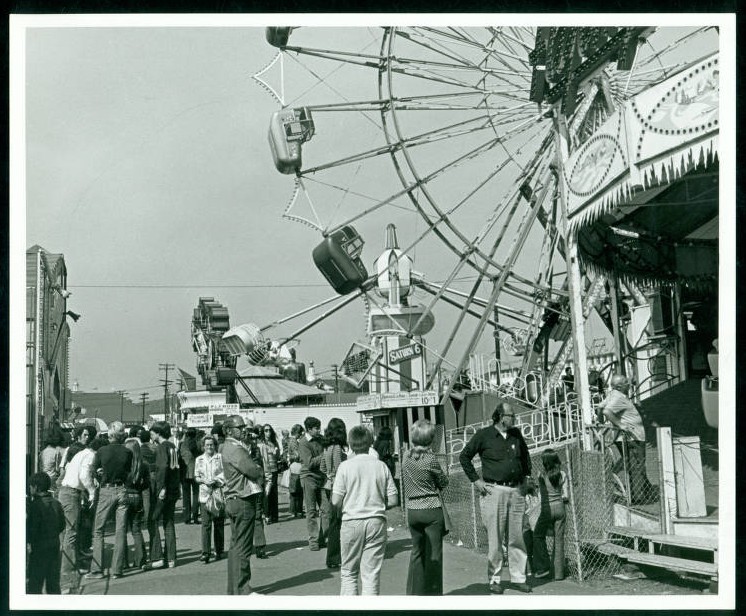
The Danbury Fair, 1869-1981
…the midway. Leahy understood the changing times. In the mid-20th century, as farming dwindled as a livelihood and manufacturing rose, Leahy allowed families and individuals, and not just professional farmers,…
Read
The First University of Connecticut Trustees
…of UConn’s trustees were closely connected to agriculture and the state’s farming community. Most were farmers or agronomists in their own right; others sold agricultural supplies or represented nearby communities….
Read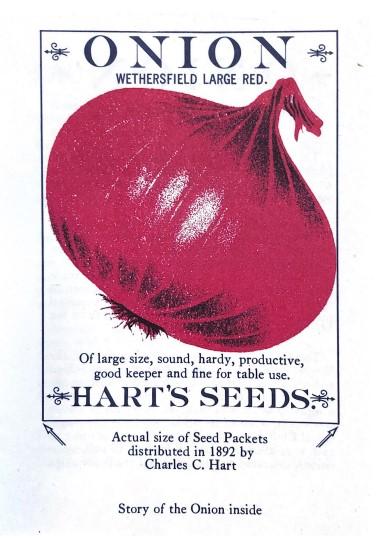
Oniontown: How Hard Work, Tall Tales, and Red Onions Built Wethersfield
…primarily founded as a commercial society (rather than a religious one). Located in the Connecticut River Valley, its rich soil was perfect for the growth of red onions. Farmers grew…
Read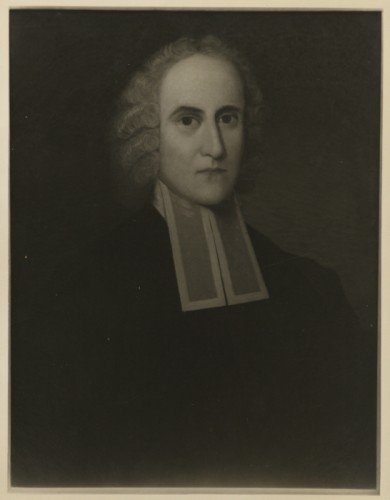
Connecticut Origins Shape New Light Luminary Jonathan Edwards
…Years in Connecticut Though most of his mature life was spent in Massachusetts, Edwards was a Connecticut native. He was born on October 5, 1703, in Windsor Farms (present day…
Read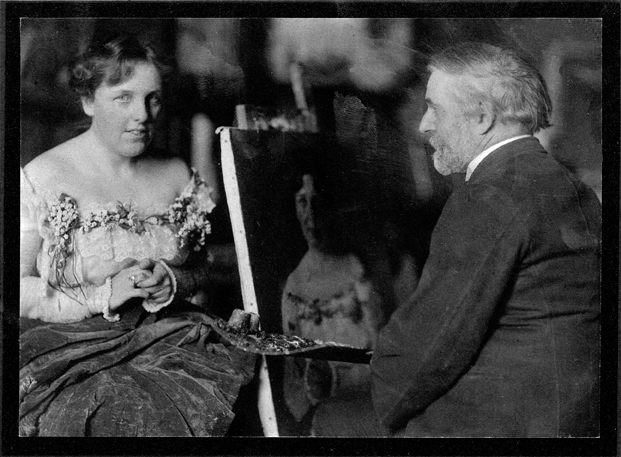
Theodate Pope Riddle: Connecticut’s Pioneering Woman Architect
…art collector who doted on his headstrong, determined daughter. Theodate attended Miss Mittelberger’s School for Girls in Cleveland, followed by two years at Miss Porter’s School in Farmington, Connecticut. Despite…
Read
The Connecticut Houses that Ended Up in Massachusetts
By Emma Wiley In the 1930s, the Wells Historical Museum—founded by Albert B. Wells, along with his brothers Channing M. and J. Cheney Wells—purchased a farm in Sturbridge, Massachusetts to…
Read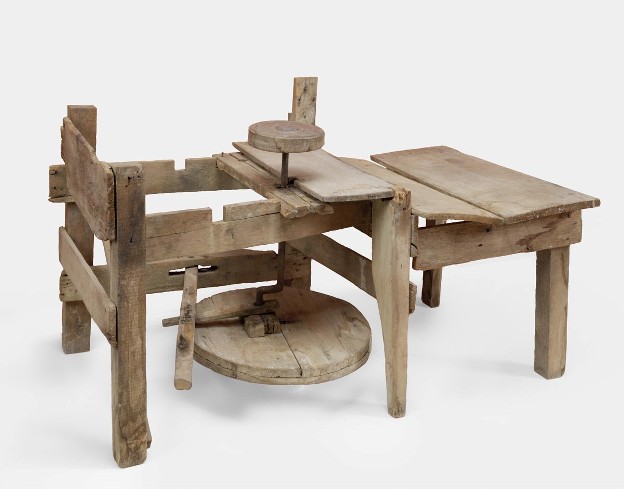
Hervey Brooks’s 19th-Century Pottery Barn
Hervey Brooks was an American potter and farmer who made red earthenware domestic products in Goshen for more than half a century. Brooks’s goods, now valuable antiques, served an important…
Read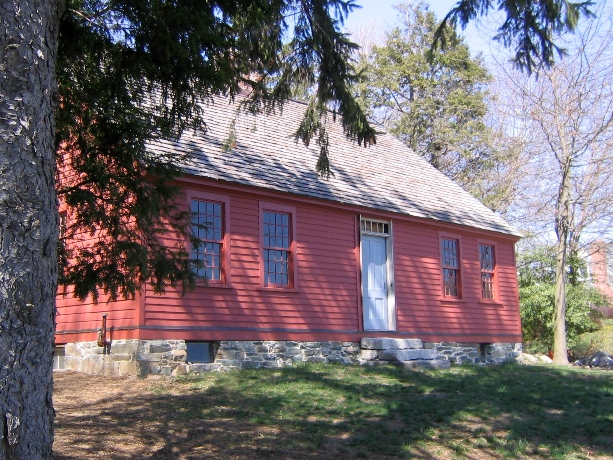
The Bryan-Andrew House: Still Standing After All These Years
…Fairlea Farms, a dairy enterprise, and the company used the building to house several of its employees. Thirty years later, developers subdivided the farm and the home began a transition…
Read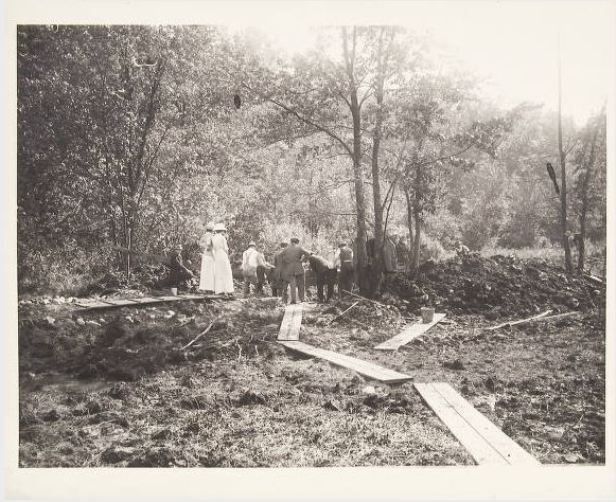
Mastodon Bones Unearthed – Today in History: August 13
On August 13, 1913, workmen unearthed the skeleton of a mastodon, in Farmington, while digging a trench on Alfred A. Pope’s farm and country estate, Hill-Stead. (Pope, age 71, had…
Read
Actress Gwen Reed Best Remembered for Dedication to Childhood Literacy
…fields. Gwen soon joined her mother in the fields, and the two traveled from farm to farm picking crops wherever they found work. With little time for formal education, Gwen…
Read
Hidden Nearby: The Morris Academy
…The Academy was the brainchild of James Morris III, who was born on January 19, 1752, in South Farms (which, in 1859, was renamed Morris in his honor). Morris’ father…
Read
Sherman
…body of water, which engulfed the southern portion of Sherman’s farm land. Today, many of the remaining farms are protected by the Naromi Land Trust; they and other area farms…
Read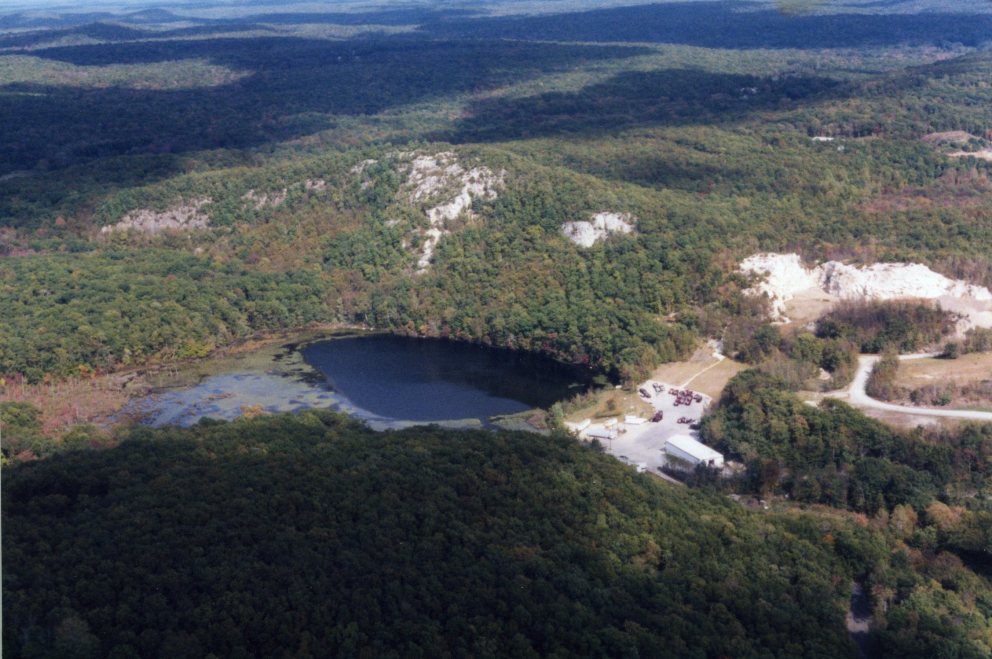
Breaking the Myth of the Unmanaged Landscape
…cultivated this land. Yet within the past 100 years, just beyond the reach of living memory, there existed on this rugged slope a farm, complete with gardens, fields, and pasture…
Read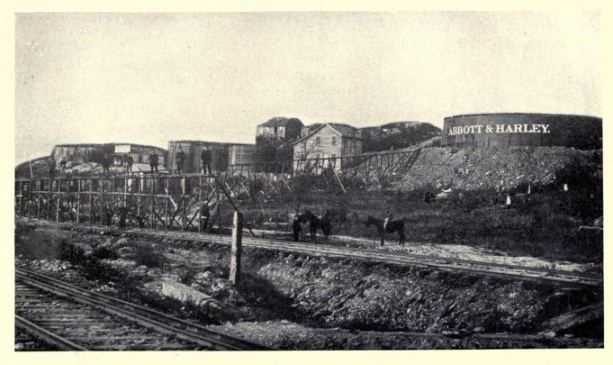
William Hawkins Abbott Finds the Energy to Power the Northeast
…born into a farming family. Throughout much of his childhood, Abbott attended school during the winter months and spent the remainder of the year farming. At the age of 18,…
Read
Stevan Dohanos Captures Connecticut Life
…farming and build the stone walls. It is a work perhaps inspired by Dohanos’s own roots in the farming community. Stevan Dohanos Puts His Stamp on Popular Culture For 15…
Read
Pope Park – Yesterday and Today
…donated (what eventually grew to) 90.5 acres to the City of Hartford for a park. Pope originally purchased Bartholomew Farm close to his business complex to expand his factories and…
Read
Israel Putnam: A Youthful Trailblazer Turned Colonial Militiaman
…and expanding his holdings through the arduous labors associated with farming and raising livestock. Putnam’s Cave or Wolf Den. Drawing by John Warner Barber, ca. 1835. The story of Putnam…
Read
Cornfield Point: Old Saybrook’s Forgotten Scenic Alcove
…Soldiers guarded the grounds as they farmed corn on the land to feed the local population. LV-51 Cornfield Point – Coast Guard Historian’s Office The farmland at Cornfield Point changed…
Read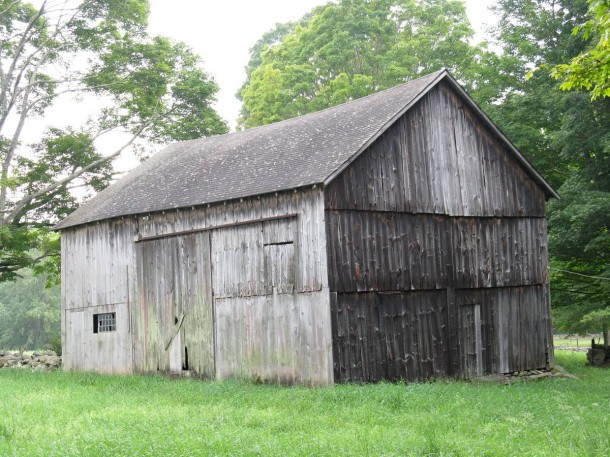
Barn Design in Connecticut
By Holly V. Izard Farms of the past were agricultural complexes: a house, a barn or two, perhaps an outbuilding such as a corn crib or detached woodshed, and maybe…
Read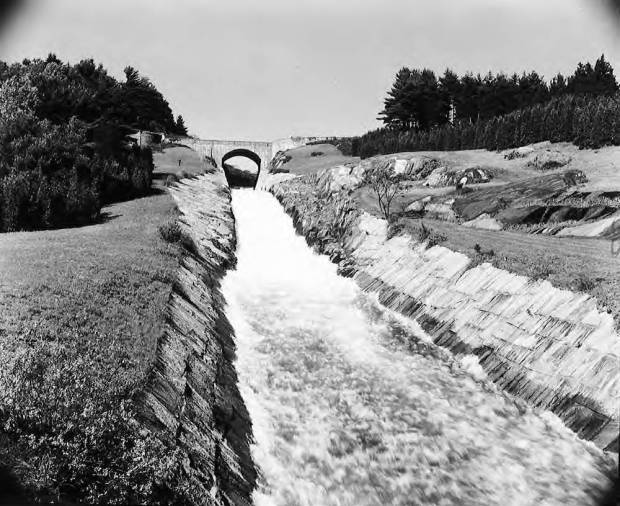
Barkhamsted Reservoir Construction Washes Away a Community
…border. In order to accommodate this massive body of water, the Metropolitan District Commission (MDC), which oversaw the reservoir’s construction, cleared numerous acres of trees and farmland, redirected highways, and…
Read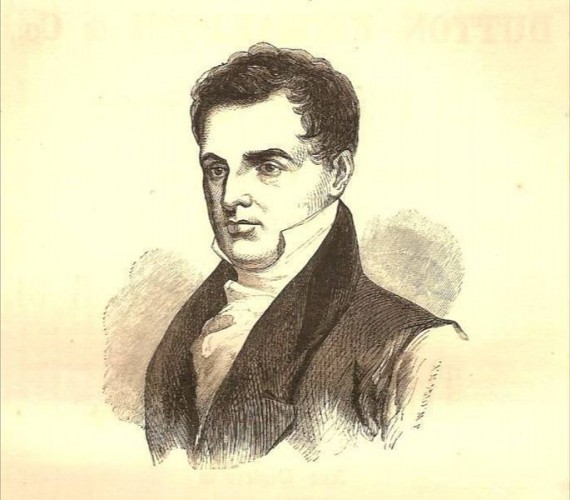
Medical Pioneer Eli Todd born – Today in History: July 22
…work houses, and imposing heavy taxes on domestic and imported liquor. In 1842 the Washington Society of Farmington was formed, of which Todd was a member. The members practiced total…
Read
World-renowned Maker of Axes: The Collins Company of Canton
…Collins & Company factory opened in 1826 with the purchase of an old gristmill and a few acres of land along the Farmington River in Canton. The company started small…
Read
Avon
…then Northington, as part of Farmington in 1645. The Farmington Canal’s opening in 1828 brought new business to the village, which sat where the canal intersected the Talcott Mountain Turnpike…
Read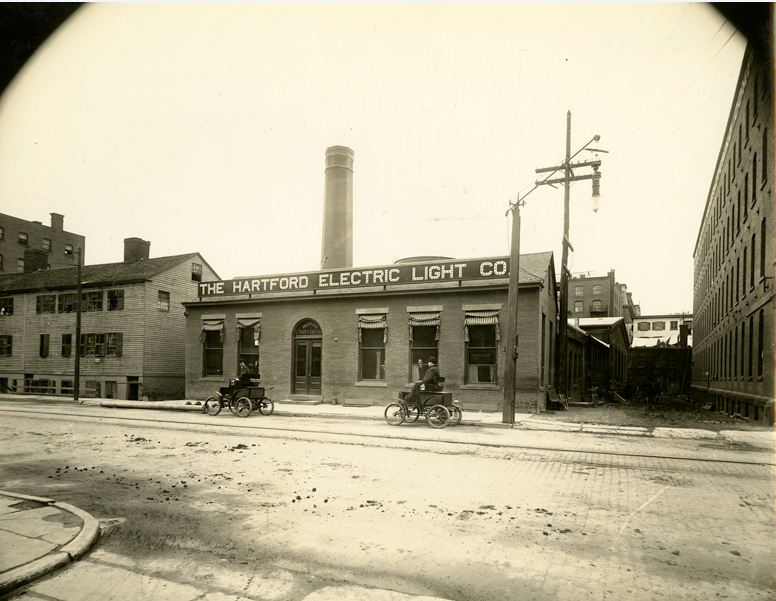
Let There Be Light: An Early History of the Hartford Electric Light Company
…last gas streetlight. Growth of the company was rapid and increased customer usage demanded a new means of producing power. Edward Clinton Terry (grandson of Eli Terry) founded the Farmington…
Read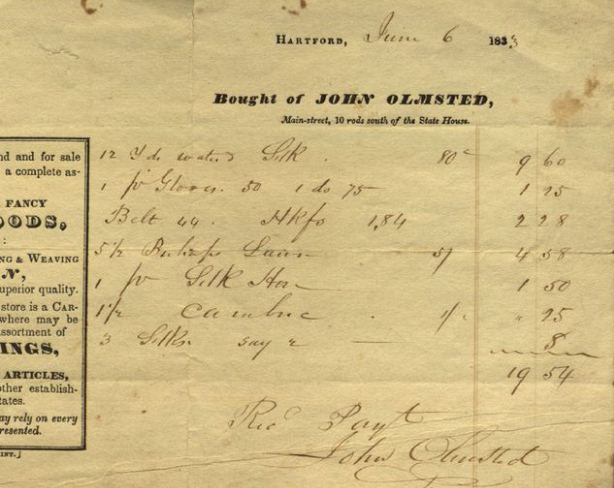
An Inconvenient Season: Charlotte Cowles’s Letters from December 1839
By Barbara Austen Today we do not think of Farmington and Hartford being distant from each other, but in 1839 it was a journey not to be taken lightly. That…
Read
The Connecticut River
…navigation and extension of trading routes but also for the fertile hunting and farming lands it provided. These forebears of contemporary tribes left behind artifacts researchers are still finding today—some…
Read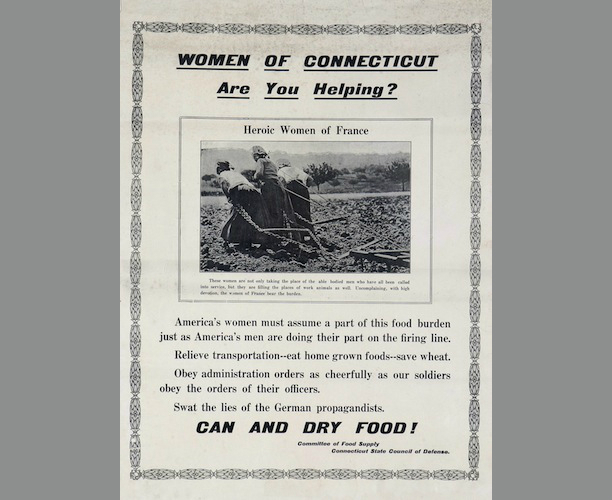
Food Needed to Win the War Comes from Washington
…provisions. In March 1918, to offset the local scarcity of farm implements and counter their inflated prices, the Litchfield County Farm Bureau auctioned off used tools, wagons, and machinery for…
Read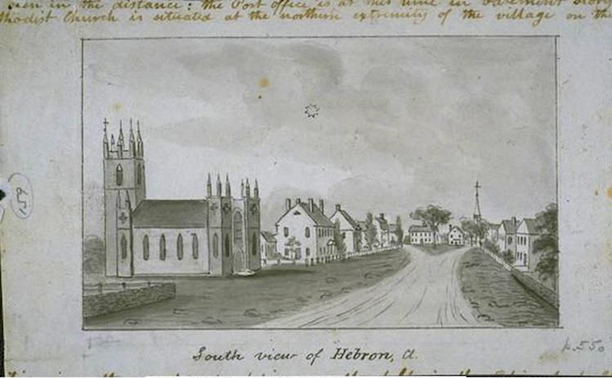
Changing Sentiments on Slavery in Colonial Hebron
…state. Officials summarily turned out Cesar and Lowis from Peters’s land and rented the farm to white tenants. Despite Cesar’s skillful operation of the farm, no members of white Hebron…
Read
Map – Connecticut Landmarks of the Constitution
…The National Register lists: 41. Cornwall: Red Mountain Shelter 42. East Lyme: Rocky Neck Pavilion 43. Farmington: Shade Swamp Shelter 44. Hamden: Sleeping Giant Tower 45. Hartland: Tunxis Forest Ski…
Read
Collis P. Huntington: The Boy from Poverty Hollow
…in the early years of the 19th century, William H. Huntington had a 30-acre farm, and he lived with his wife Elizabeth Vincent Huntington and their nine children (three sons…
Read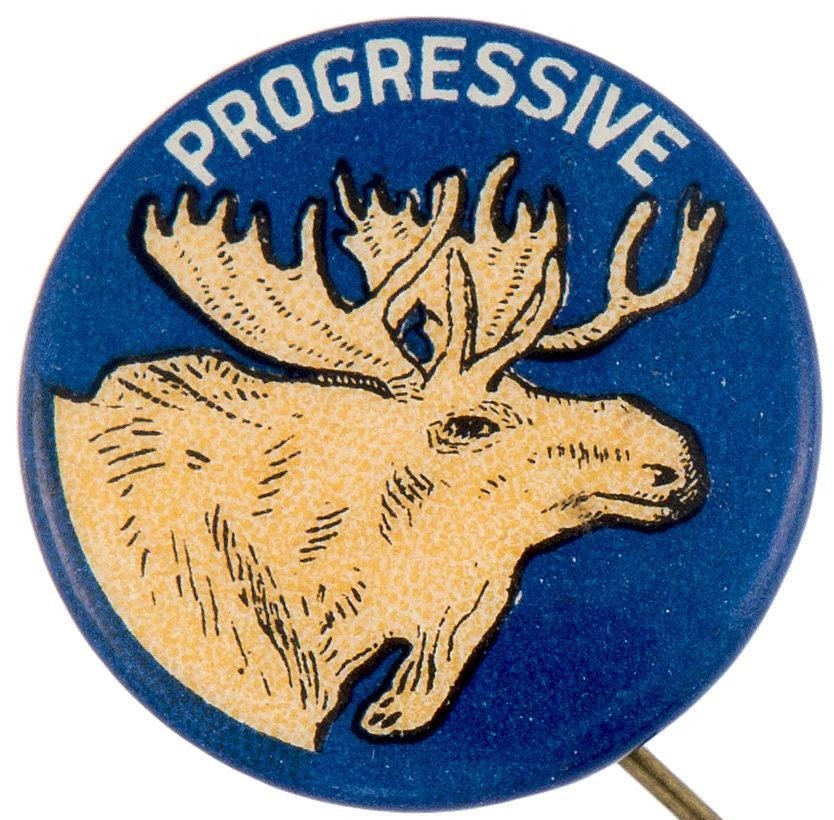
The Bull Moose Party in Connecticut
…and where he was a frequent visitor at his sister’s home in Farmington. Herbert Knox Smith, another Farmington resident, resigned as United States Commissioner of Corporations to manage Roosevelt’s campaign…
Read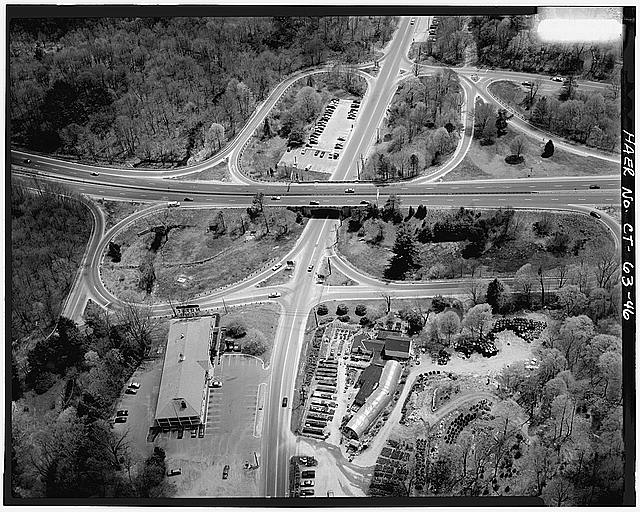
Overland Travel in Connecticut, from Footpaths to Interstates
…shores, indigenous groups had long made their living by hunting, fishing, gathering wild plants, and farming maize, squash, and tobacco. Transportation played an important role in the semi-nomadic life of…
Read
Oystering in Connecticut, from Colonial Times to the 21st Century
…and, for Connecticut, oyster farming accounted for its lead in aquaculture production in the Northeast. In the process of oyster farming, very young oysters are spawned in a land-based or…
Read
Igor Sikorsky and his Flying Machines
…to a Chicken Farm on Long Island Igor Sikorsky was born in Kiev, Russia (which is now part of the Ukraine), and as a young man studied engineering in Paris…
Read
Rivers of Outrage
…as their millponds filled up with sewage. Farm fields were fouled when rivers flooded, and cattle developed rashes after wading into polluted streams. Odors carried far downstream, crossing town boundaries….
Read
George Griffin: “Devoted Friend” to Samuel Clemens
…at the Clemens home on Farmington Avenue to wash windows. This fateful decision led him to spend over 17 years as butler and friend to the family. Life on Farmington…
Read
Bridgewater
…among the town’s enterprises. Today, the Sunny Valley Preserve, a 1,850-acre network of wetlands, meadows, woods, and farmland, honors the town’s agricultural heritage by educating visitors about environmentally compatible farming….
Read
New Hartford
…the “Western Grant” given in 1686 to the proprietors of Hartford and Windsor. Early industry included farms and mills on the abundant waterways. The town is home to a portion…
Read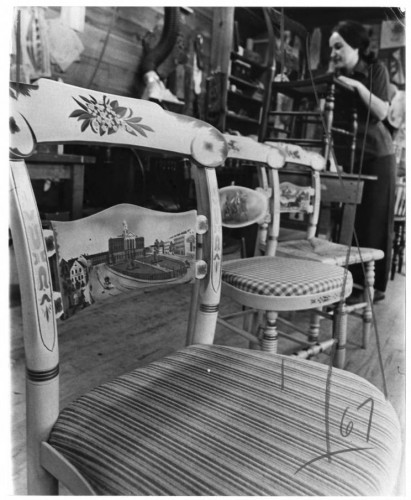
Built on Innovation, Saved by Nostalgia: Hitchcock Chair Company
…studies in 1818, Hitchcock moved to the township of Barkhamsted and opened a store at the Benham-Doolittle sawmill at the fork of the Farmington and Still Rivers. The “some assembly…
Read
Cash Crop: L.B. Haas & Co. and the History of Tobacco in Connecticut
By Ben Gammell for Your Public Media Both small farms and large companies have shaped the history of tobacco production in Connecticut. Native Americans grew tobacco and passed their knowledge…
Read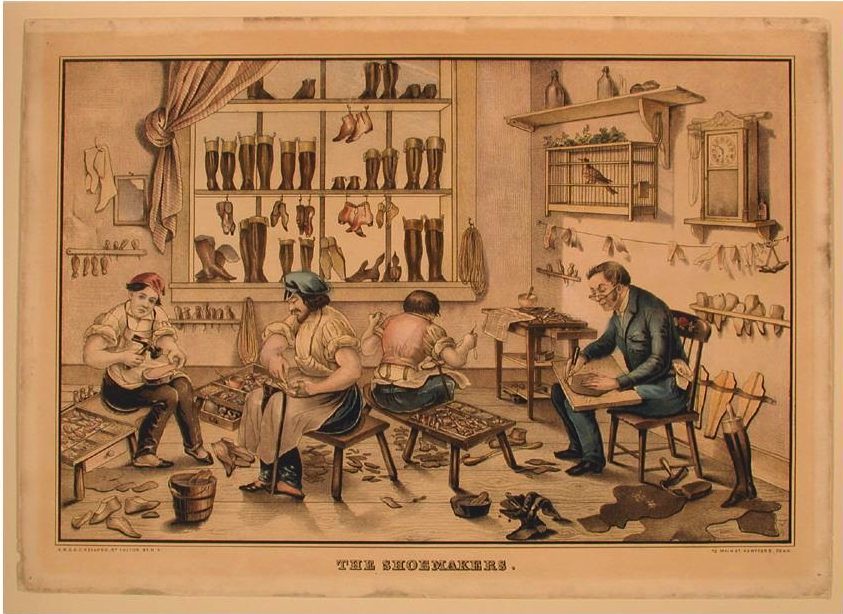
The Sole of New Canaan’s Shoe Industry
…work actually took place in shoe factories. Local farmers often kept shoe-making benches in their homes as a way to earn extra money. Farmers came to factories to obtain the…
Read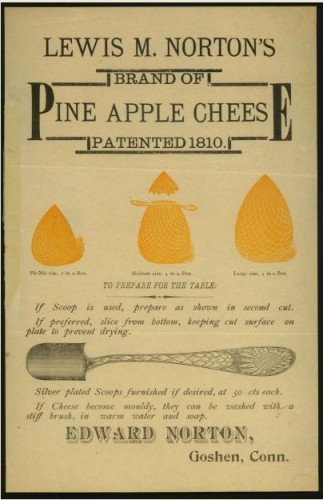
The Story of Pineapple Cheese
By Gregg Mangan On a farm in West Goshen Lewis Norton made one of the more unusual and popular foods of the 19th century. Inspired by a sample of cheese…
Read
Theodate Pope Riddle Dies – Today in History: August 30
…Ada Brooks Pope, Theodate attended Miss Porter’s School in Farmington, Connecticut, during the 1880s, and fell in love with the town and its early American houses. Pope later designed Hill-Stead,…
Read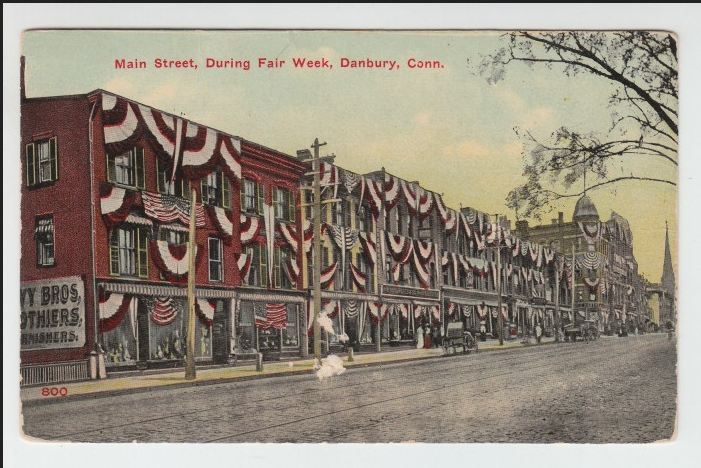
The Great Danbury State Fair & Early 20th-Century Outdoor Advertising
…gave farmers an opportunity to discuss farming methods and showcase the fruits of their labor. Hat manufacturers Rundle & White organized The Danbury Farmers & Manufacturers Society in 1869 and…
Read
One Powerful Family in Bozrah
…Norwich. When local farmers saw the electricity flowing at the cotton mill, they asked Gilman to tie their homes into his line—a request to which Gilman acquiesced. Suddenly, residents who…
Read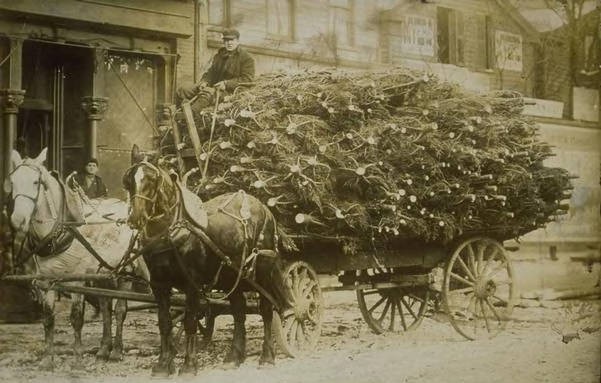
O Christmas Tree!
…had initially supplied spruce trees to the store, that source had been exhausted. Orders now went to farms as far away as Sarasota Springs, New York, and Vermont, where dealers…
Read
Benjamin Dutton Beecher had a Penchant for Invention
…Speeds Grain Processing Prior to the fanning mill, farmers brought harvested grain stalks into barns to be trampled by horses or have sledges (carriages on runners) drawn over them in…
Read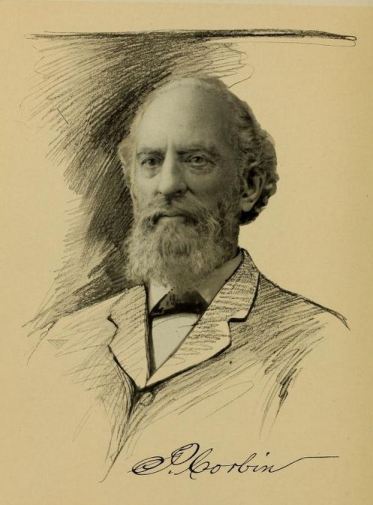
Philip Corbin: Manufacturing A Legacy for New Britain
…farm, were contracted to other farmers, and attended district schools. Corbin attended the West Hartford Academy. At 19, Corbin secured a position in a New Britain hardware factory. Early Work…
Read
Amos Bronson Alcott Changes the Way Connecticut Children Learn
Amos Bronson Alcott was an educator and reformer born in Wolcott, Connecticut, on November 29, 1799. A largely self-taught man, Alcott worked as a farmer and peddler before settling into…
Read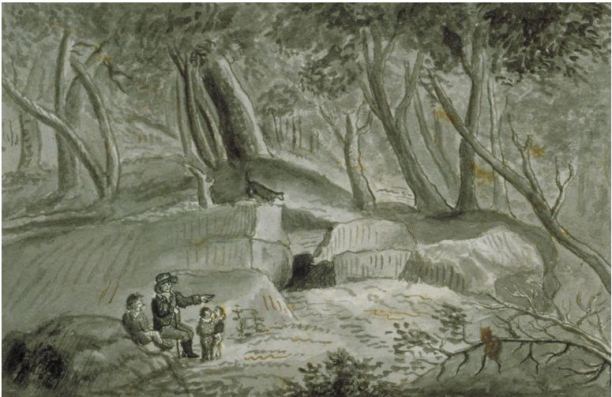
The Last Wolf in Connecticut
…Revolution. Prior to his wartime glory, he earned the nickname “Wolf Putnam” by killing what was believed to be the last wolf in Connecticut when he was a young farmer…
Read
Marian Anderson’s Role in the Civil Rights Movement
…settled on Connecticut and bought an old farm in Danbury in 1940. It was not exactly what they wanted, however, so a few years later Fisher designed a home for…
Read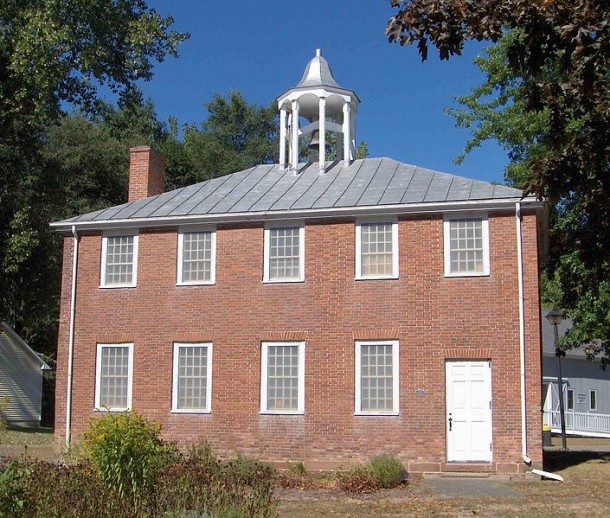
Bloomfield
Bloomfield, in Hartford County, is located in the northern portion of central Connecticut. Its border is formed on the north by the Farmington River and on the west by Talcott…
Read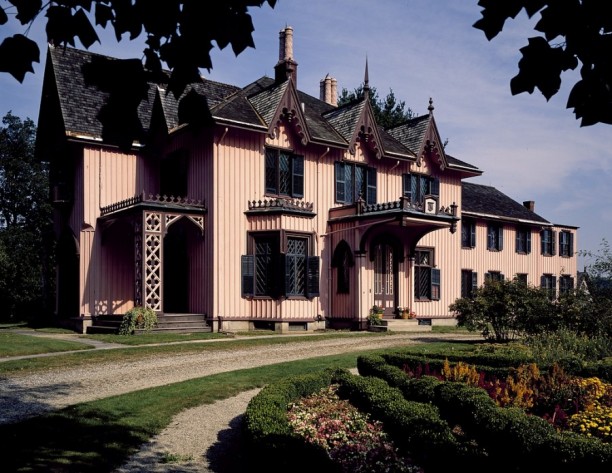
Woodstock
…Connecticut. During the 18th century, it was primarily a farming community. In the 19th century, it developed its share of industry and was known for its shoe factories. By the…
Read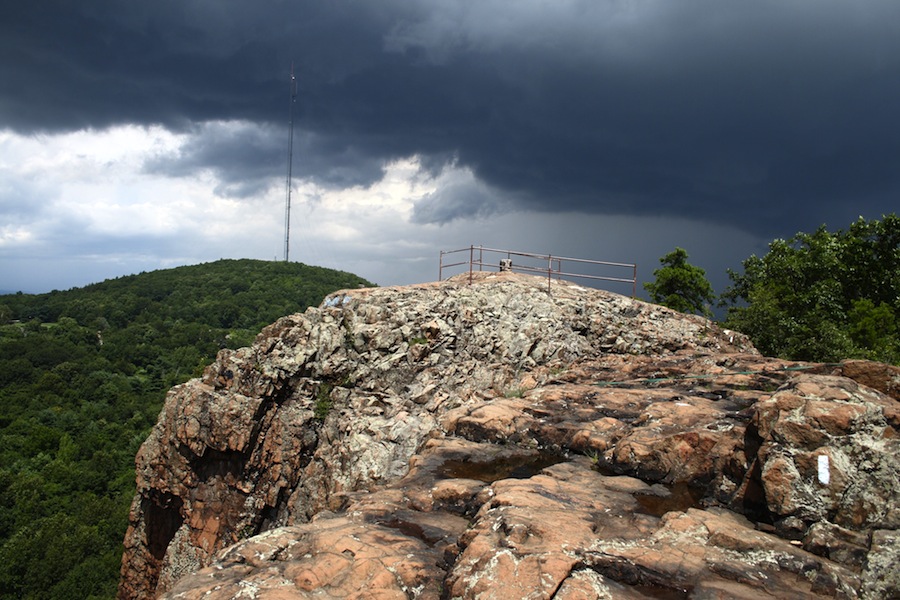
Plainville
Located in southwestern Hartford County, Plainville lies between the Metacomet Ridge’s Bradley Mountain and Pinnacle Rock. A flatland, known in its early settlement as the Great Plain of Farmington, Plainville…
Read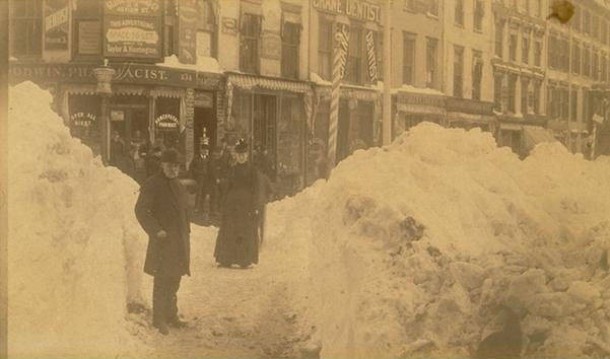
Blizzard of 1888 Devastates State
…published in the Redding Times in 1960, Helen N. Upson, who lived through the storm on her family’s Redding farm, recalled that on a neighboring dairy farm “snow was so…
Read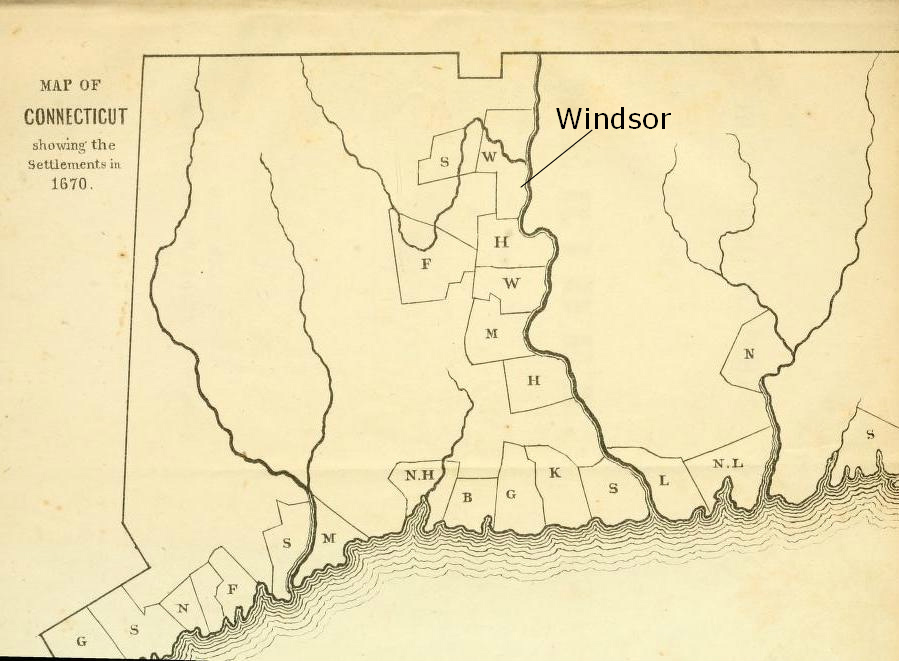
Connecticut’s Oldest English Settlement
In 1633, Windsor became Connecticut’s first English settlement. This was due to its desirable location at the juncture of the Farmington and Connecticut Rivers, its rich and fertile soil, and,…
Read
The “Fancy Chair” Craze of the 1800s: Lambert Hitchcock and the Story of the Hitchcock Chair
…easier by mass producing interchangeable chair parts. Originally from Cheshire, Hitchcock established a factory on the upper Farmington River in the town of Barkhamsted in 1819. The village that grew…
Read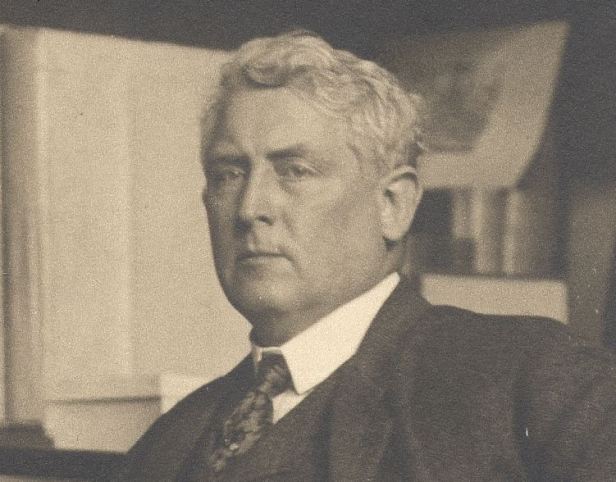
Julian Alden Weir
…his friends Childe Hassam and John Henry Twachtman, Weir abandoned the academic style in favor of impressionism. In 1883, he acquired a Connecticut farm, which served as his primary home…
Read
Literacy Tests and the Right To Vote
By Steve Thornton Several farm workers entered Windsor Town Hall, following Erwyn Glanz, the elected town constable and Democratic party member, who had given them a ride. Most likely, this…
Read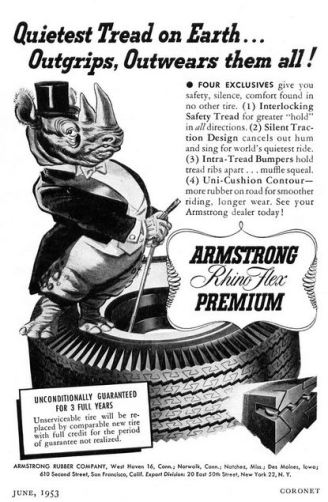
Armstrong Finds a Niche in the Tire Market
Armstrong tires, one of the most popular brands of automobile and farm equipment tires in the 20th century, has its roots in West Haven, Connecticut. Over the better part of…
Read
“Outcasts” Build Their Own Village in 18th-Century Barkhamsted
…Farmington River in what became the town of Barkhamsted. While some details of the story (such as Mary’s Wethersfield origins) have not been conclusively proven, church and town records—along with…
Read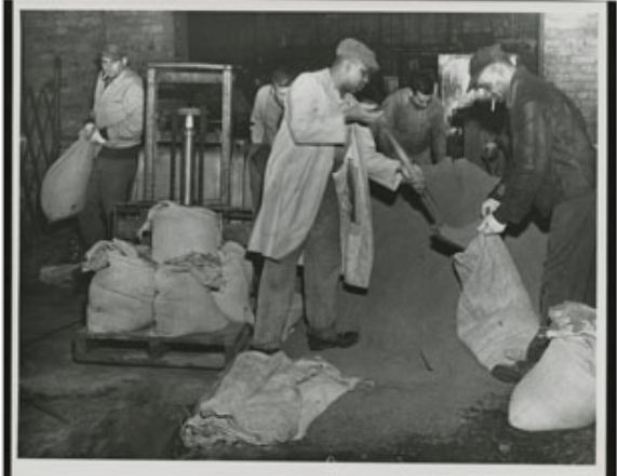
The Flood That We Forget: October 15 and 16, 1955
…1955. Flooding at Rice Heights, Hartford (detail). Photograph by Morton J. Boardman, October 1955. Hartford Electric Light company Collection, 1982.28.58 — Connecticut Historical Society Flooded Farm in Simsbury. Photograph by…
Read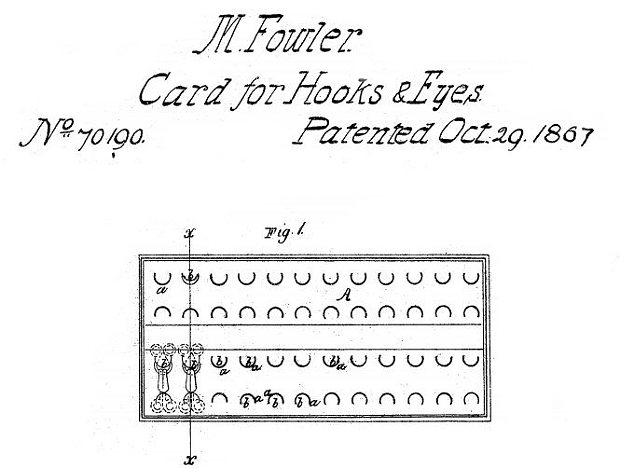
Family Ties Bring Together North Branford Industry
…forces with his brother Julius to become major investors in the Paug Manufacturing Company, a local firm organized that year to design farm implements and the machines used to manufacture…
Read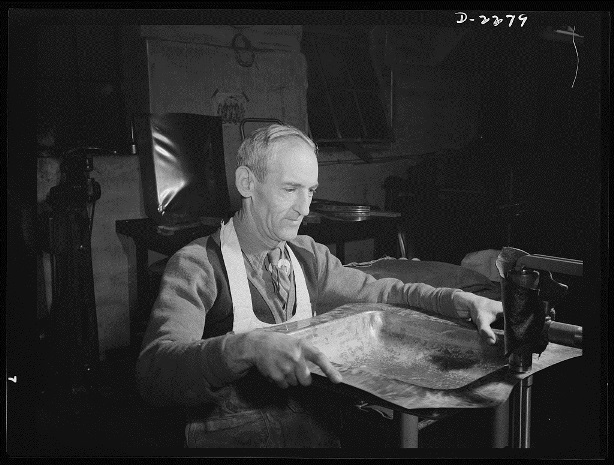
Early 20th-Century Immigration in Connecticut
…Hartford. While some Poles took jobs in the textile or brass mills, many earned their living as farmers. The massive influx of Polish immigrants in the early 20th century gave…
Read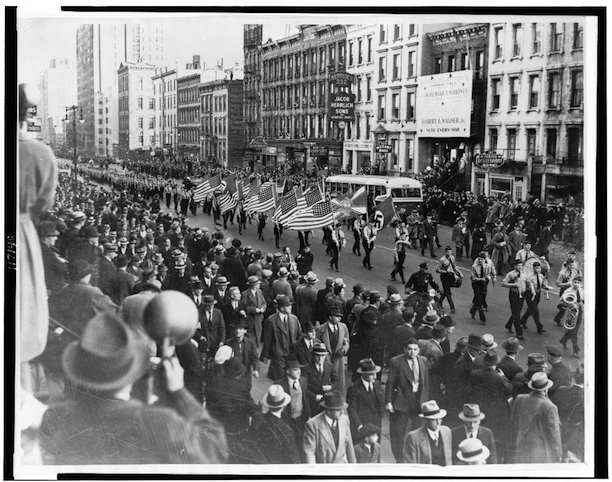
Southbury Takes On the Nazis
…Southbury was a peaceful farming community of about 1,200 people when, on October 1, 1937, Stamford resident Wolfgang Jung purchased 178 acres of land in the community’s Kettletown district. Nobody…
Read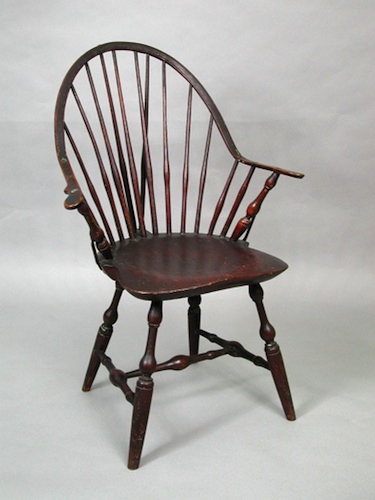
American Chairs, Made in Connecticut
…immigrant furniture found its way into every American home, from a restful rocker in a small Yankee farm house to the seats of the Founding Fathers in Philadelphia’s Independence Hall….
Read
Connecticut’s Chickamauga Tree: An Investigation
…around the area of Chickamauga Creek was not conducive to traditional linear tactics. It was surrounded by miles of scattered farms, brush, and patches of dense forests. The ability to…
Read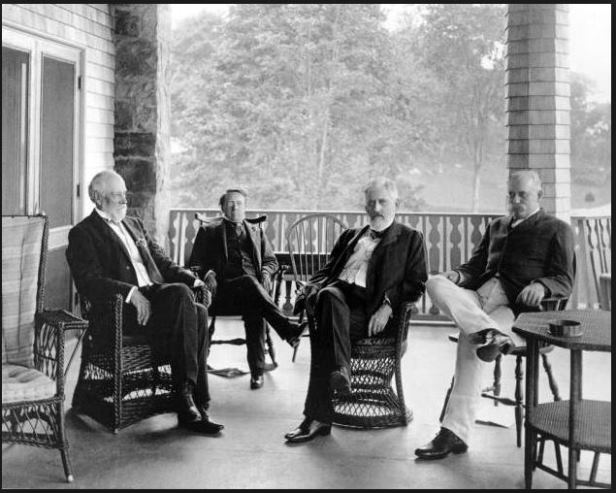
Orville Platt Helps Define International Relations after the Spanish-American War
Raised on a Connecticut farm, Orville Hitchcock Platt started his professional career as a small-town lawyer, but rose to become one of the most powerful Republican senators in Washington, DC….
Read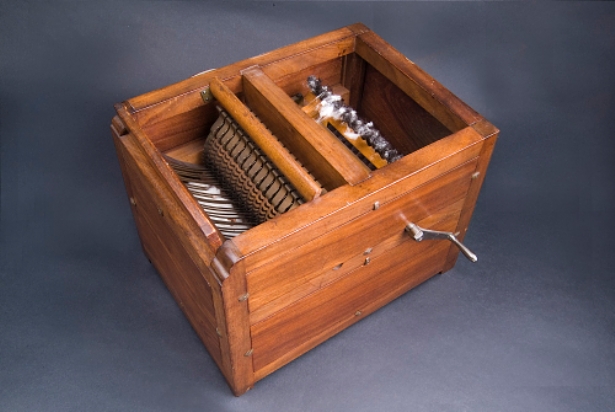
North and South: The Legacy of Eli Whitney
…was the oldest son of a farmer, and those were difficult times for farmers in New England. Making things more challenging for Whitney, he actually had little interest in farming….
Read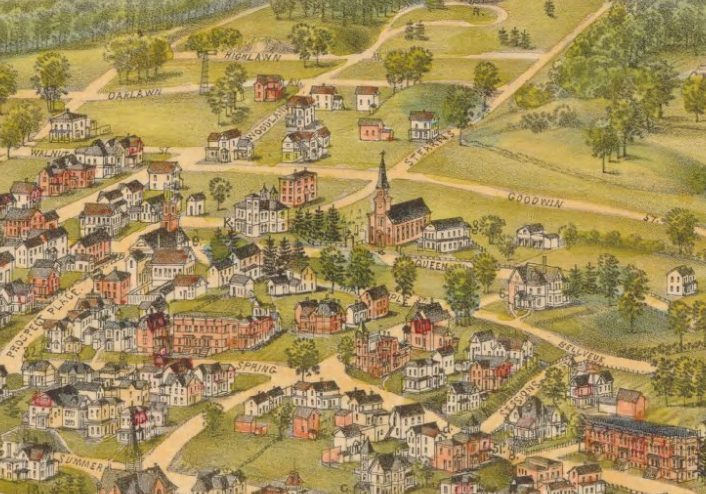
Joel T. Case and the Victorianization of Bristol’s Federal Hill
By Nancy Finlay The area in central Connecticut that today makes up the town of Bristol was originally part of the town of Farmington. Due to the distance to Farmington’s…
Read
The White Plague: Progressive-Era Tuberculosis Treatments in Connecticut
…the New Haven County Anti-Tuberculosis League operated Gaylord Farm Sanatorium in Wallingford. The Seaside Sanatorium in Waterford, a state-run facility for tubercular children, opened in 1934 after years of effort…
Read
Trumbull
…Stratford, Trumbull was incorporated in 1797 and took as its namesake the Revolutionary War Governor Jonathan Trumbull. Throughout the 1800s, farming and light industry provided the town’s livelihood, but by…
Read
Theodate Pope Riddle
Theodate Pope Riddle (1867-1946) Born into wealth, Theodate Pope Riddle broke with convention by becoming a self-taught architect. After her education at Miss Porter’s School in Farmington, Theodate absorbed European…
Read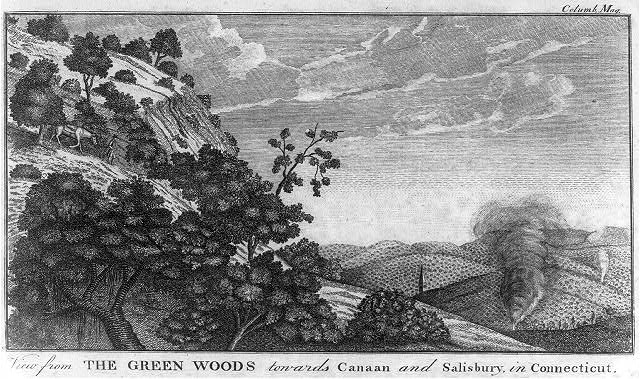
Dynamic Tensions: Conservation and Development up to the 1920s
…colonization, Native communities learned to accommodate the seasonal cycles of New England’s ecosystem by moving about the region to farm and hunt. Larger tribes tended to have a greater impact…
Read
A Public Responsibility: Conservation and Development in the 20th Century
…Heritage River, and the Lower Farmington River and Salmon Brook are currently undergoing Wild and Scenic River designation by the National Park Service. Organizations such as the Rivers Alliance of…
Read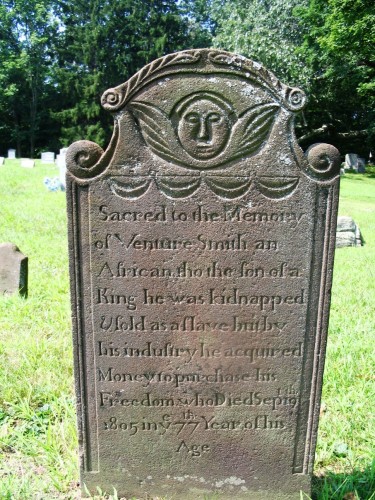
Venture Smith, from Slavery to Freedom
…In Newport, where the slave traders landed Venture, and in the fertile New York and Connecticut farmland along the eastern end of Long Island Sound where he spent the next…
Read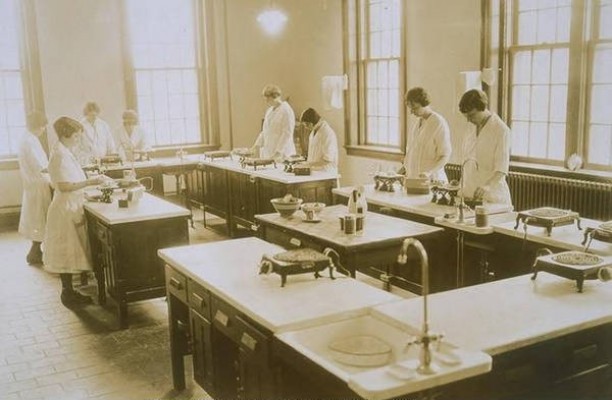
From Aprons to Lab Coats: The Art and Science of Home Economics
By Shirley T. Wajda Created to train men in the skills of farming at a time when agriculture and rural life were feared to be in decline, the Storrs Agricultural…
Read
The Successes and Struggles of New Haven Entrepreneur William Lanson
…to build the retaining wall for the harbor basin into which the boats traversing the newly planned Farmington Canal would empty. In all his enterprises, he employed upwards of 30…
Read
The Path to Ashford’s Progress
…Valley. By the 1600s, Nipmuc farmers in the valley loaded supplies from their harvests and headed for the mouth of the Charles River to trade corn and other crops in…
Read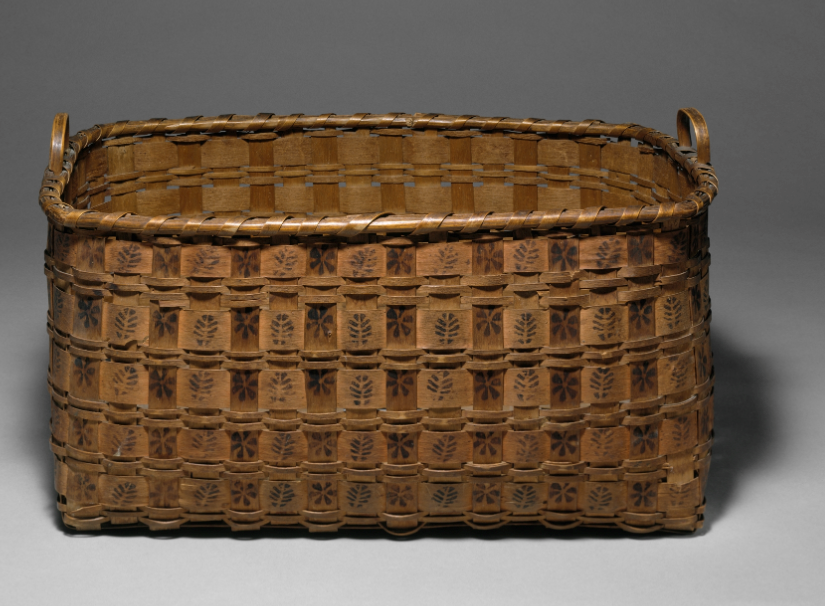
Quinnipiac: The People of the Long Water Land
…or the Tunxis in Farmington. Later migrations from Farmington to Oneida Country in New York and then to Wisconsin brought some families westward. While this may have given the impression…
Read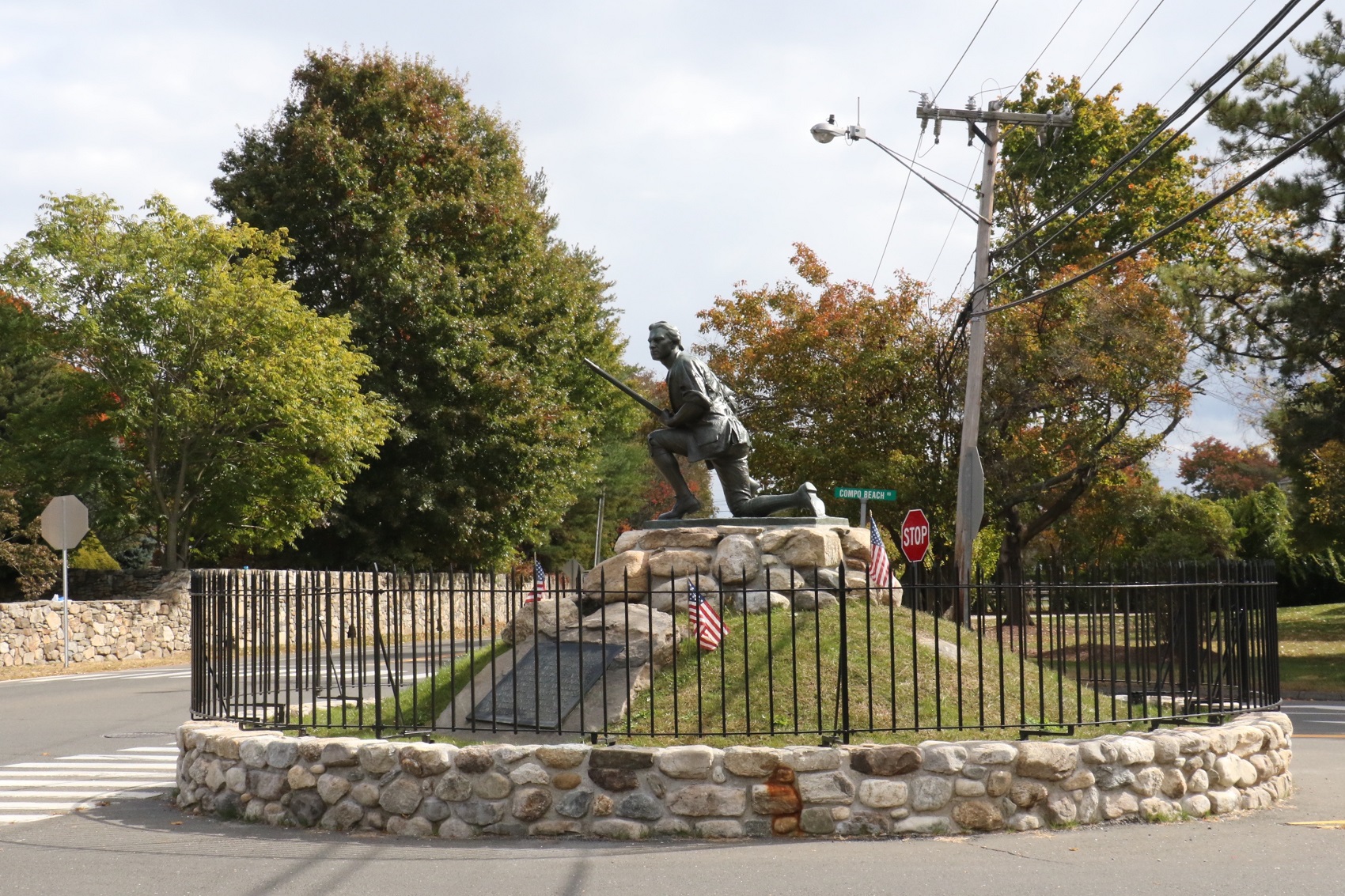
The Minute Man, Westport CT
…farmer-turned-soldier—with his powder horn and musket at the ready—kneeling atop a grassy pedestal that rose some six feet above the roadway. The monument was erected to honor the heroism of…
Read
Connecticut Attorney General John H. Light and His Fight for Woman’s Suffrage
…of other notable “suffragents,” received little or no mention in official biographies. A Farmer’s Political Rise John Henry Light was born in 1855 in Carmel, New York. His father Belden…
Read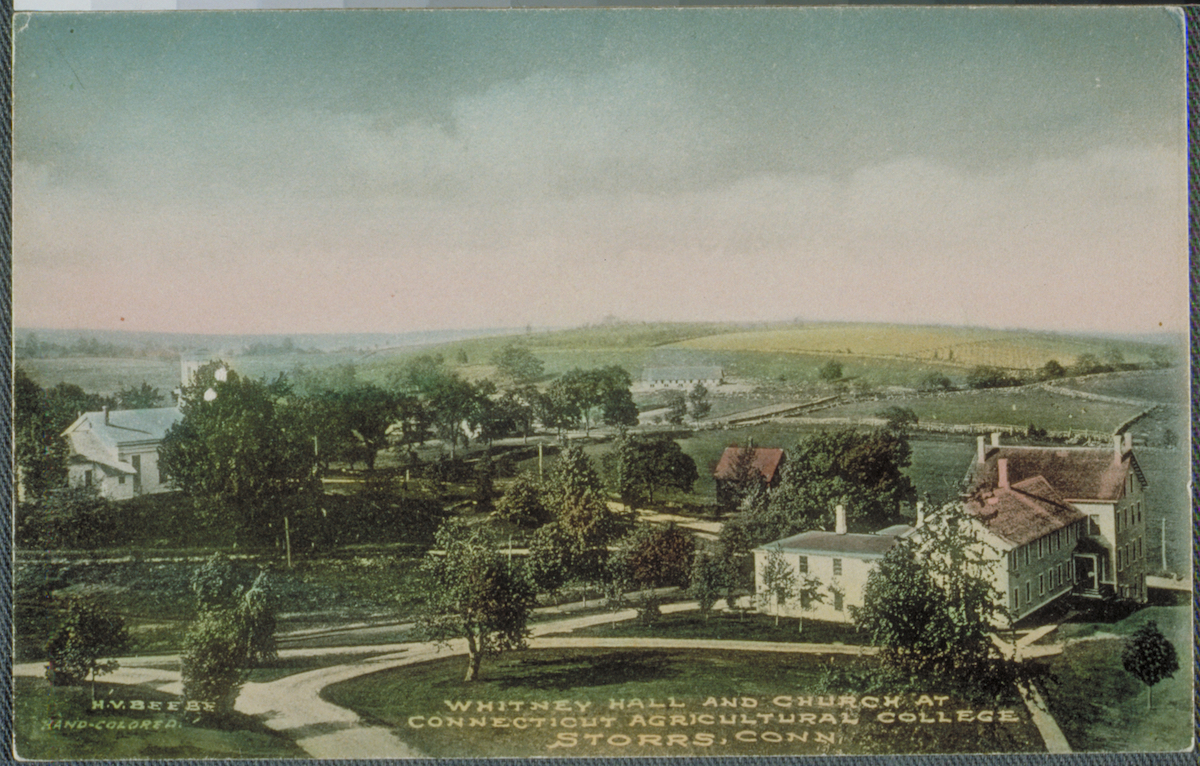
Connecticut Soldiers’ Orphans’ Home
…a schoolteacher who bought his father-in-law’s Mansfield farm in 1865 and converted the property into a boarding school for boys. Arson destroyed the school in November. Whitney quickly rebuilt, erecting…
Read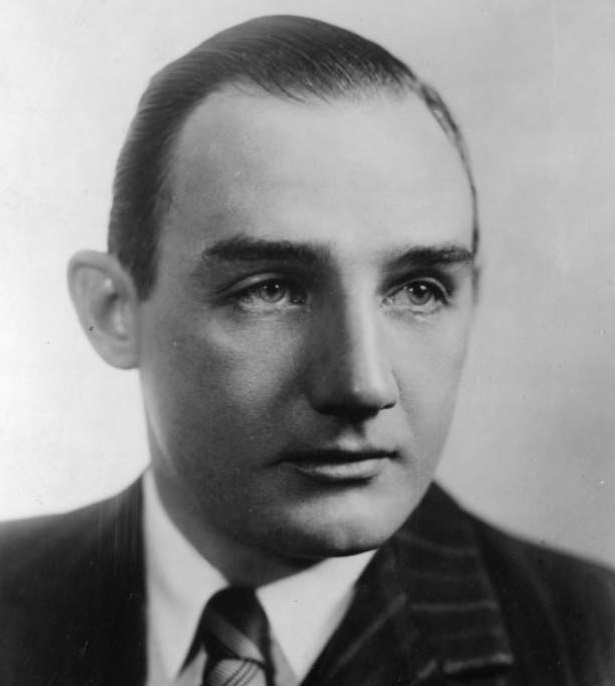
Joseph Alsop: Cunning Political Columnist of Mid-Century America
…world and became a leading figure in chronicling events of national politics, the life of renowned journalist Joseph Wright Alsop V began just west of Hartford, on a prosperous farm…
Read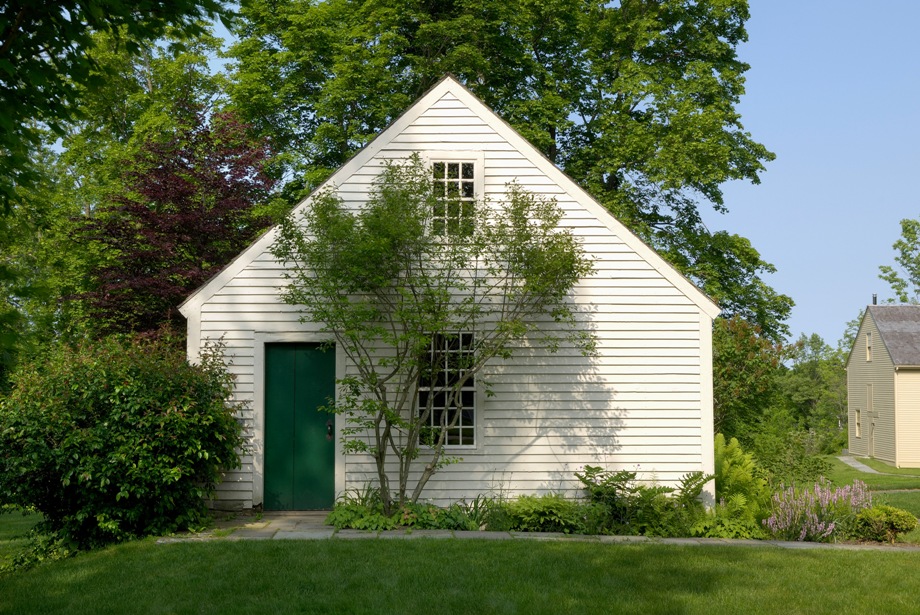
The Litchfield Law School: Connecticut’s First Law School
…from Farmington, Hartford, Lebanon, Wethersfield, and Windsor to till the soil and to provide needed skills and crafts (e.g., brewer, wheelwright). Importantly, the town became the Litchfield County seat in…
Read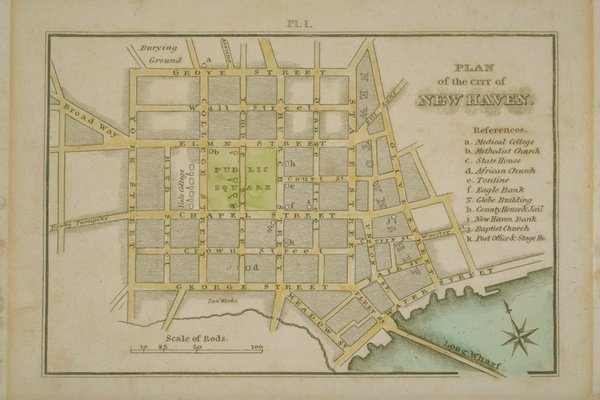
New Haven’s Long Wharf
…Commons Meanwhile, the Farmington Canal Company, also incorporated in 1822 (as a private waterway), attempted to gain access to the products of the upper reaches of the Connecticut Valley and…
Read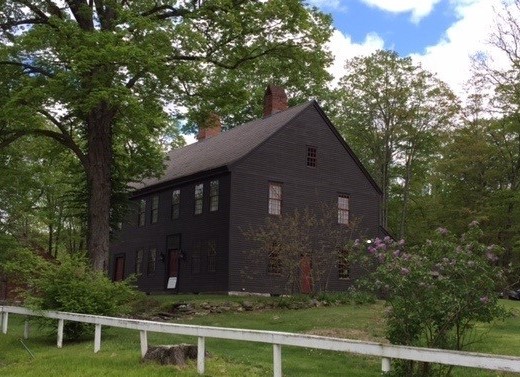
The Welcoming Warmth of Kent’s Seven Hearths
…varied needs of its inhabitants for over 272 years. It has served as a dwelling house, a store and trading post, a school, tenant farmers housing, and a leased home….
Read
Ridgefield
…from Norwalk and Milford, and then incorporated a year later, the town was mainly a farming community until wealthy New Yorkers discovered it and built summer cottages within its borders….
Read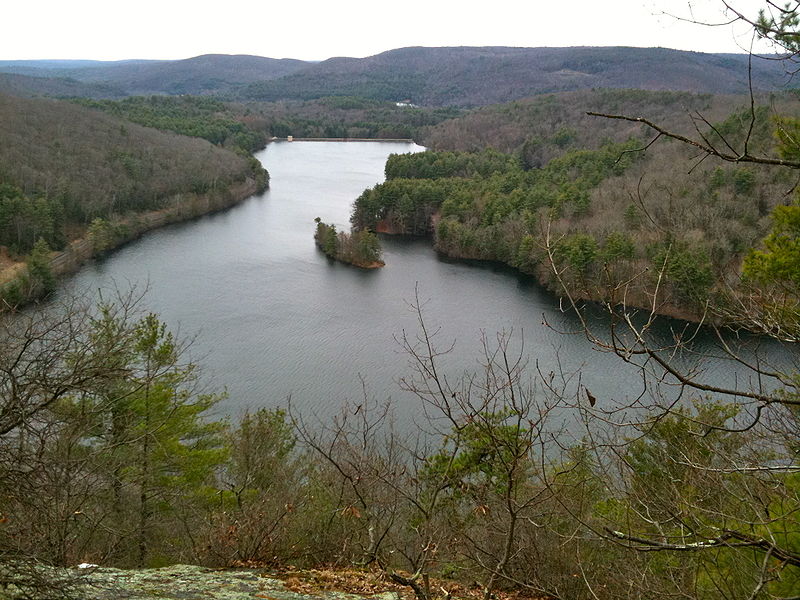
Barkhamsted
The town of Barkhamsted, located in Litchfield County, is in the northwest corner of Connecticut on the Farmington River. Allocated to Windsor in 1732, proprietors used the land for farming…
Read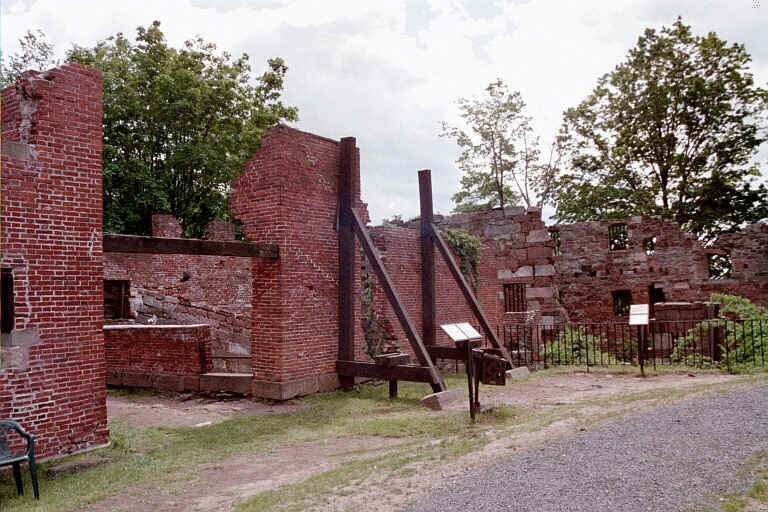
East Granby
Bisected by the Metacomet Ridge with the Farmington River along its southern border, East Granby lies in the northern portion of central Connecticut’s Hartford County. Settled in the 1660s as…
Read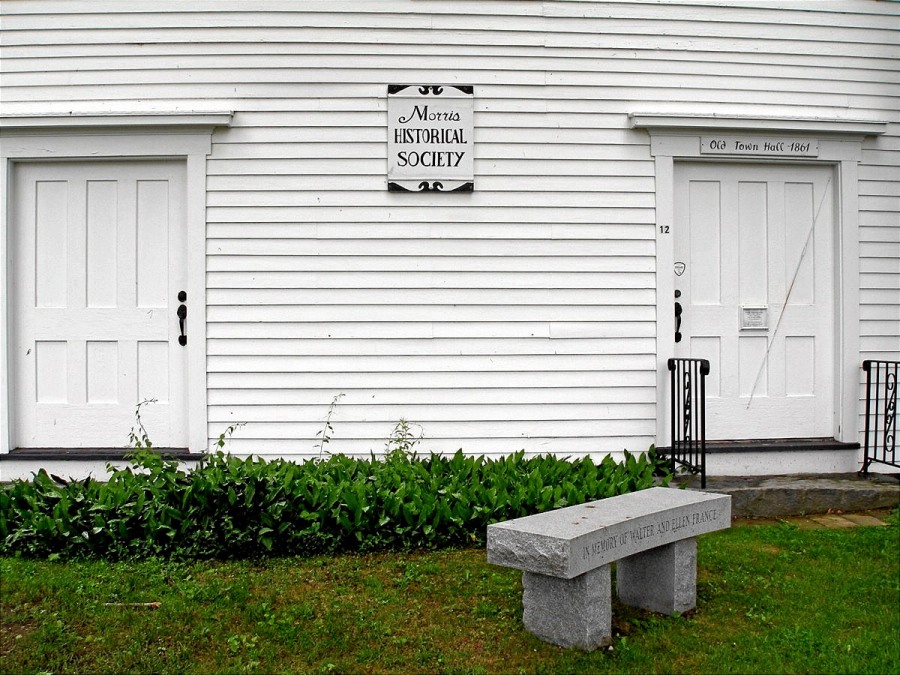
Morris
The town of Morris is located in Litchfield County in the northwest portion of the state. Settled around 1723, it was organized as the South Farms parish in 1676, but…
Read
Norfolk
…was settled in 1744 and incorporated in 1758. Originally a farming community, the town saw a rise in industry in the 19th century as small factories built along its numerous…
Read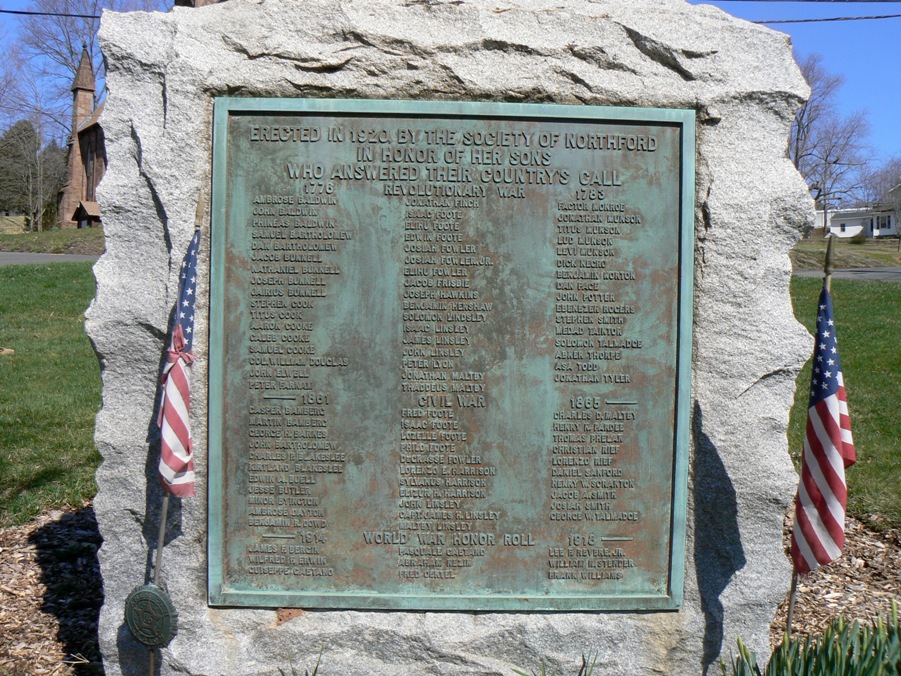
North Branford
Bordering on the Lake Gaillard reservoir, North Branford is a town in southeastern New Haven County. This early mill and farming community incorporated from Branford in 1831. The year prior,…
Read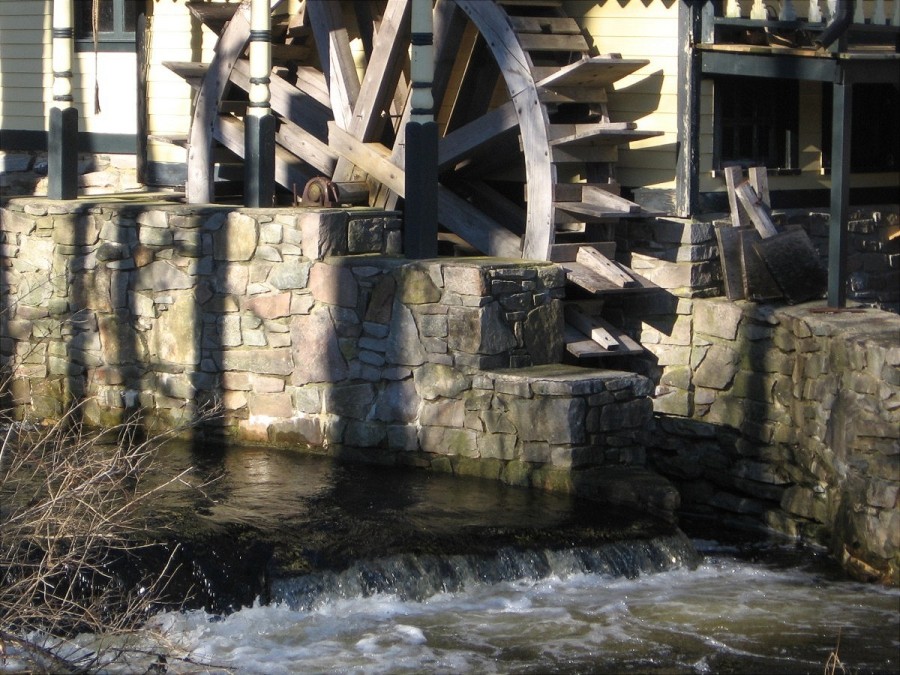
North Stonington
…in what was then Stonington. Named in 1724, North Stonington separated from Stonington and incorporated in 1807. In the 19th century, the town prospered with numerous farms, mills, and tanneries…
Read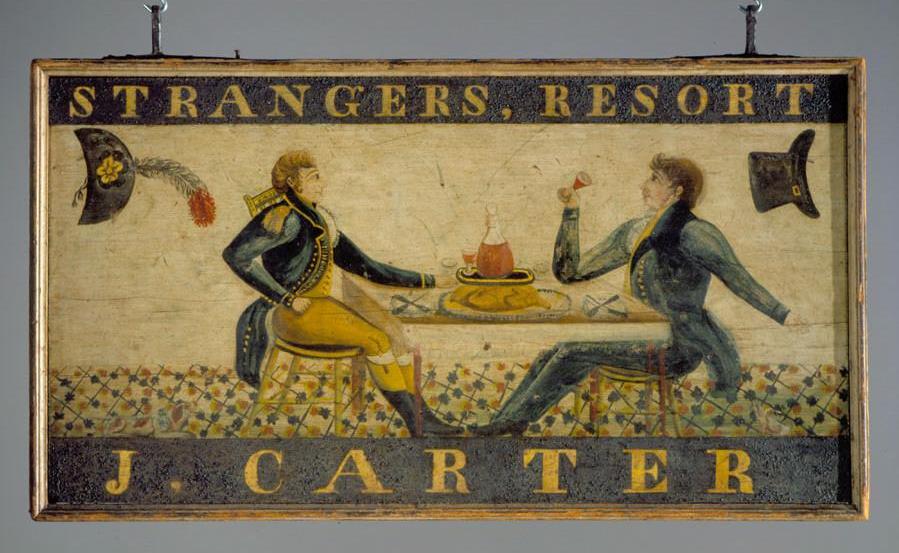
Tavern Signs Mark Changes in Travel, Innkeeping, and Artistic Practice
…simply markers, signs became potent marketing tools. Squares, compasses, and other Masonic iconography solicited the patronage of traveling Freemasons (and by extension, similarly respectable strangers). Plowshares and beehives invited farmers;…
Read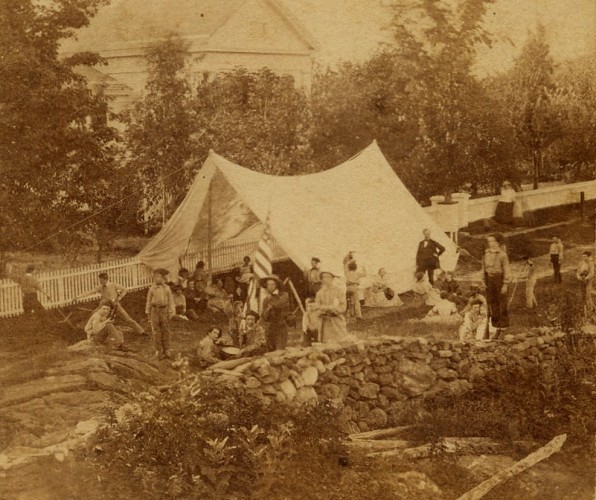
Reading, Writing, and the Great Outdoors: Frederick Gunn’s School Transforms Victorian-era Education
…Educator’s Education Born on October 4, 1816, in Washington, Connecticut, Frederick William Gunn was the youngest of eight children. His father, a respected farmer and deputy sheriff, and his mother,…
Read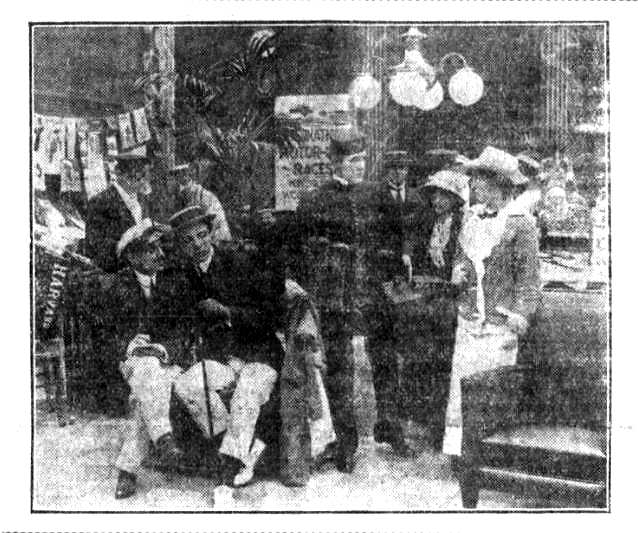
Portland’s Guy Hedlund: Actor and Activist
…radio, Hedlund was also a weekend farmer (having bought a farm in Hadlyme) and wrote numerous editorials to the Hartford Courant on such varied topics as automobile safety, race relations,…
Read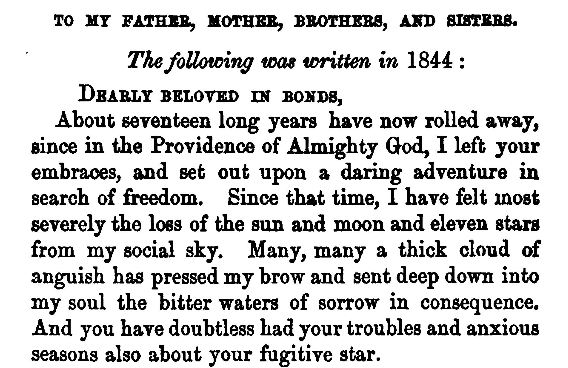
Reverend James Pennington: A Voice for Freedom
…on the small farm. While his owner’s children were cruel, the actions of the overseer, Blackstone, chilled his soul. James made the horrible mistake of playfully picking up one of…
Read
Jeremiah Wadsworth, “foremost in every enterprise”
…Woolen Manufacture, the first mill to use power machinery to spin broadcloth. The owner of three farms, he also was noted for importing new breeds of cattle and for his…
Read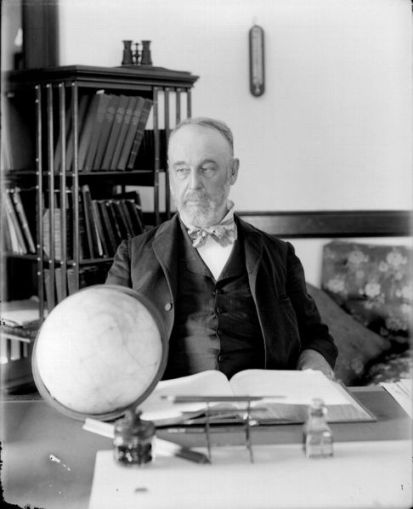
Goshen’s Asaph Hall Becomes an Astronomical Success
Asaph Hall was a world-famous astronomer and mathematician from Goshen. Credited with discovering the moons orbiting the planet Mars, Hall, once a Connecticut farmer, became an international science celebrity in…
Read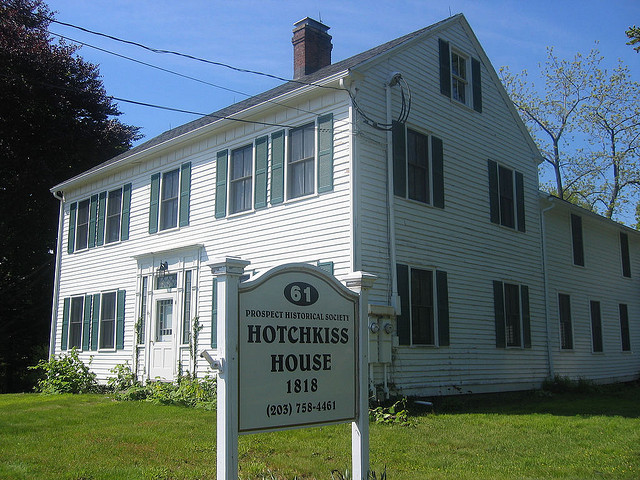
Prospect’s David Miles Hotchkiss and the Free Soil Party
…mantra of “Free Soil, Free Speech, Free Labor, and Free Men,” attracted western farm and mill workers who did not want African Americans competing against them for jobs. In 1854,…
Read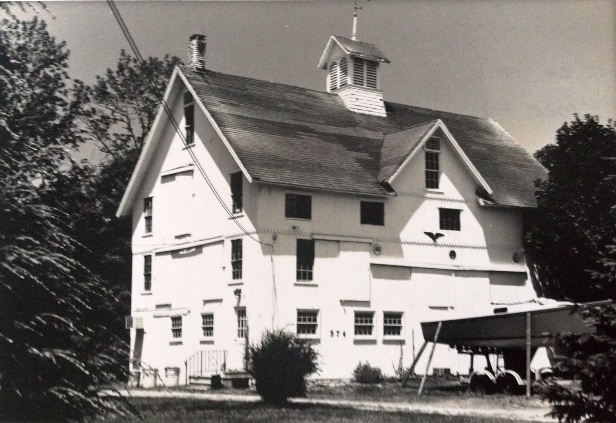
Orange Seeds Yield Corn, Alfafa, Soy, and More
…American farms helped the nation achieve unprecedented gains in standards of living over the last two centuries. Healthy crops are impossible without resilient, high-quality seeds. The antecedents of many of…
Read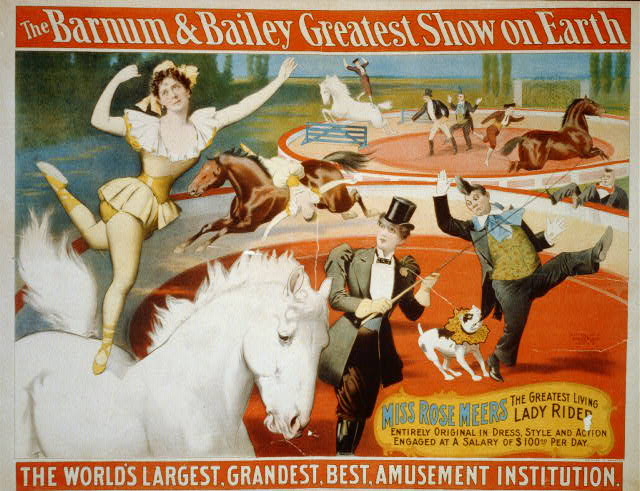
P. T. Barnum: An Entertaining Life
…His father, Philo Barnum, was a farmer, tailor, tavern keeper, and grocer, who had 10 children by 2 wives. Phineas was Philo’s sixth child and the first by his second…
Read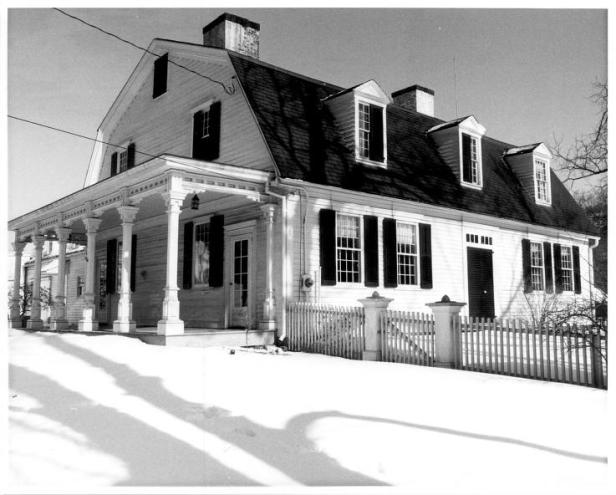
The Darlings Make Preservation a Family Affair
Thomas Darling was an 18th-century merchant, farmer, and politician and a member of the colonial elite. Counted among his friends and associates were such renowned figures as Benjamin Franklin, Roger…
Read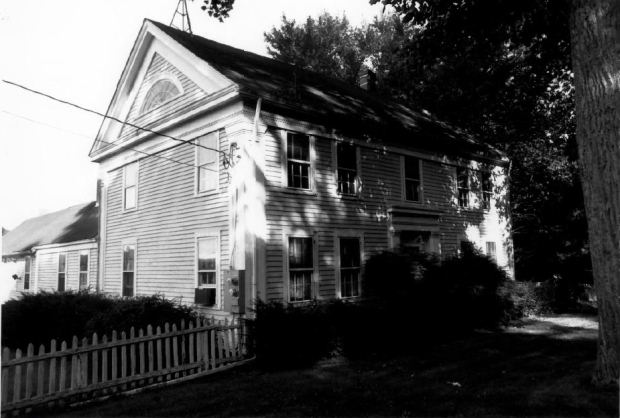
Franklin’s Ashbel Woodward was a Battlefield Surgeon and Historian
Ashbel Woodward was a physician, historian, and farmer who spent most of his life serving the town of Franklin. For more than 50 years Dr. Woodward provided care for those…
Read
William Douglas: A Colonial Hero’s Sacrifice
…that sailed between New Haven and the West Indies. His success as a merchant allowed him to accumulate enough wealth to purchase 150 acres of farmland in Northford (now a…
Read
John Brown Born – Today in History: May 9
…his childhood in Ohio, was a tanner and farmer who became persuaded that America’s millions of enslaved people must be freed at once and at all costs. In October 1859…
Read
Creating Candlewood Lake – Today in History: July 15
…months to complete the construction of Connecticut’s largest lake including the building of the dam and the flooding of the 5,420 acres of farmland, forests, and the small community of…
Read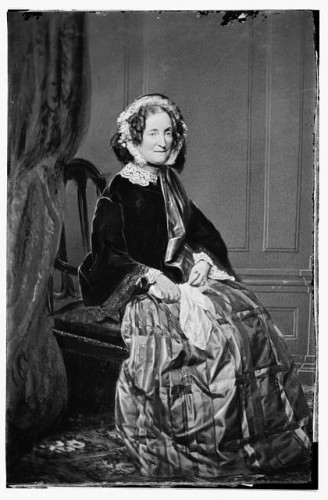
Miss Huntley’s School Opens – Today in History: August 1
…street called Hurlburt, which no longer exists, but three years before her death in 1865 a street running between Asylum and Farmington Avenues was named Sigourney Street in her honor….
Read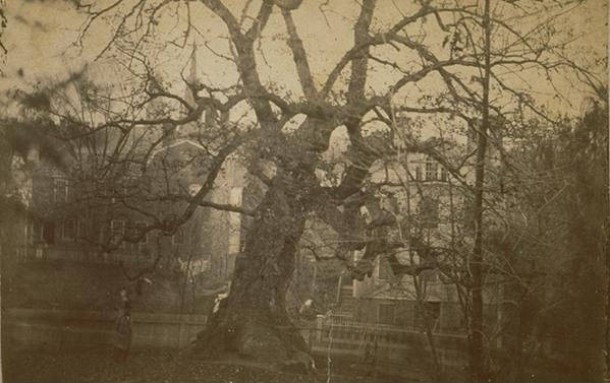
The Charter Oak Fell – Today in History: August 21
…eventually purchased by Stephen Wyllys, one of Hartford’s first landowners. Tradition has it that while Wyllys cleared the land for his homestead and farming he was visited by a delegation…
Read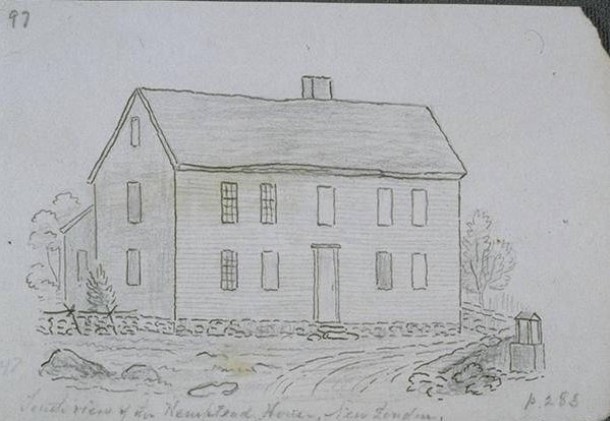
Joshua Hempsted Born – Today in History: September 1
On September 1, 1678, Joshua Hempsted was born in New London, Connecticut. Farmer, surveyor, carpenter, gravestone cutter, and famous New England diarist, Hempsted began keeping a diary on September 8,…
ReadBeacon Falls
…Nyumps. Beacon Falls was formed from pieces of the neighboring towns of Bethany, Oxford, Naugatuck, and Seymour and incorporated in June of 1871. The town’s early economy centered on farming,…
Read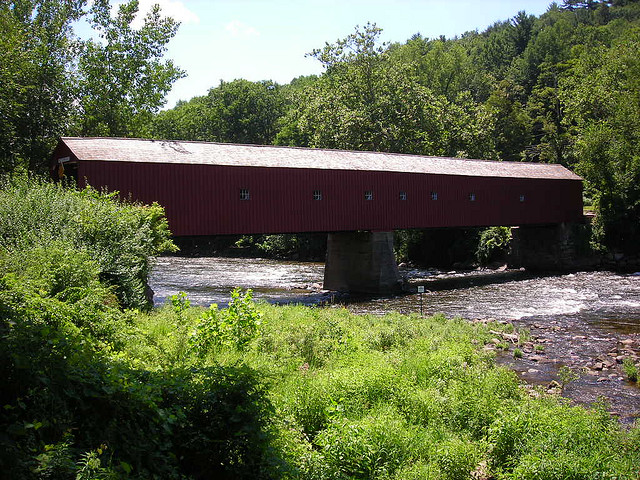
Cornwall
…in May of 1740. The early economy was based on farming, but iron furnaces, including two blast furnaces, gained importance in the nineteenth century, along with the supporting charcoal making…
Read
Coventry
…was sold to Hartford men by the Native American sachem Joshua. A farming community, the town also took advantage of its three rivers and numerous streams to develop industrial manufacturing…
Read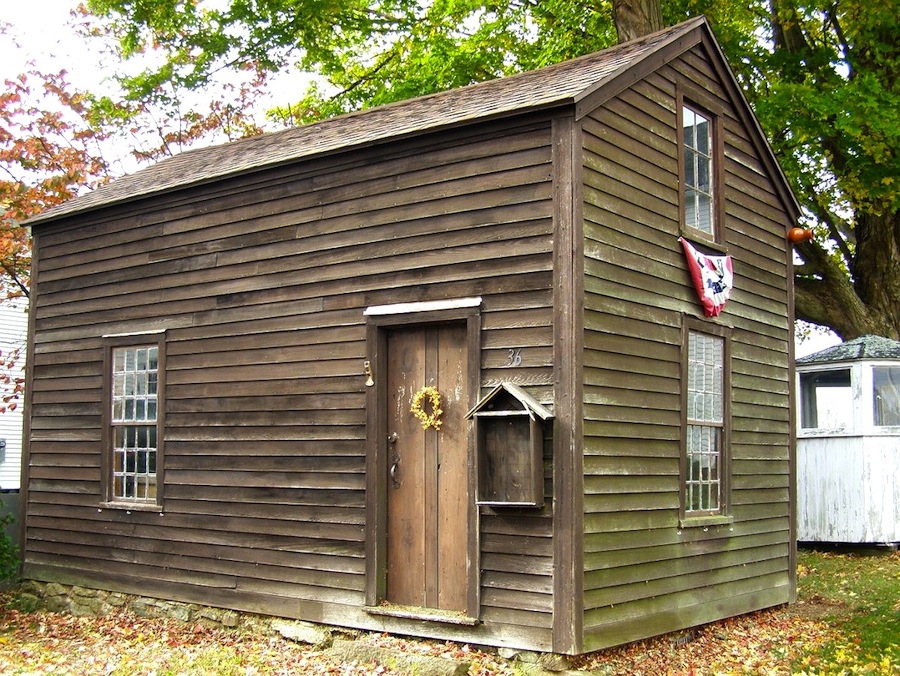
Durham
…an Algonquin people. From its earliest history as a settlement, Durham was largely a farming community. Every year since 1916, Durham has displayed its agricultural roots at the Durham Fair,…
Read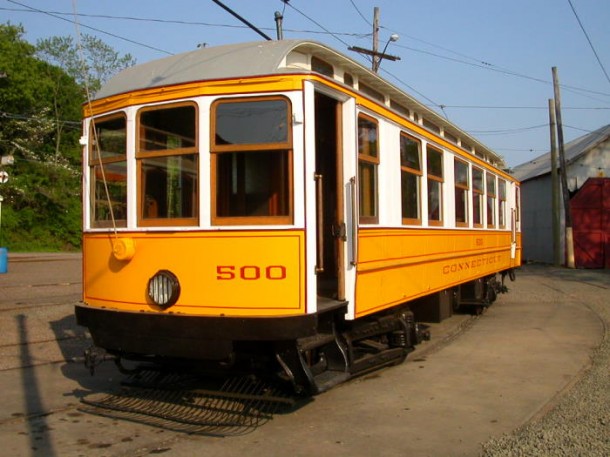
East Haven
The town of East Haven, located in New Haven County, is on the east side of New Haven Harbor in the Long Island Sound. First called East Farms, in 1638…
Read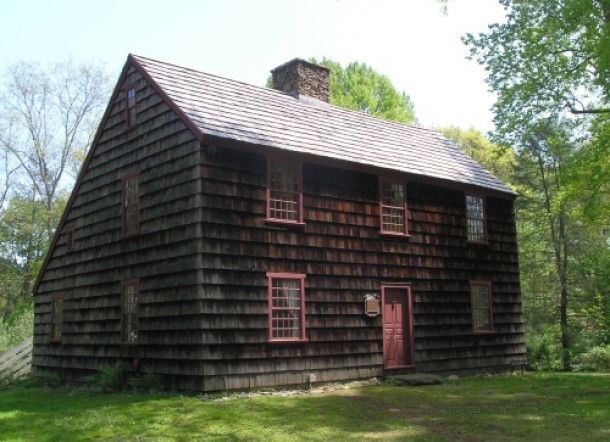
Fairfield
…earliest towns established in the Connecticut Colony by the English in the 1600s, Fairfield was largely a farming community. During the Revolutionary War, a British fleet anchored off Black Rock…
Read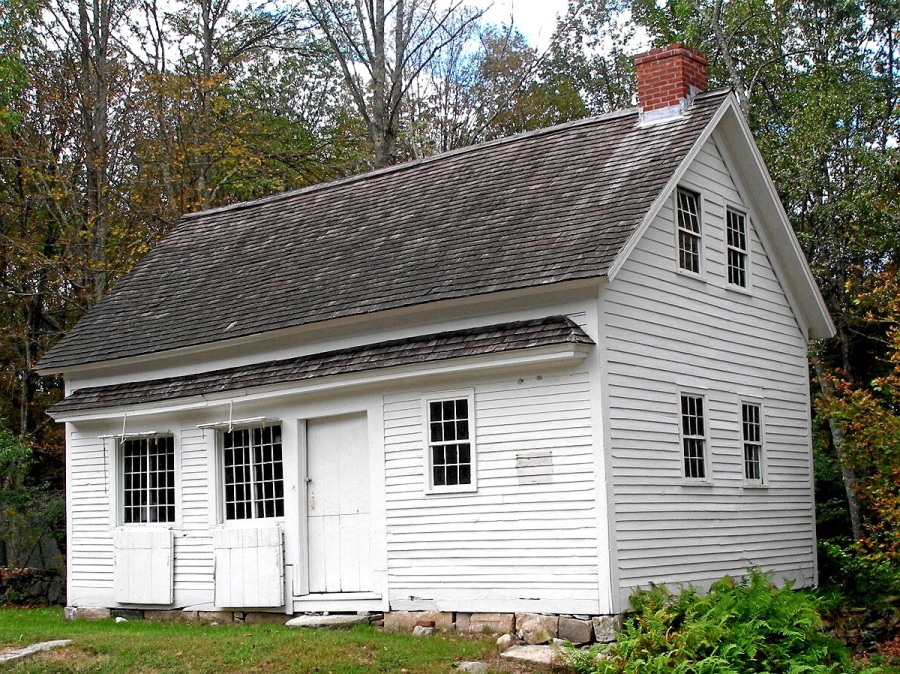
Ledyard
…Colonel William Ledyard, a Revolutionary War soldier killed at the Battle of Groton Heights. Predominately a farming community in the 19th century, Ledyard in the 20th century became a bedroom…
Read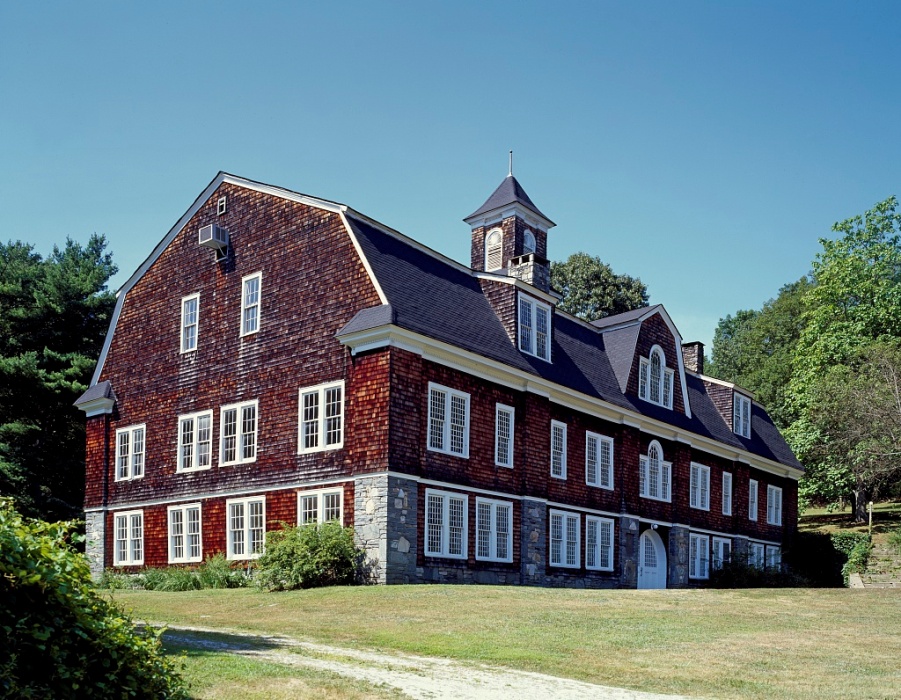
Lyme
…the river’s only navigable waterway. Shipbuilding, lumber, farms, and ferries were the major early industries. Having instituted zoning regulations as early as 1943, Lyme has managed to preserve much of…
Read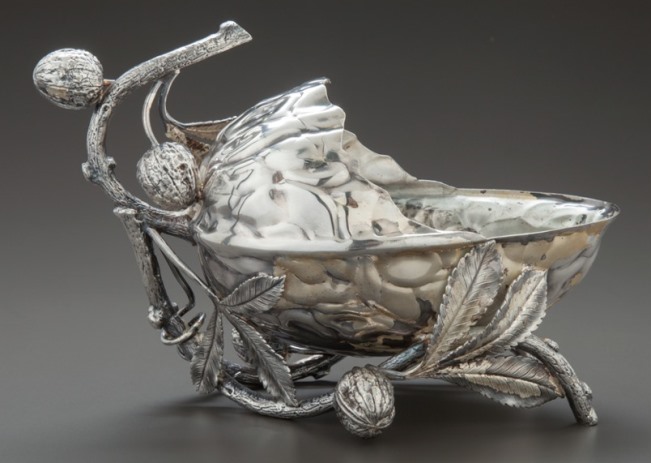
Meriden
Meriden, in New Haven County, is located in south-central Connecticut, with the Quinnipiac River cutting through its southwestern portion. Formerly known as North Farms, the area was incorporated as a…
Read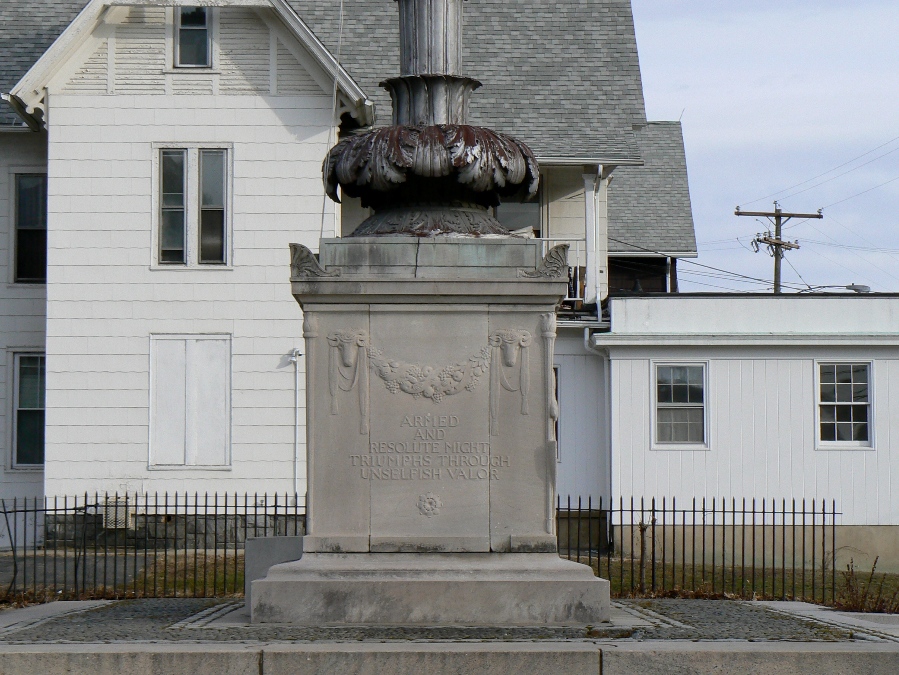
Naugatuck
…in 1895, the only town in Connecticut that is both a consolidated borough and a town. Settled in 1701 as a rural farming community, Naugatuck became, like other area towns…
Read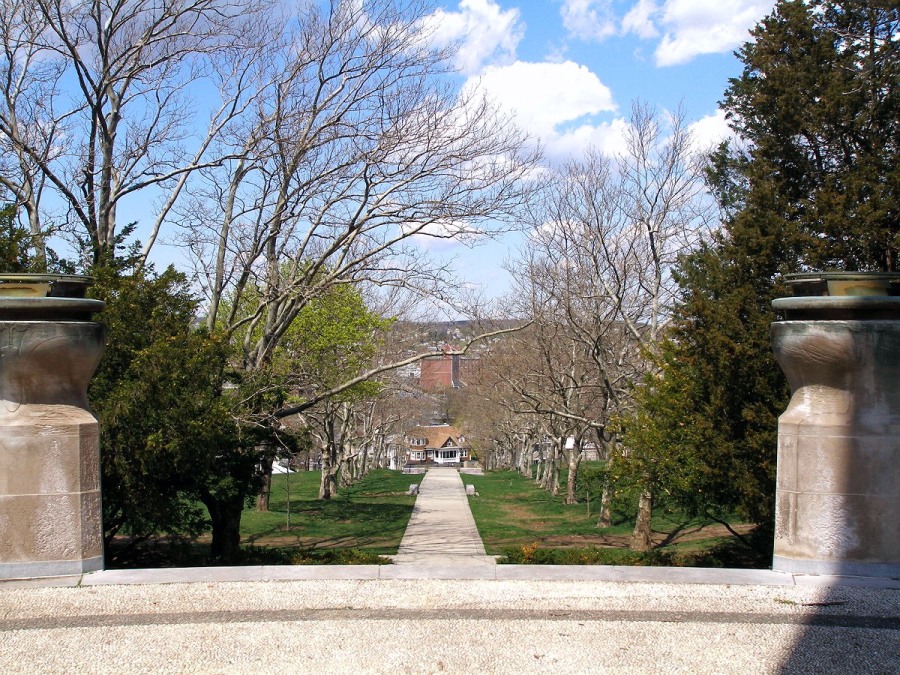
New Britain
The city of New Britain is located in central Connecticut and is a part of Hartford County. Once known as the “Great Swamp” in the Berlin section of Farmington, in…
Read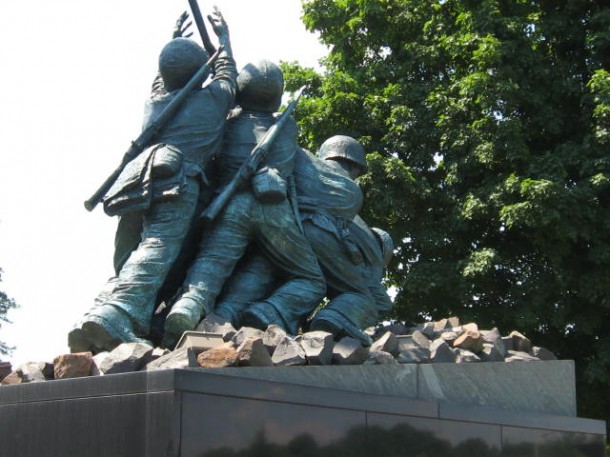
Newington
…West Farms and Pipestave Swamp. In 1798, the Hartford and New Haven Turnpike was built through what later became Newington and it immediately attracted a number of new businesses. In…
Read
Norwich
…first supported farms and businesses, and in 1694, residents built a public landing for easier trade at the head of the Thames River. In the 19th century, Norwich manufactured textiles,…
Read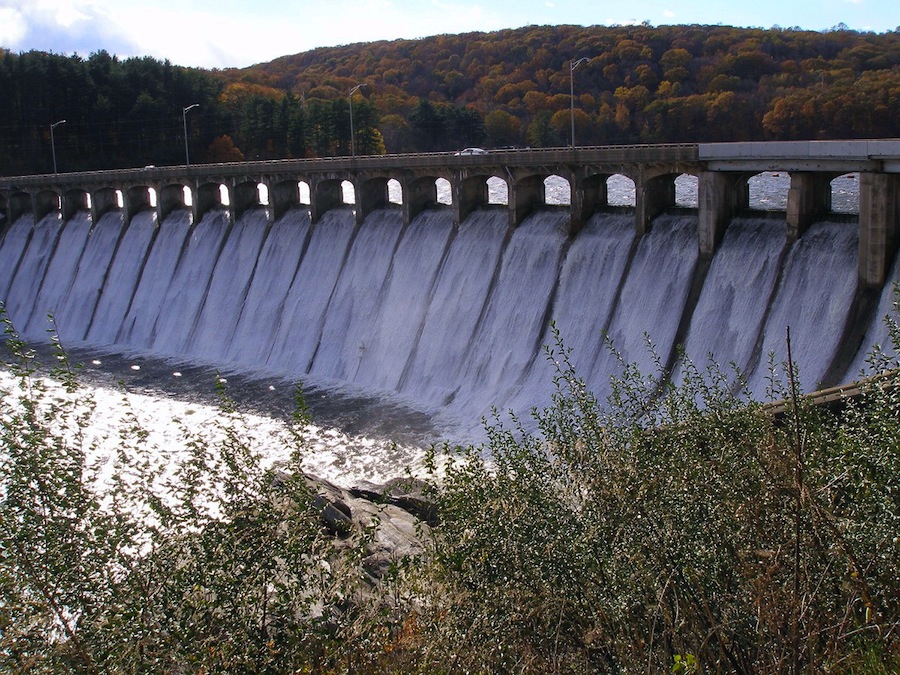
Oxford
…built on small farms and mills. Later, tanneries produced harnesses and leather goods including folded leather cases for daguererreotypes and ambrotypes. In addition, locally raised Merino sheep gave rise to…
Read
Seymour
…Chusetown, then Humphreysville, the town incorporated in 1850 and was renamed Seymour. Originally a farming settlement, then a small industrial town, in the nineteenth century Seymour produced pins, hoopskirts, and…
Read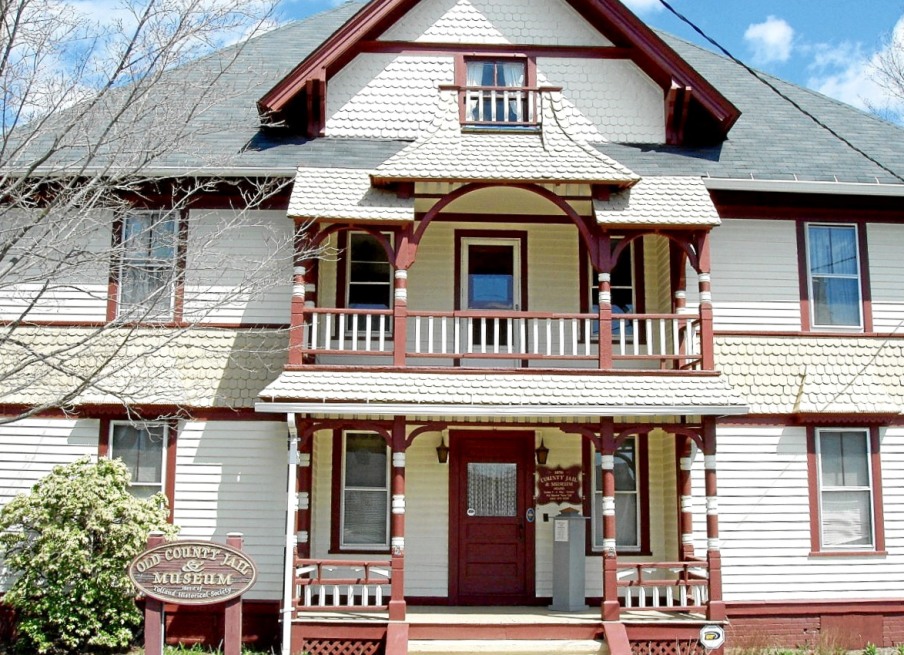
Tolland
…and courthouse which, by the early 19th century, sat at the terminus of five turnpikes. Tolland’s early economy centered on farming and today the town retains much of its rural…
Read
Waterbury
Waterbury, in New Haven County, is located in west-central Connecticut on the Naugatuck River. It was settled in 1674 as a part of Farmington (in what is now known as…
Read
West Hartford
…own town in 1854. An early farming area, West Hartford also had mills, tanneries, and blacksmith shops. By the late 19th century it was a thriving industrial area. Today, West…
Read
West Haven
…Settled in 1648, West Haven (then known as West Farms), was a part of the original New Haven Colony. In 1822, the areas of West Haven and North Milford joined…
Read
Ellington
…agricultural community, Crystal Lake, located in the eastern section of town, was a popular summer resort destination from the late-1890s through the Great Depression. Although Ellington continues farming today, it…
Read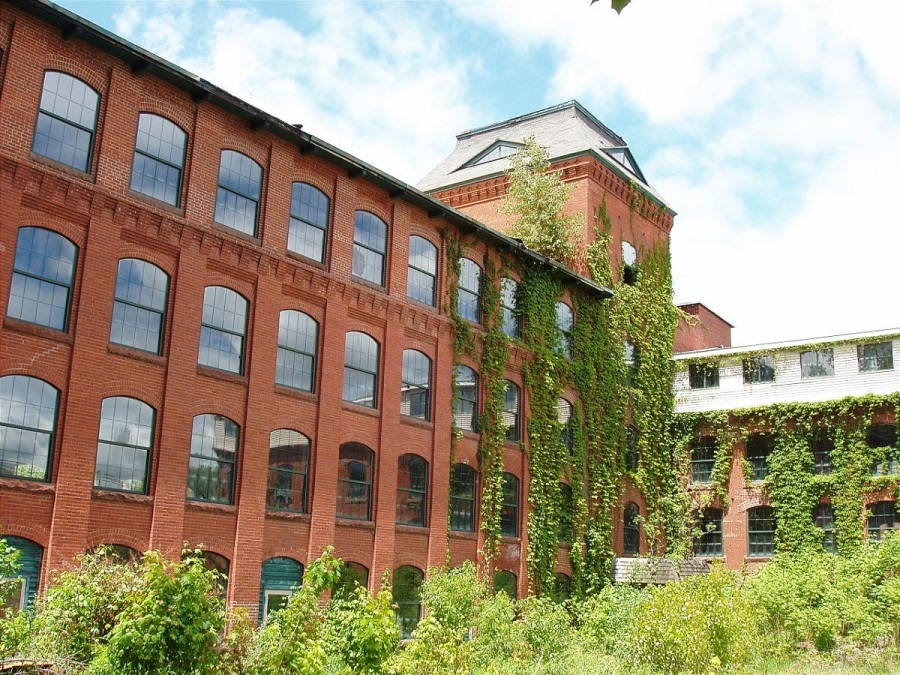
Somers
…region as well as an industrial area. The milling of grain and lumber were the town’s first industries. Although still recognized for agriculture and farming, today Somers is known as…
Read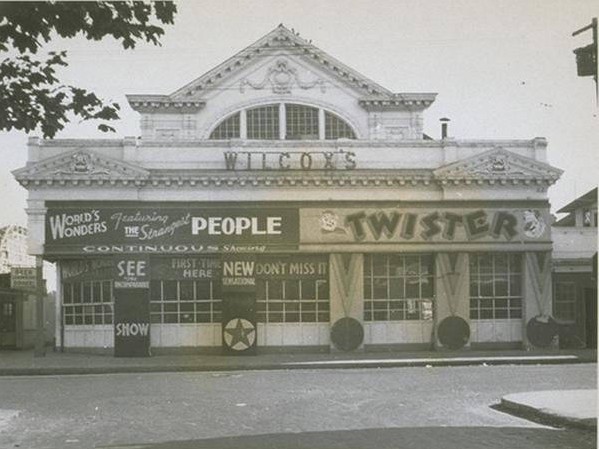
Connecticut’s Youngest City – Who Knew?
… that the city of West Haven, incorporated in 1961, is Connecticut’s youngest city but one of the state’s oldest settlements. Settled in 1648, West Farms (now West Haven) was…
Read
Berlin
…the town was incorporated in 1785 and called Berlin. New Britain remained a part of the town until 1850. The early economy formed around farms, mills, and blacksmiths, and in…
Read
Soldiers and Sailors Memorial Arch – Today in History: September 17
…those from Hartford who served in the Union army: student, farmer, freed slave, carpenter, stone mason, and blacksmith. The Hartford icon, built for $60,000 from the city treasury funds in…
Read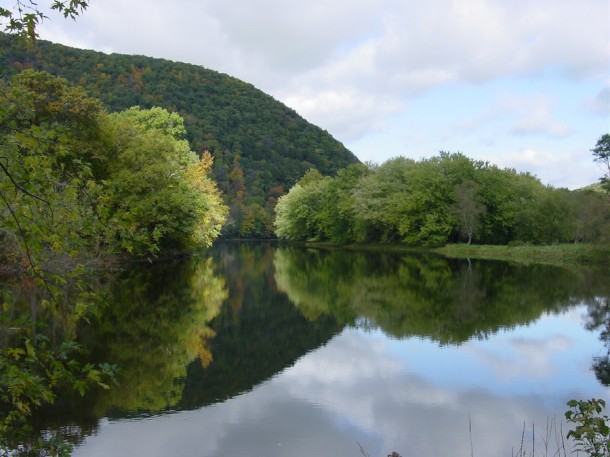
Kent
…producer and farming community. Today, the town is a rural residential community with many small neighborhoods, including Flanders, the Cobble, and Bulls Bridge. The latter takes its name from one…
Read
Canterbury
…late 1600s, it was officially separated and named Canterbury in 1703, becoming the state’s 38th town. Early industry included various small mills and farms. In 1831 Prudence Crandall opened a…
Read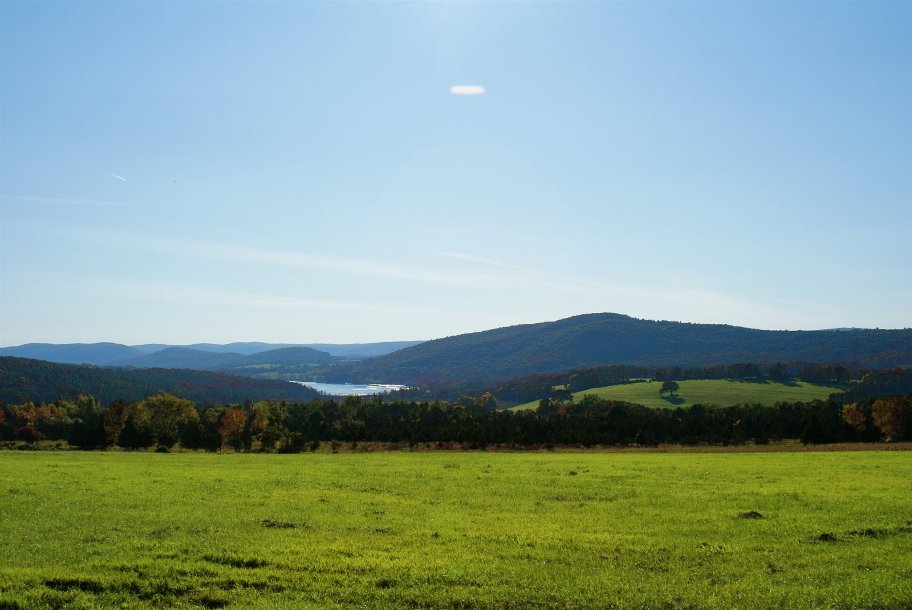
Goshen
…town was incorporated a year later. Primarily a farming community in the 18th century, Goshen also prospered in business. During the American Revolution the town manufactured musket rifles. Other successful…
Read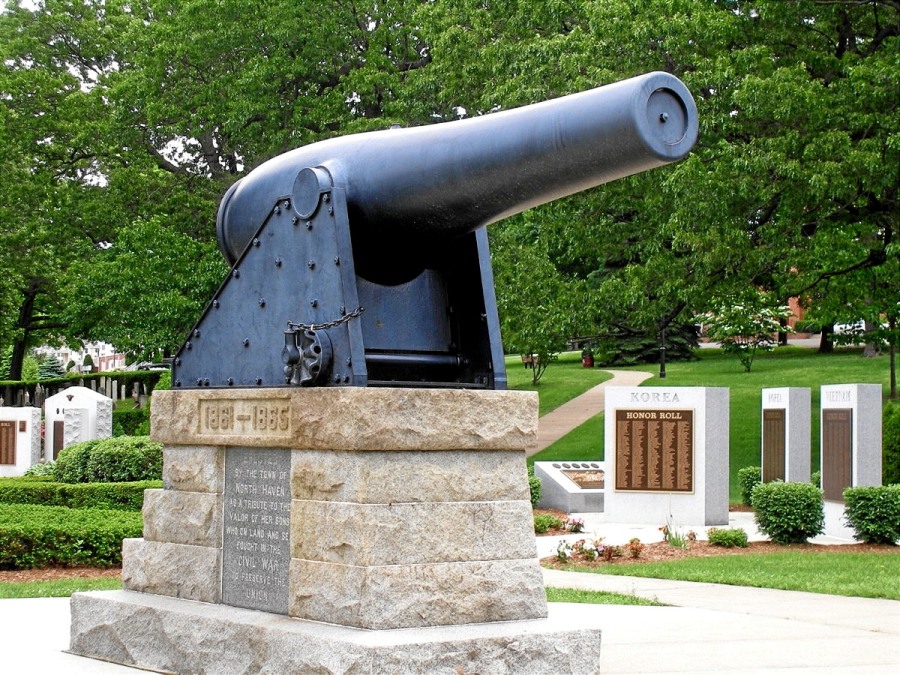
North Haven
…miles from the Long Island Sound. Incorporated in 1786, the town was originally part of New Haven. North Haven was mostly a farming community in the early- and mid-1800s, but…
Read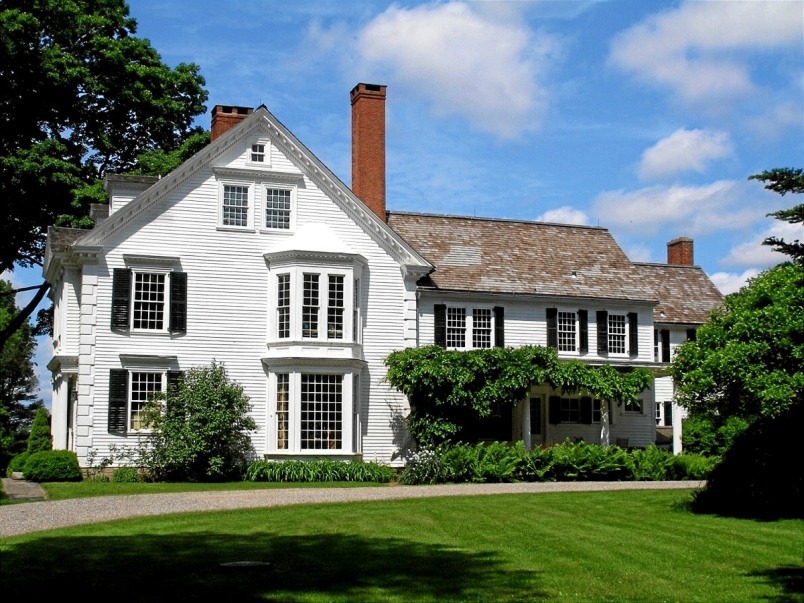
Bethlehem
…in 1787, Bethlem, as it was then known, was home to Joseph Bellamy, founder of the first theological school in America. Mainly a farming community until the early 19th century,…
Read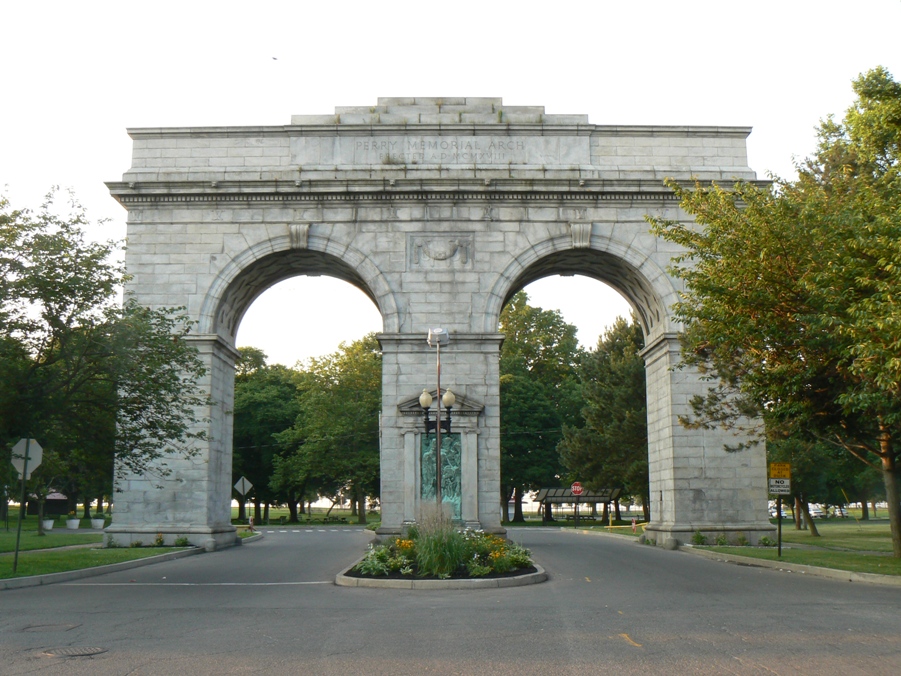
Bridgeport
…mid-17th century as part of the township of Stratford, Bridgeport incorporated as a town in 1821 and a city in 1836. While early settlers farmed and fished, they soon took…
Read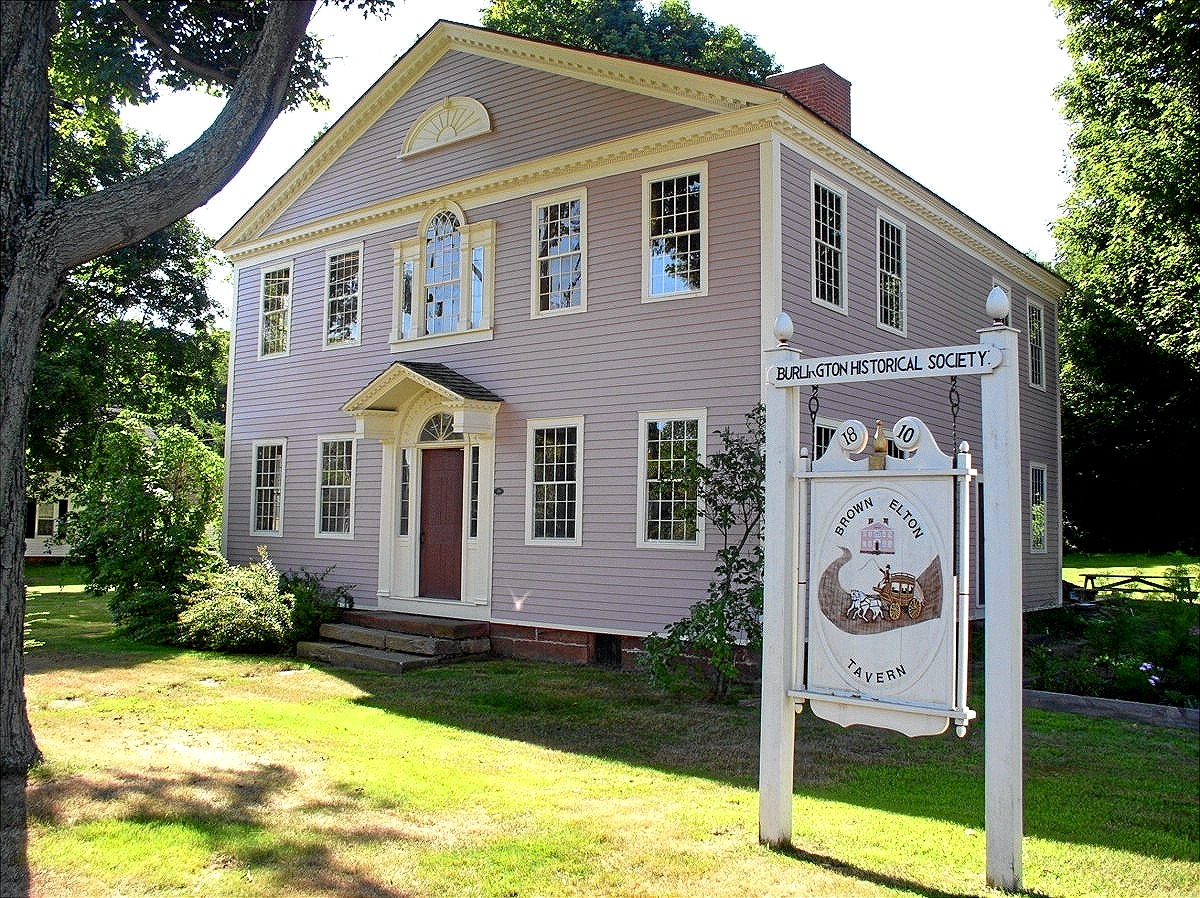
Burlington
Defined by its natural environment, the town of Burlington is on the western edge of central Connecticut’s Hartford County borders the Farmington River, and is home to Sessions Woods Wildlife…
Read
East Haddam
…Early commerce and industry included timber farming, shipbuilding, tanneries, and blacksmiths, and by the mid- 1800s retail shops, taverns, and mills proliferated in the area. Today, the town is home…
Read
East Hampton
…became known as “Belltown, USA” as Bevin Brothers Manufacturing Company (which still operates in town) and others made bells for sleighs, farm animals, and other uses. Renamed East Hampton in…
Read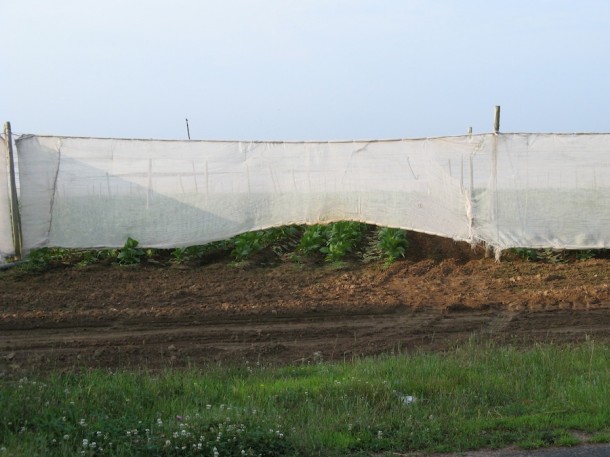
East Windsor
…tobacco became a dominant crop. Now, newer forms of commerce make up East Windsor’s economic base, but still-active drying sheds and farms speak to agriculture’s ongoing importance in the town….
Read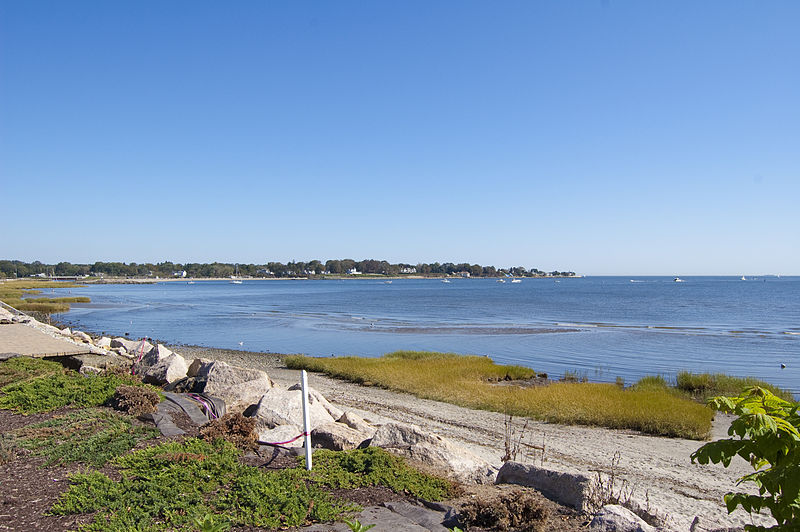
Milford
…originally included what would become the towns of Orange and West Haven. By 1822, Orange separated and what remained of Milford was a successful shipbuilding, oystering and farming community, as…
Read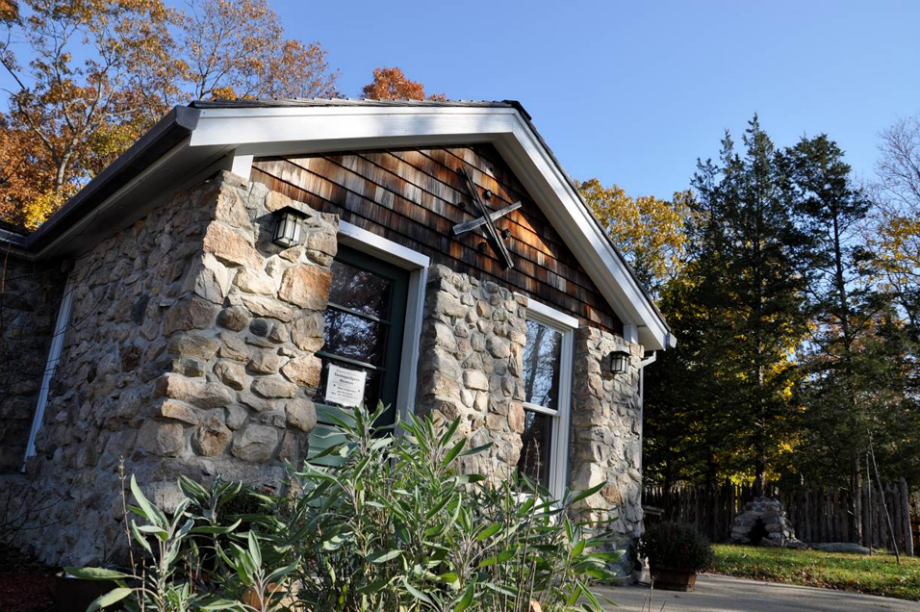
Montville
…terrain made farming difficult, but the abundant waterways allowed for diverse manufacture. Early industry included mills and factories and the making of bog ore into iron. By the late 19th…
Read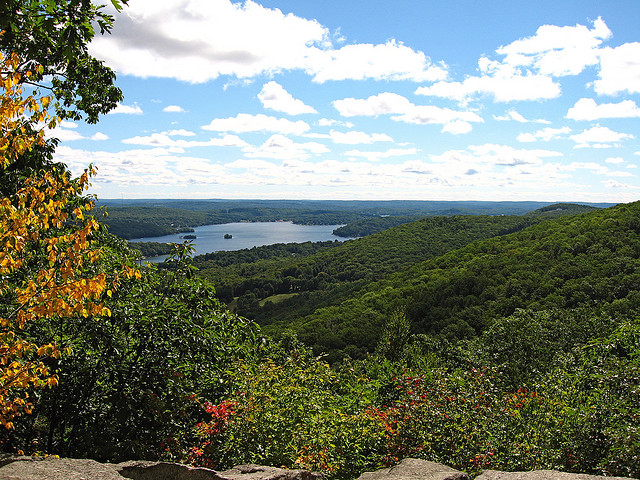
New Fairfield
…early residents farmed and maintained small enterprises. The heavily wooded terrain of its Big Basin area supported a modest timber industry until the 1920s when Connecticut Light & Power flooded…
Read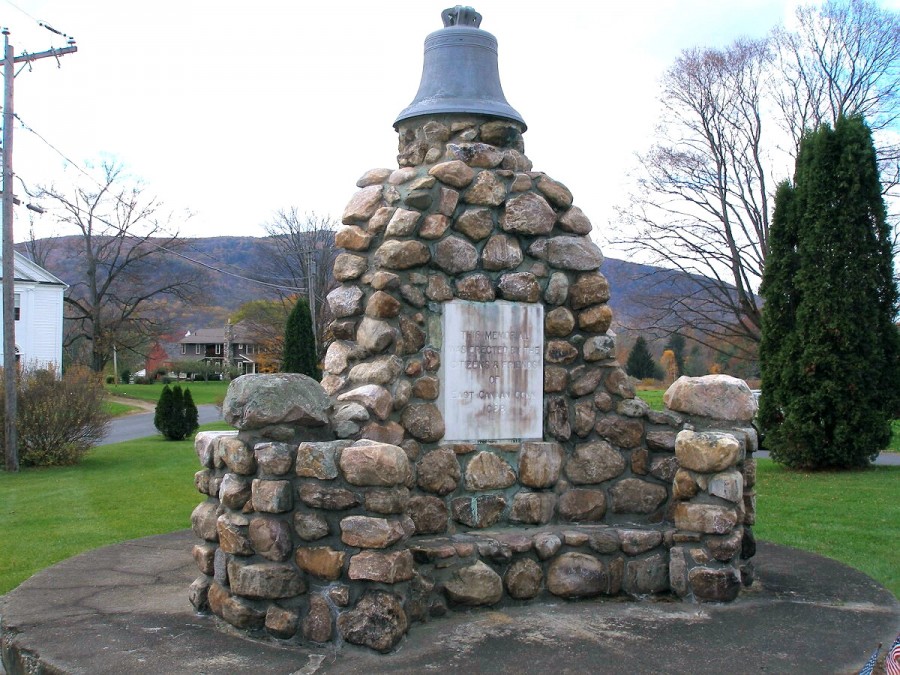
North Canaan
…included iron production. During the 19th century and into the 20th, agriculture and dairy farming were the town’s mainstays, and the Borden milk factory, located within the town’s borders, processed…
Read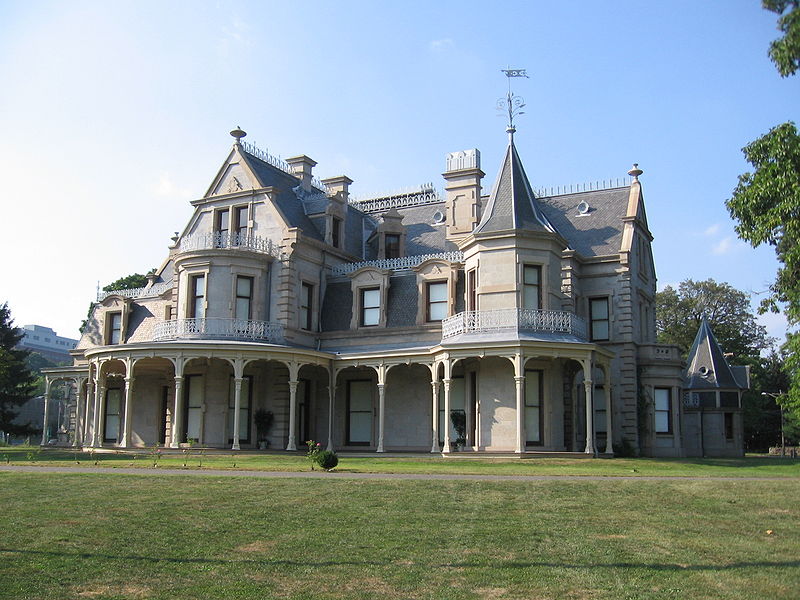
Norwalk
…During the Revolutionary War British forces under General Tryon nearly destroyed the entire town. By 1880, oyster farming dominated local industry and Norwalk had the largest fleet of steam-powered oyster…
Read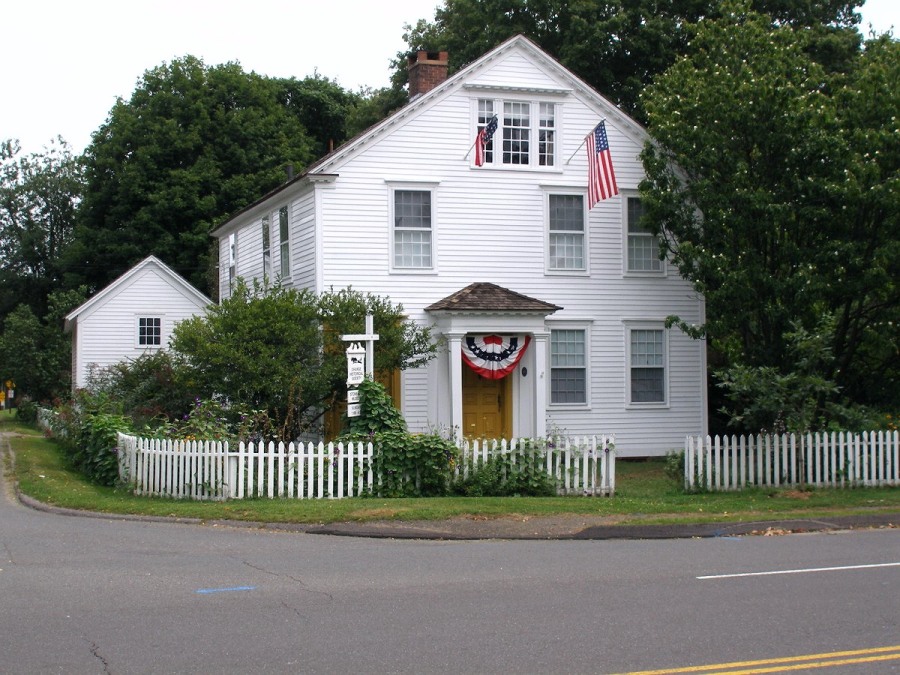
Orange
…Farms, the town separated from Milford and incorporated in 1822. Named after King William III, the Prince of Orange, the town remained rural throughout the 19th century but quickly suburbanized…
Read
Putnam
…Israel Putnam. As with many New England towns, Putnam’s growth came from its river, the Quinebaug. In the mid-1700s, grist and saw mills supported the local farming economy. By 1855,…
Read
Salem
Located in New London County in the southeastern part of the state, the town of Salem incorporated in 1819 from parts of Colchester, Lyme, and Montville. Early on, farming made…
Read
Sharon
…it after the Plain of Sharon, a fertile region mentioned in the Bible. Iron manufacture sustained Sharon, and in the early 1800s town resident Asahel Hotchkiss produced home and farm…
Read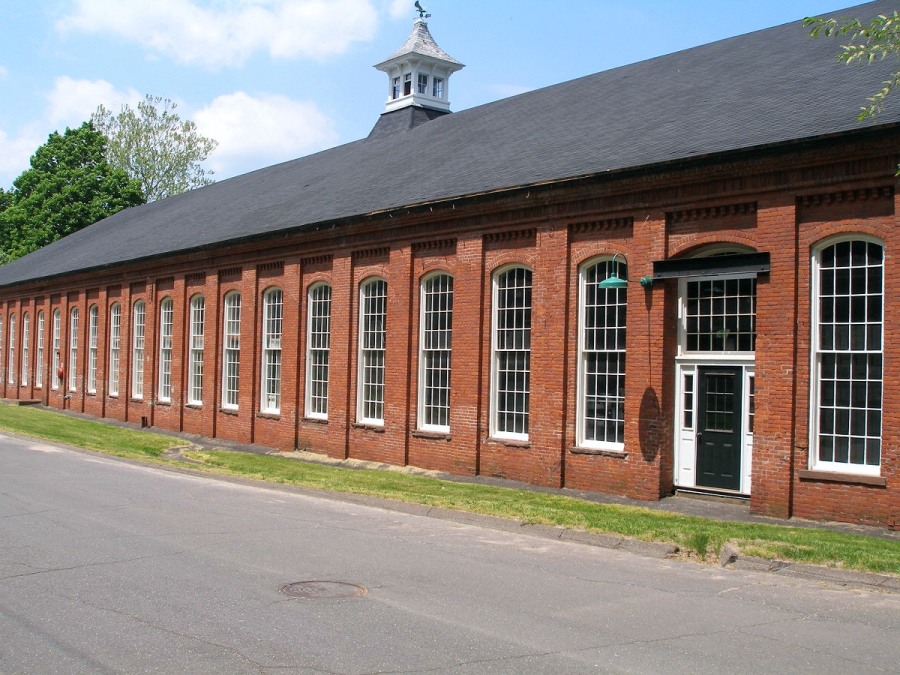
Simsbury
The Farmington River and Talcott Mountain run along the eastern edge of Simsbury, a town situated in northern Hartford County near the state’s border with Massachusetts. This area, known to…
Read
Elihu Burritt Born – Today in History: December 8
…Elihu Burritt was born in New Britain, Connecticut, to a farming family. At age 17 Burritt became an apprentice blacksmith. While working this trade, he taught himself almost 50 foreign…
Read
Colonial Revival Movement Sought Stability during Time of Change
…female architect Theodate Pope Riddle collaborated with the architectural firm of McKim, Mead & White in 1898 to build a sprawling summer retreat for her parents in Farmington, Connecticut, she…
Read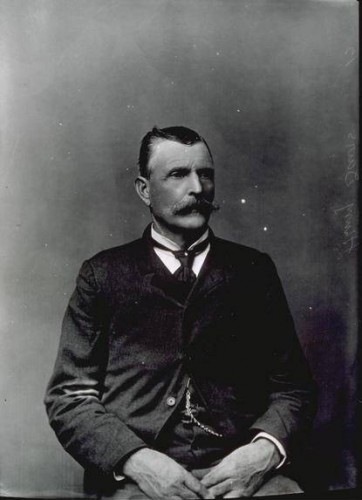
Cleopatra’s Needle and Groton’s Captain Davis – Who Knew?
…and its Betrayal by Elbert Farman Originally one of a pair built to honor the Pharaoh Thutmose III, the obelisk measured 69 feet long and weighed 240 tons, making it…
Read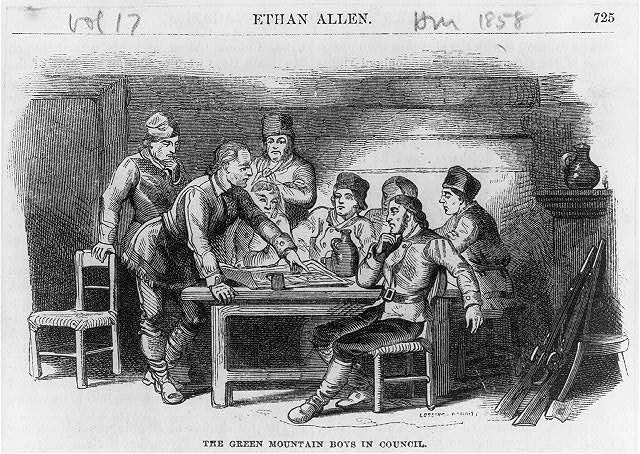
Ethan Allen Born – Today in History: January 10
On January 10, 1738, future hero of the Revolutionary War Ethan Allen was believed to have been born to a farming family in the frontier village of Litchfield, Connecticut. By…
Read
Business and Industry
…from textiles to edge tools and cars. Now, aerospace, bioscience, and other technological ventures add to an economic base that still includes farms and businesses more than a century old….
Read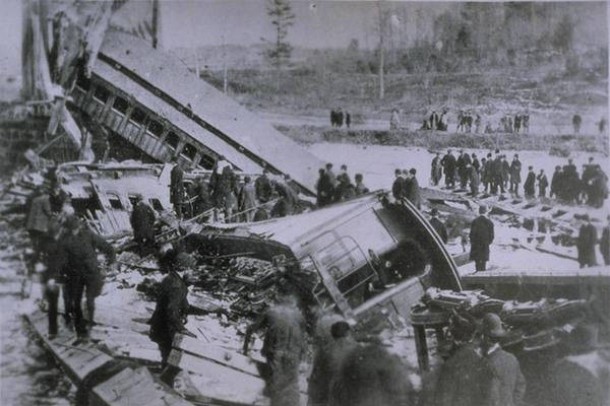
The Tariffville Disaster – Today in History: January 15
On January 15, 1878, at about 10:00 in the evening, a span of the Tariffville Bridge gave way, plunging a Connecticut Western Railroad train into the Farmington River 20 feet…
Read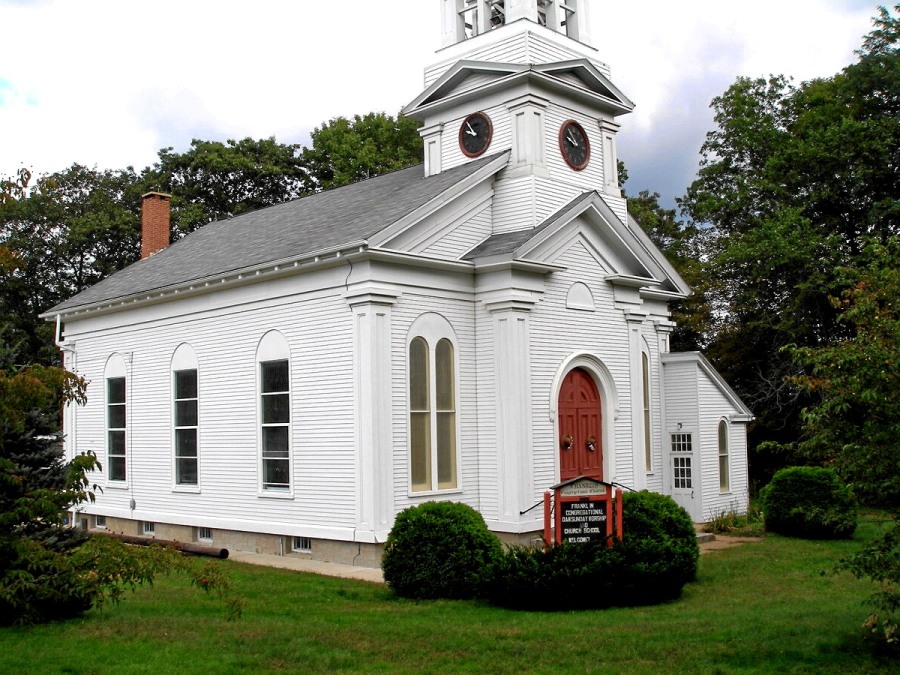
Franklin
Originally called West Farms, the town of Franklin in the New London County hills of east-central Connecticut separated from Norwich and incorporated in 1786. It took its new name in…
Read
Rex Brasher Dies – Today in History: February 29
…a 150-acre farm in Kent, Connecticut, calling it Chickadee Valley. By 1924 Brasher had completed his series of paintings and attempted to have his work published, but the cost of…
Read
Women
From their unsung labors to society-changing accomplishments, Connecticut’s women have contributed to diversified fields of endeavor. During colonial times, they kept farms, homes, and businesses running—despite restrictions that then, and…
Read
Little Sorrel, Connecticut’s Confederate War Horse
A foal born on a farm owned by Noah C. Collins on Pink Street (now Springfield Road) became one of the most famous residents of Somers, Connecticut, and a legendary…
Read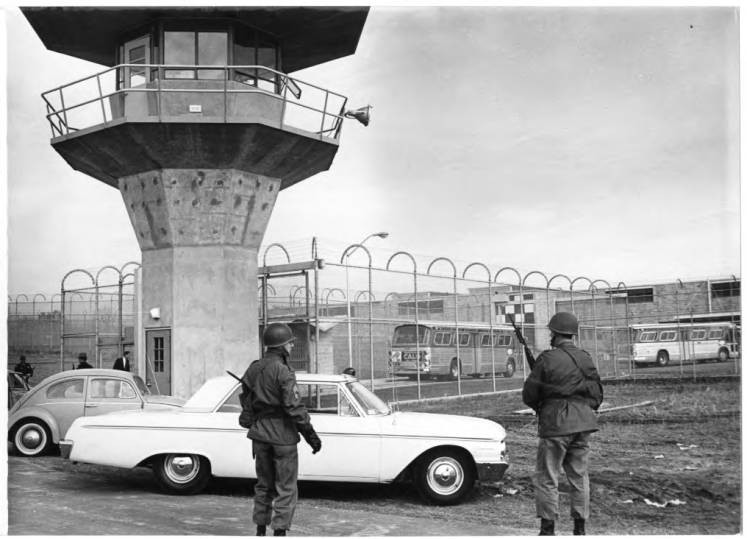
Osborn Correctional Institution
…Connecticut Correctional Institution was reorganized into a medium-security prison and renamed the Osborn Correctional Institution. It took its name from the Osborn Prison Farm, a large rural tract of land…
Read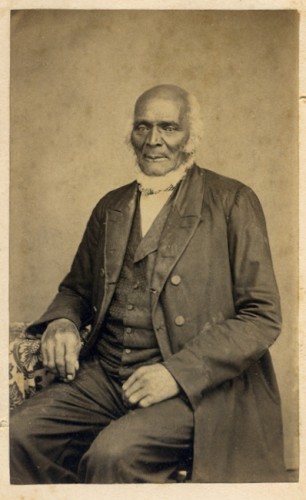
James Mars’ Words Illuminate the Cruelty of Slavery in New England
…Written by Himself In about 1845, Mars moved with his family to Pittsfield, Massachusetts, where he purchased land. He farmed, schooled his children and stayed involved with black reform and…
Read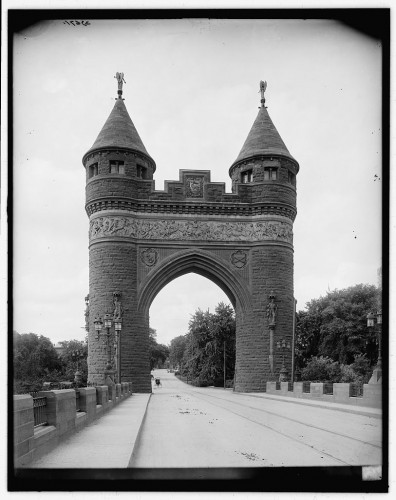
The Soldiers and Sailors Memorial Arch, Hartford
…war participants by highlighting peacetime trades common to the era. The original six sculptures included a farmer, blacksmith, scholar, merchant, mason, and carpenter. A freed slave, however, replaced the merchant…
Read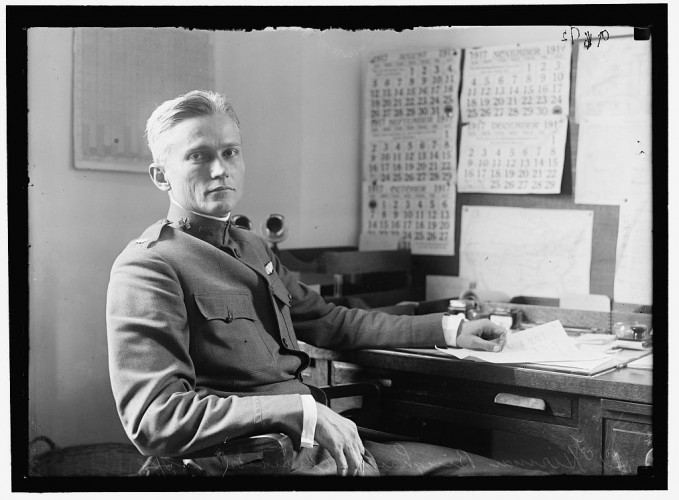
Hiram Bingham III: Machu Picchu Explorer and Politician
…almost 500 years. This majestic landscape is dotted with granite temples and palaces and, perhaps most famously, a series of terraced farms arranged down the side of the mountain. Bingham…
Read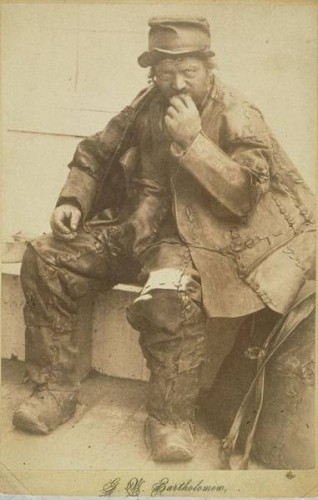
The Old Leatherman Alive in Our Memories
…clearly depicted in the several existing photographs of him, the Leatherman subsisted on the generosity of the region’s townspeople and farmers who came to know him. For all of the…
Read
Sylvester Poli, Negotiating Cultural Politics in an Age of Immigration
…from the cruel world of economic calamity. Dr. Rafaele Fierro is an Associate Professor of History at Tunxis Community College in Farmington, Connecticut, and is the son of Italian immigrants….
Read
Bradley International Airport Transforms Windsor Locks into Regional Gateway
…state purchased 1,700 acres of tobacco farmland in Windsor Locks and leased the site to the federal government. Soon an army air base was constructed on the site, named in…
Read
Raise a Glass to Winemaking in Connecticut
…1978 Connecticut legislature passed the Farm Winery Act that permitted winery owners to sell their products wholesale and to the public. Soon after, wineries throughout Connecticut began to cultivate vines…
Read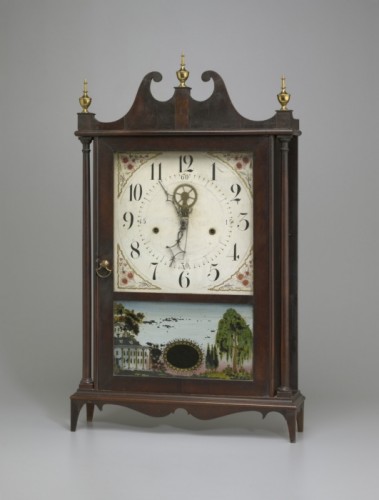
The Life of Chauncey Jerome: An Insider’s Look at What Made Early Bristol Tick
…home at age 11 after his father’s death forced him to seek a trade to earn his keep. He tried farming and carpentry before finding the work he loved best:…
Read
New Britain Plays Part in the Underground Railroad
…way through New Britain, Farmington, and Middletown on their way to Canada. Of the 22 identified Underground Railroad agents in Hartford County at this time, nine were residents of New…
Read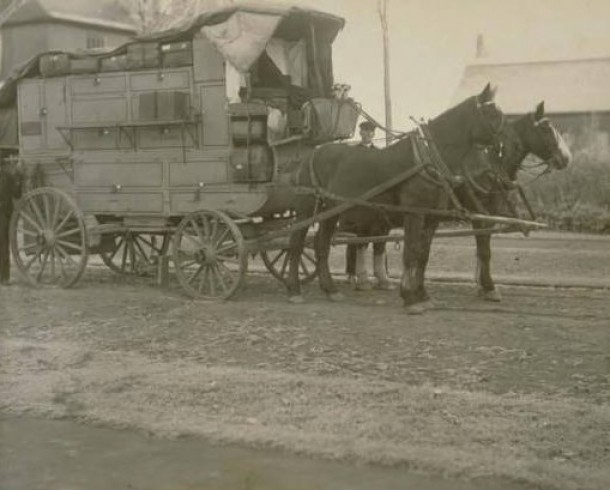
New Britain’s Yankee Peddlers Boost 18th-century Economy
Around the year 1740, brothers William and Edward Patterson (or Pattison) arrived in New Britain from Scotland in search of a new life. Unable to find suitable land for farming,…
Read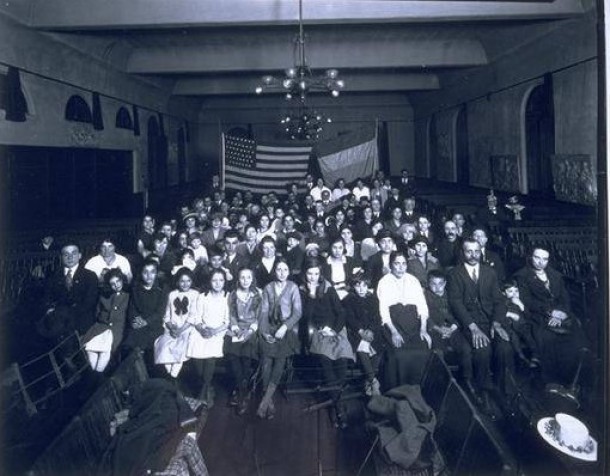
Immigration
…Connecticut offered to newly arrived immigrants was the chance to work on farms, in brass and textile mills, in iron foundries, and in firearms factories. Today, new populations arriving from…
Read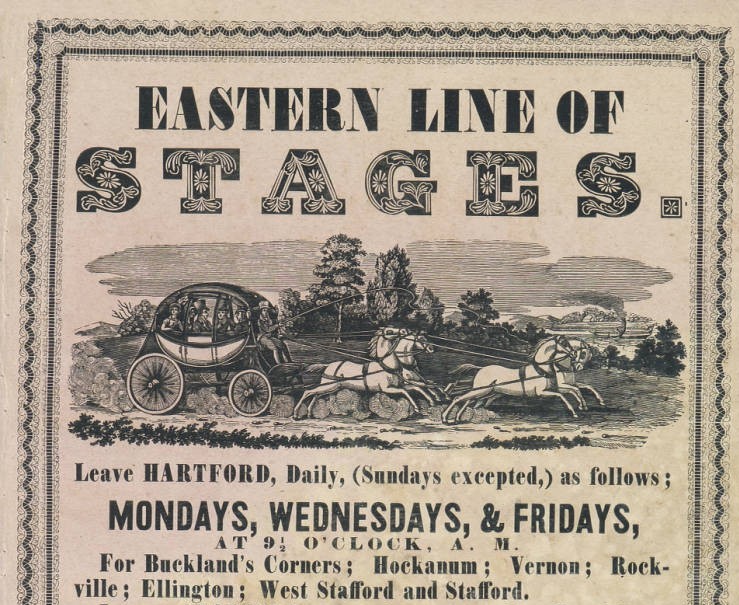
Stagecoach Sustained Commerce and Communication in 1800s
…individuals: proprietors, drivers and ticket agents, coach manufacturers and blacksmiths, tavern owners and stable hands, and the farmers who raised the horses and grew the oats, corn, and hay that…
Read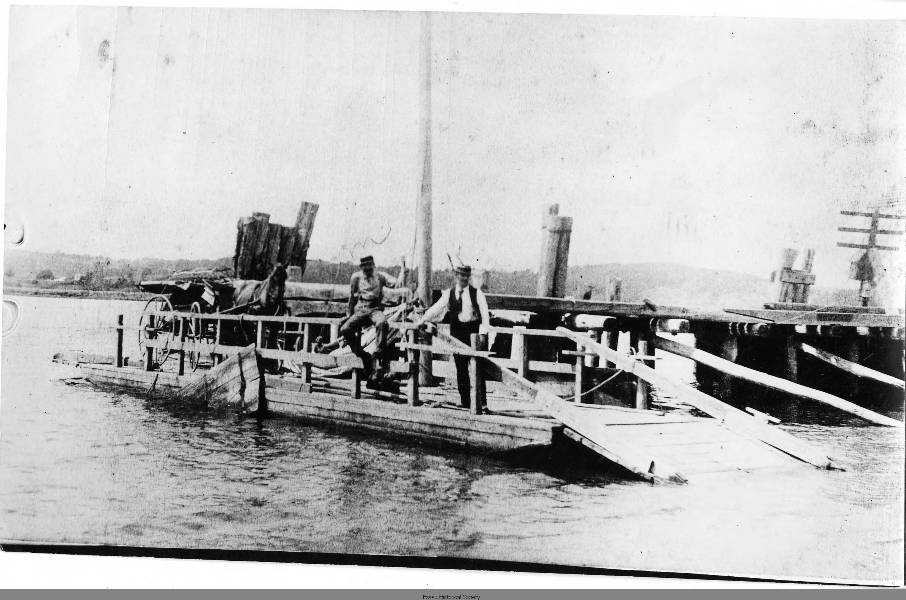
Ferry Boats a Way of Life in Early Connecticut
…livestock back and forth. In January 1755, he noted, in his usual shorthand, “Carry over the ferry 6 young Cattle in order to go to the farm to morrow.” He…
Read
Sarah Kemble Knight’s Journey through Colonial Connecticut
…be “the most salvage [savage] of all the salvages of that kind.” As for African Americans, she thought Connecticut farmers “too Indulgent … to their slaves: sufering too great familiarity…
Read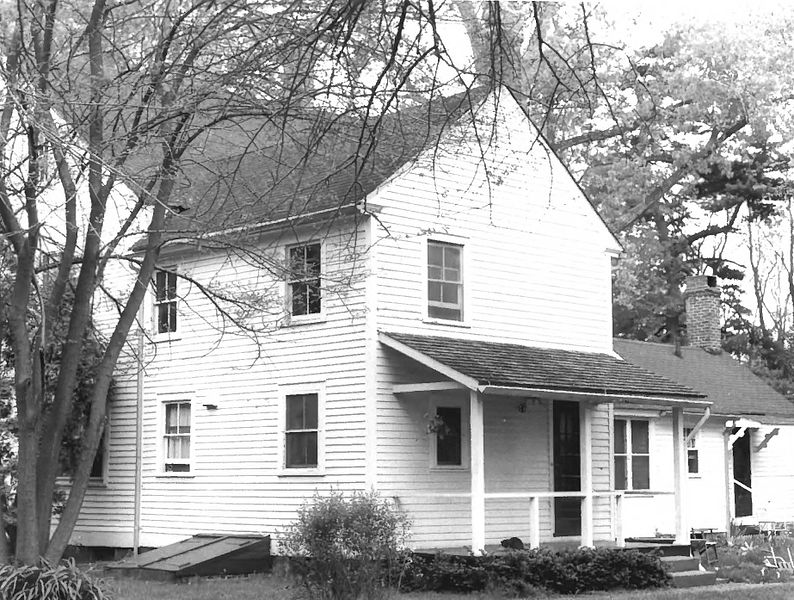
The Smith Sisters, Their Cows, and Women’s Rights in Glastonbury
…or the farmers who leveled their muskets at Concord.” Without the sisters’ knowledge or permission, he reprinted Abby’s entire speech and set up a defense fund in her name. Soon,…
Read
Noah Webster and the Dream of a Common Language
…and Mercy Steel Webster. Noah was one of five children and grew up on his father’s farm. Detail of a lesson from The American spelling book by Noah Webster Webster’s…
Read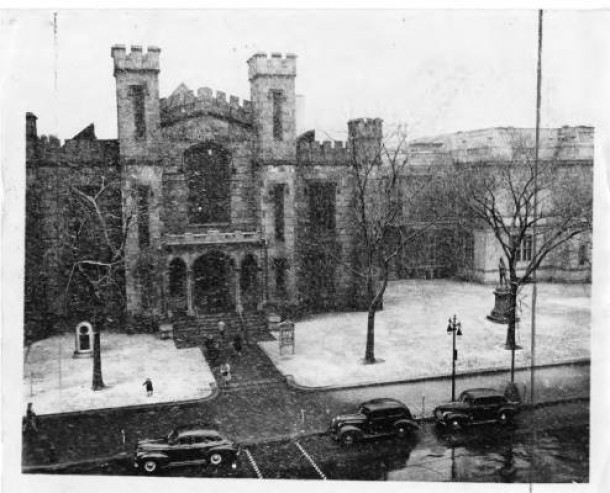
The Atheneum Joins War Effort – Who Knew?
…valuable of its art treasures to Farmington, where art collector James Soby maintained a storage vault. Art as Remedy for “War Jitters” The Wadsworth Atheneum, which in this period also…
Read
The Windsor Economy: A River Ran Through It
…(Flax provided fiber for making cloth while its seeds served for planting and, when crushed, as an ingredient in paint and printers ink.) Nearby farmers gathered flaxseed and sent it…
Read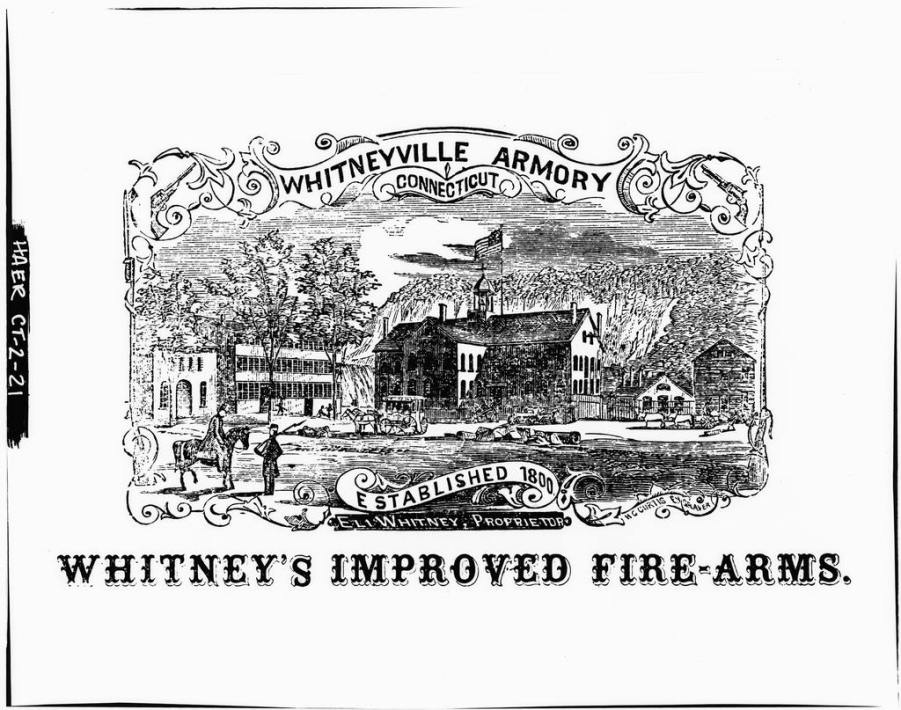
The Whitney Armory Helps Progress in Hamden
…early 19th century but also contributed to the evolution of mass-produced firearms. An Inventive Mind Born in 1765, Whitney spent his youth working on his father’s farm and in his…
Read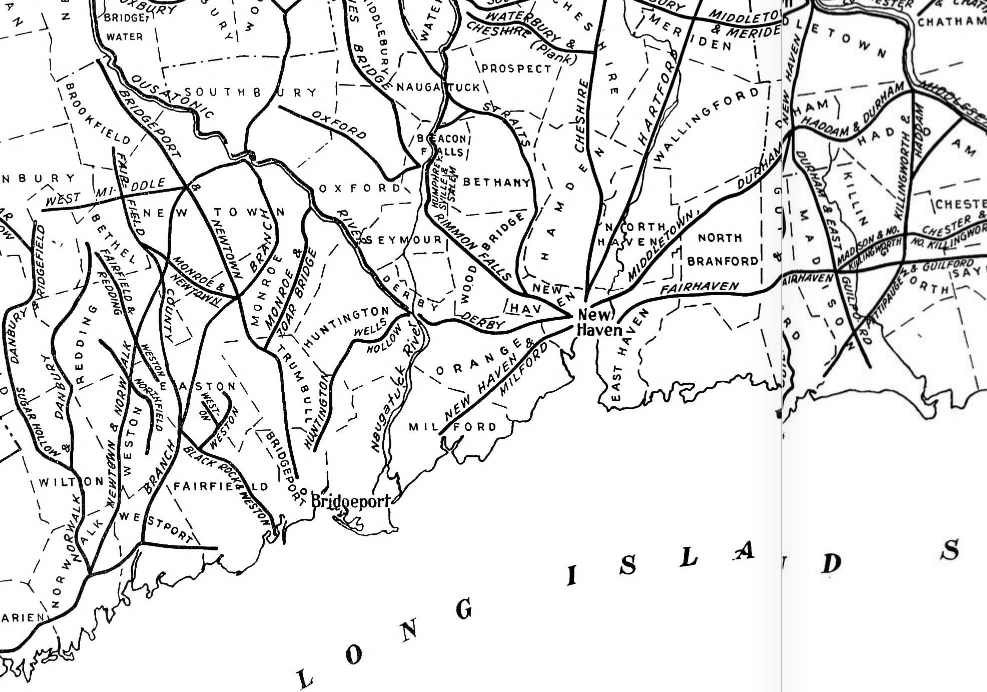
Oxford: From Paths to Pikes
…farmers began demanding better roads on which to export their surpluses. Foot paths became bridle trails and then cart tracks, eventually evolving into the roads and highways traveled by residents…
Read
Bradley Airport’s Military Origins
…In response, the state of Connecticut purchased 1,700 acres of tobacco farmland in Windsor Locks and leased it to the federal government. This new base became Bradley Field and served…
Read
Waste Not, Want Not: The Colonial Era Midden
…place outside of standing old houses, in farmer’s fields, or even right next to the curb of a busy interstate that was once a colonial road. For artifacts and features…
Read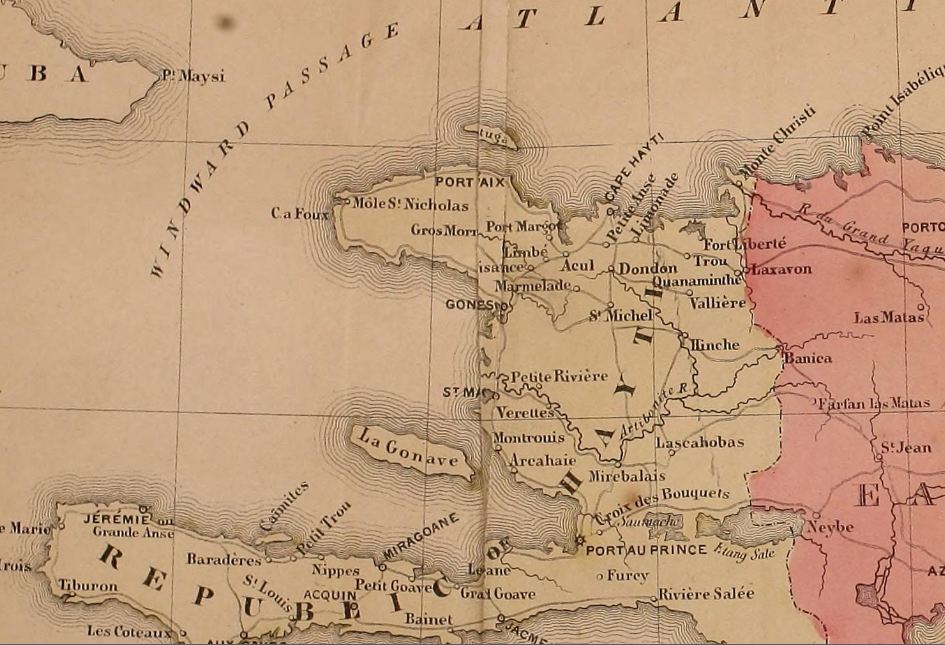
Ebenezer Bassett’s Historic Journey
…1850s the family returned to the lower Naugatuck Valley and farmed land on Great Hill along the banks of the Housatonic River belonging to Dr. Martin Bull Bassett of Derby….
Read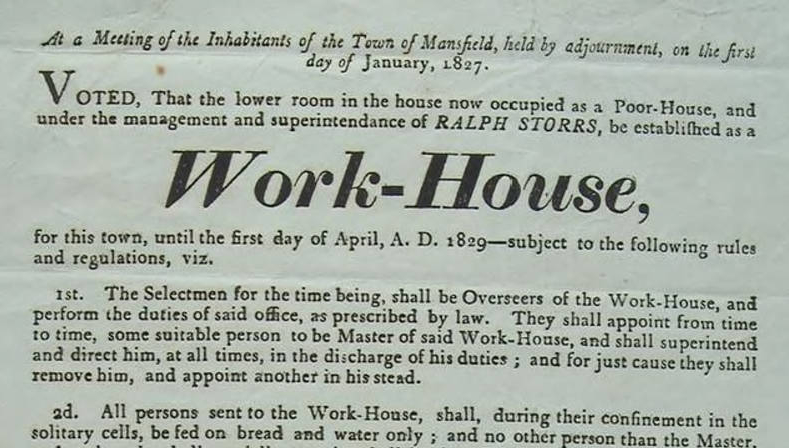
Connecticut Poor Law Aimed to Care for the Needy
…Society Town poor farm, East Windsor or South Windsor, ca. 1880s – Connecticut Historical Society By the start of the 18th century, the laws began evolving to meet the changing…
Read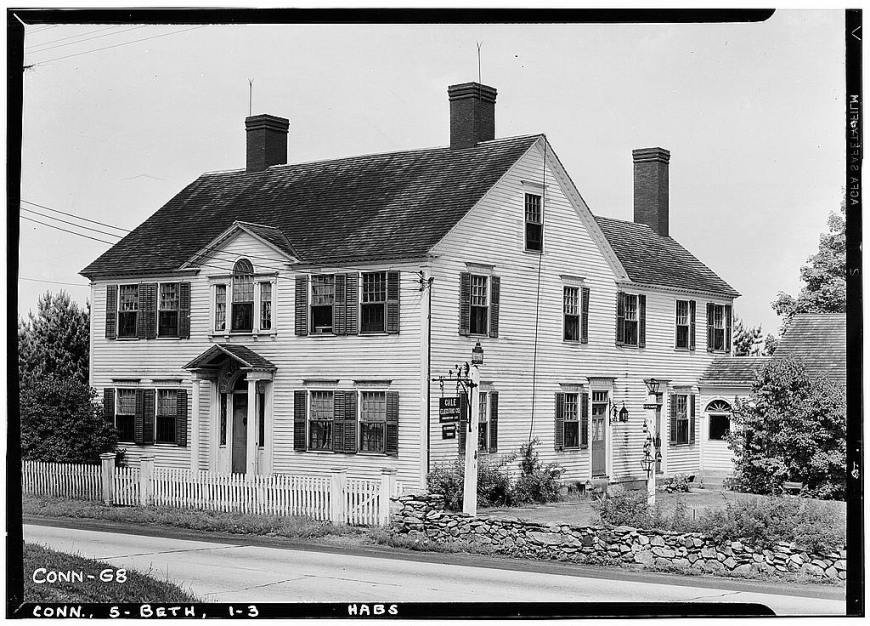
The House That Hoadley Built
The Wheeler-Beecher House, sometimes referred to as the Hoadley House, is located on Amity Road in Bethany. Built at the start of the 19th century for Darius Beecher—a wealthy farmer…
Read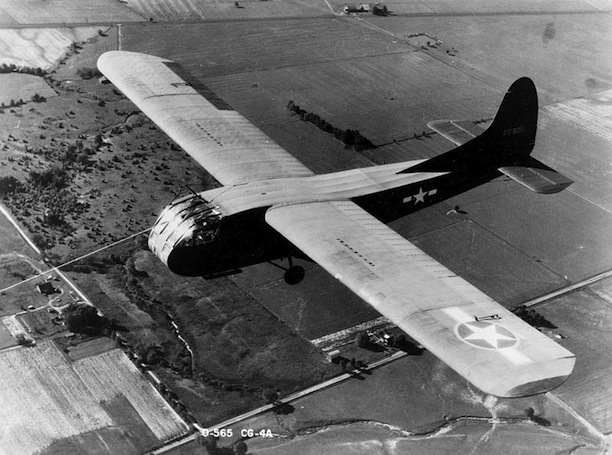
Daring World War II Escape of a Bethany Soldier
…John Dempsey Hospital in Farmington in 1987 at the age of 64. Gregg Mangan is an author and historian who holds a PhD in public history from Arizona State University….
Read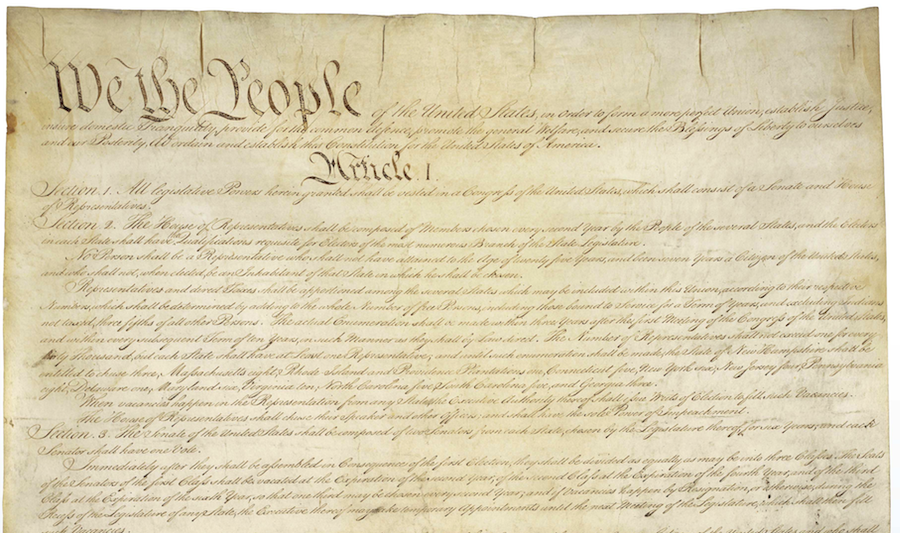
Connecticut Ratifies US Constitution – Today in History: January 9
…governments. In Connecticut, as elsewhere, the dividing line typically placed merchants and those of the wealthier, more urbane social strata in opposition to farmers and those from rural areas. The…
Read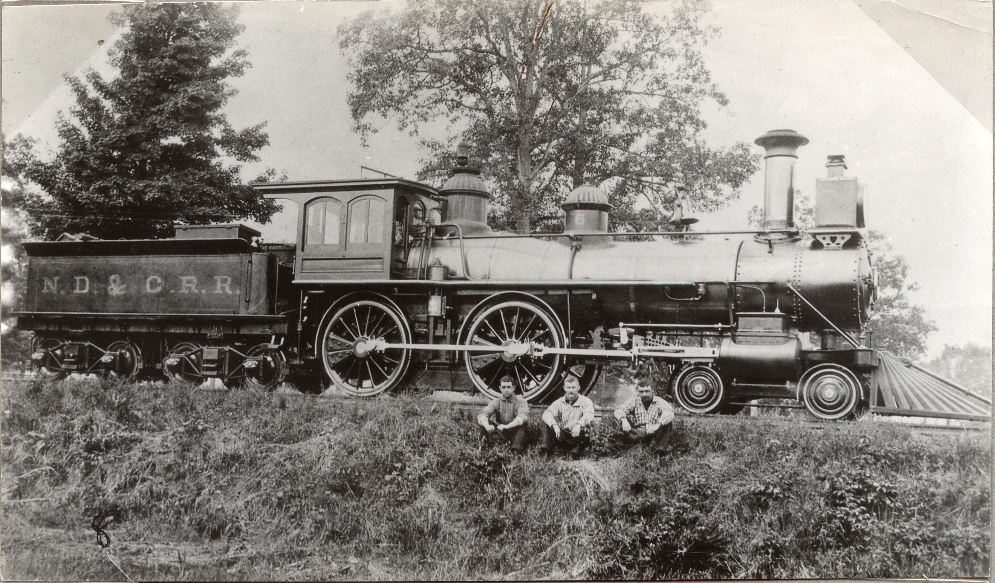
Rails and Paper Trails
…and farms—first to the financial centers of New York and Boston and, eventually, to points far beyond New England as the rail system spread across the country. New York and…
Read
Dr. King’s Dream Had Roots in Connecticut
In the summer of 1944 a young Martin Luther King Jr. worked at the Simsbury tobacco farm of Cullman Brothers, Inc. Like many other African American students from the South…
Read
The Peace Movement in Litchfield
…railroad station seven miles away, industrial efforts had moved to Torrington, Winsted, and Waterbury along the Naugatuck River. The majority of the 3,200 residents ran small agricultural and dairy farms…
Read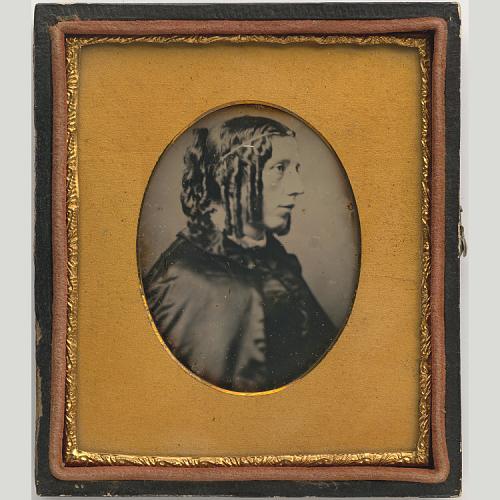
The Most Famous American in the World
…abolished in 1834) and other European countries, Uncle Tom’s Cabin was also widely read—by poor farmers and the working middle class, by wealthy landowners and nobility. The book’s easy accessibility…
Read
Connecticut’s Sleepy Hollow
…“The inhabitants of Milford are mostly farmers, and retain in an eminent degree the manners of the primitive settlers. It being difficult to change long established habits, they are not…
Read
John Rogers was a 19th-Century Sculptor for the Common Man
…of the 19th century. His 1870 sculpture Coming to the Parson sold 8,000 copies. His 1875 Checkers Up at the Farm sold an additional 5,000 copies. All of this success…
Read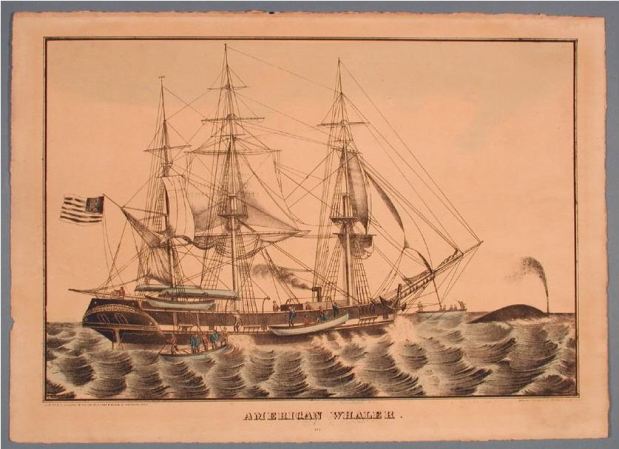
New London’s Indian Mariners
…Hill (present-day North Stonington), the Mohegan in present-day Montville, Niantic in present-day East Lyme, Wangunk in Middletown, Tunxis in Farmington, Paugussett in Derby, and Schaghticoke in Kent. The loss of…
Read
Nancy Toney’s Lifetime in Slavery
…to Reverend Andrew Eliot, minister of the First Congregational Church in Fairfield (then called Christ’s Church). Her father, Toney, belonged to Jeremiah Sherwood in nearby Green Farms. Church records show…
Read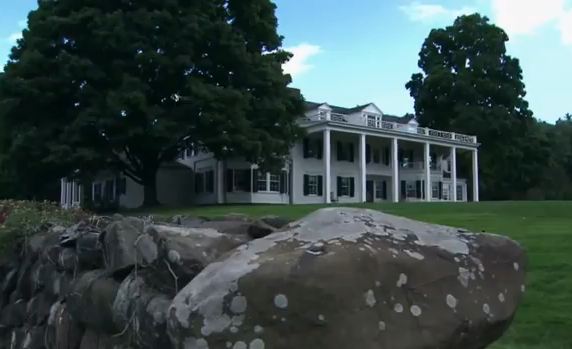
Video – Connecticut’s Cultural Treasures: Hill-Stead Museum
YouTube – CPTV – Created by the Connecticut Public Broadcasting Network and the Department of Economic and Community Development….
Read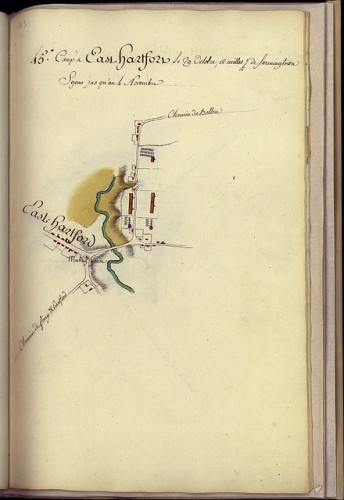
Map – Rochambeau’s Camp at East Hartford
This map, “Camp à East Hartford, le 29 Octobre, 12 milles 1/2 de Farmingtown,” is a page from the manuscript atlas Amérique Campagne 1782. The volume, one in a series,…
Read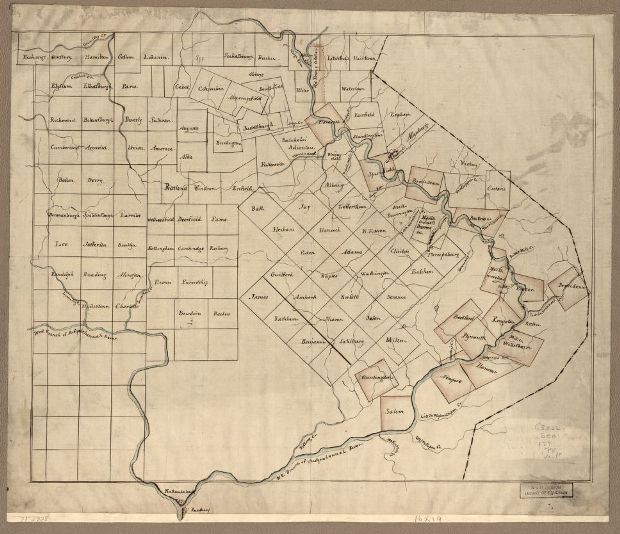
The Susquehanna Settlers
…Wyoming Valley in northeastern Pennsylvania. A shortage of farmland and a growing population had encouraged some in Connecticut to revisit the terms of the colony’s original land grant, the Charter…
Read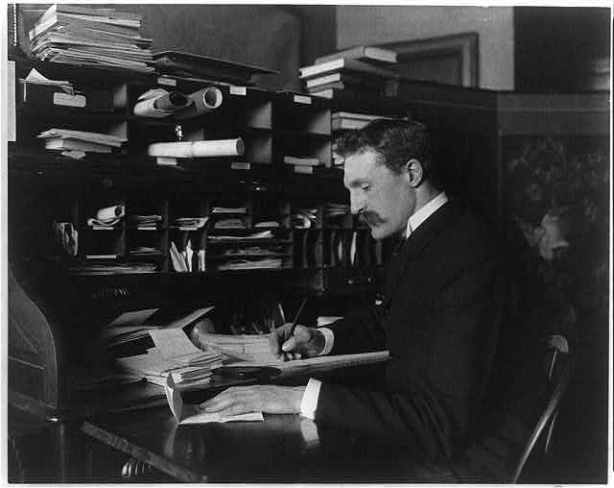
Gifford Pinchot: Bridging Two Eras of National Conservation
…Kings Canyon National Park in California and Gifford Pinchot State Park in Lewisberry, Pennsylvania, also honor him. In Simsbury, beside the Farmington River, grows the largest known tree in Connecticut…
Read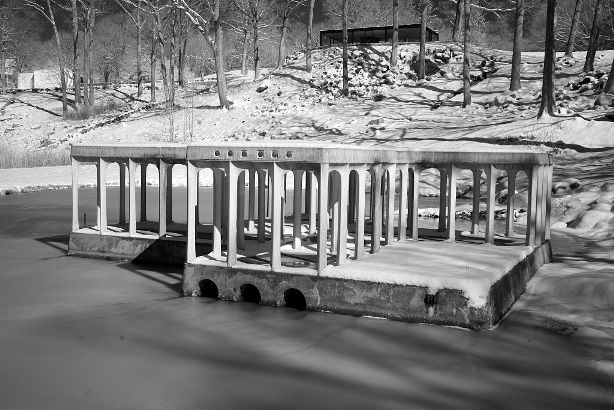
Philip Johnson in His Own Words
…designed the estate that is now Hill-Stead Museum in Farmington. Robert Stern, a protégé of Johnson’s and now the dean of the Yale School of Architecture, interviewed his mentor in…
Read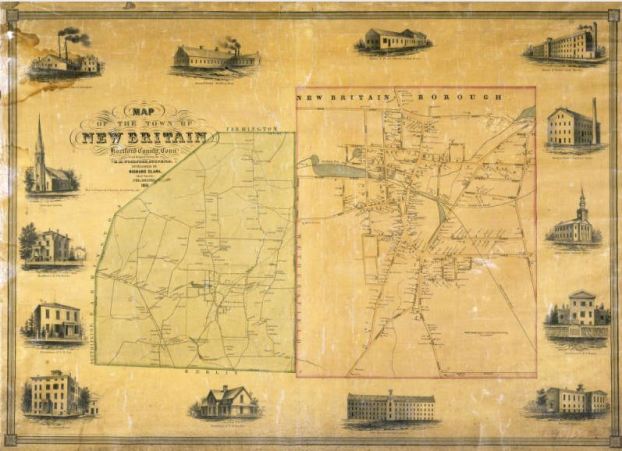
“A Noble and Precious Life”: Edgar M. Woodford, Civil Engineer, Abolitionist, and Soldier
…M. Woodford. Edgar M. Woodford was born April 15, 1824, in Avon, Connecticut, where his family had a farm. Self-taught as a civil engineer, Woodford became county surveyor for the…
Read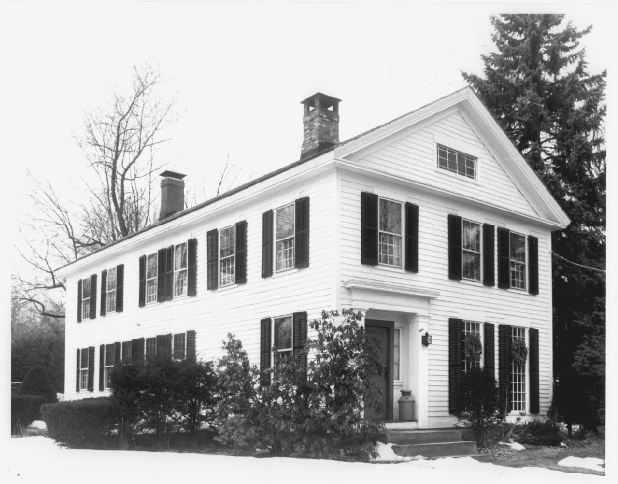
The Frost House Once Offered Travelers a Warm Welcome
…Clark Brothers Bolt Company. Philo leased the house to bolt manufacturing pioneers Micah Rugg and Levi B. Frost. Frost, a blacksmith who specialized in shoeing oxen and selling farming supplies,…
Read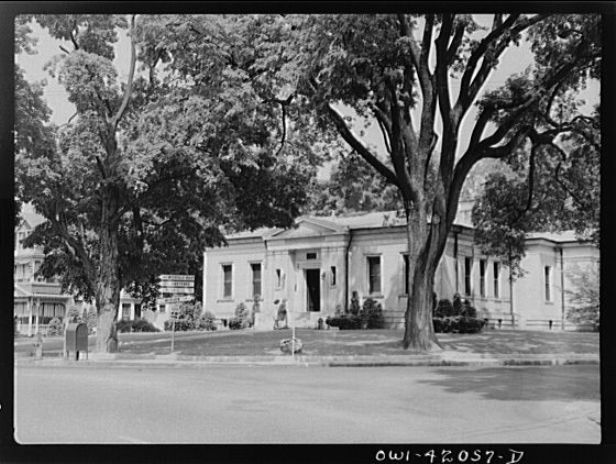
A History of Libraries Speaks Volumes About Southington
…the founding of the Southington Public Library. A small library opened in the Town Hall in June of 1900—housing approximately 1,300 books. Shortly after, Lucius V. Walkley, a dairy farmer…
Read
Calder in Connecticut: World-Famous Artist Called Roxbury Home
…wife Louisa James moved to Connecticut in 1933. They purchased an old farmhouse in Roxbury, painted the main house flat black, and converted the old ice house into a studio…
Read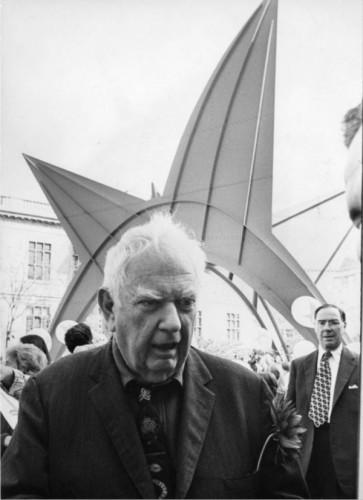
A World in Motion: Artist and Sculptor Alexander Calder
…in Europe, the Calders decided to leave Paris for the United States. After searching the countryside around New York, they bought a 17th-century farmhouse in Roxbury. Inspired by the open…
Read
The Shoe Box Murder Mystery
By Gregg Mangan On the morning of August 8, 1886, on a walk through the Parker farm district of Wallingford, Edward Terrill and his dog uncovered what appeared to be…
Read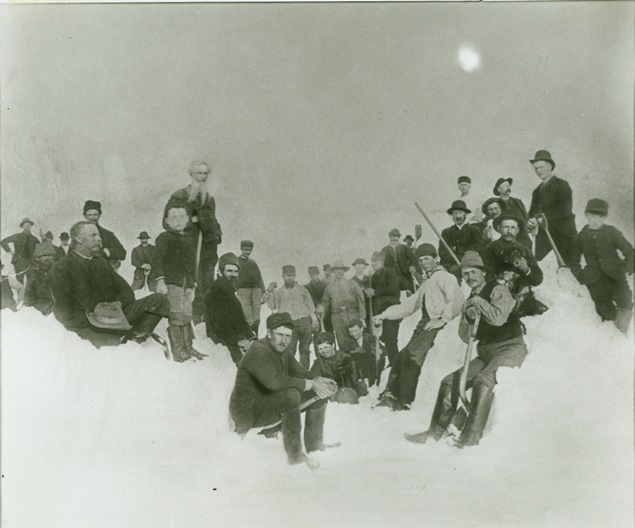
Blizzard of ’88 Shuts Greenwich Off from Outside World
…no communication with the outside. The first sleigh that came into the village on Wednesday was carrying milk from Dayton’s farm in Greenwich. Villagers were supplied until the stock ran…
Read
Harkness Memorial Park Offers a Glimpse into Early 20th Century Wealth
…The 200-acre property was a working farm with chickens and dairy cows and a vegetable garden that supplied fresh produce to the family both in Waterford and in New York…
Read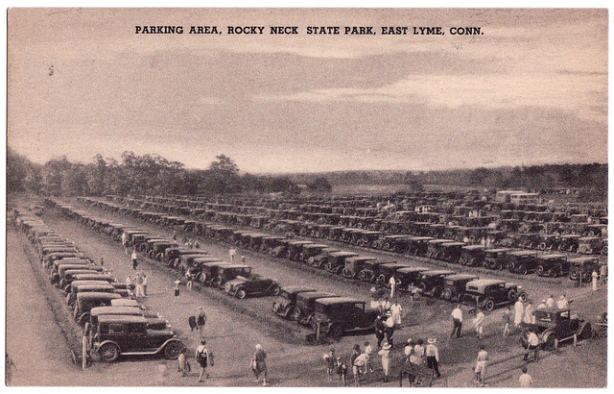
Abundant Wildlife Drives the History of Rocky Neck State Park
…offered, the area around Rocky Neck State Park proved popular with Native groups and early European settlers alike. By the 1800s, local farmers utilized these resources by hauling seaweed and…
Read
Gallows Lane and the Execution of Barnett Davenport
…he had simply had enough of war, Davenport deserted and returned home. Robbery, Arson, and Murder He took a job with Caleb Mallory, a farmer who operated a grist mill…
Read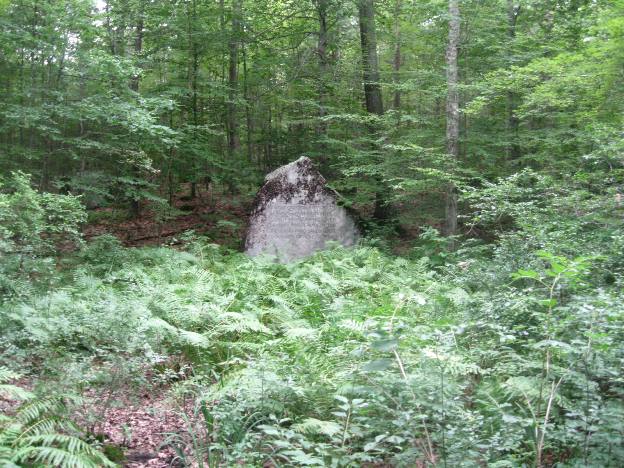
Alain and May White Memorial Boulder
…half century to acquiring additional lands for a preserve dedicated to the memory of their parents. Those acquisitions included the Babbit farm along today’s Route 63, on which this boulder…
Read
Putting Cleveland on the Map: Lorenzo Carter on the Ohio Frontier
…Carter to take responsibility for his mother and siblings at a young age. Consequently, Carter received limited formal education before embarking on a career as a farmer. Unsatisfied with tilling…
Read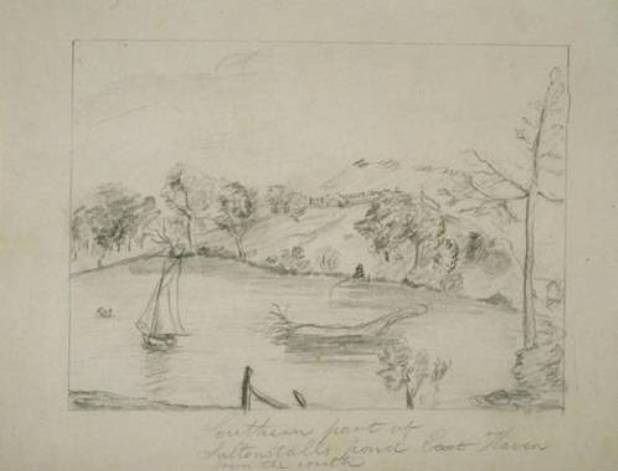
East Haven was Home to Connecticut’s First Iron Works
…Lake In 1655, with East Haven residents engaged primarily in farming, New Haven businessman Stephen Goodyear and Boston mining entrepreneur John Winthrop Jr. selected a site near the Saltonstall Lake…
Read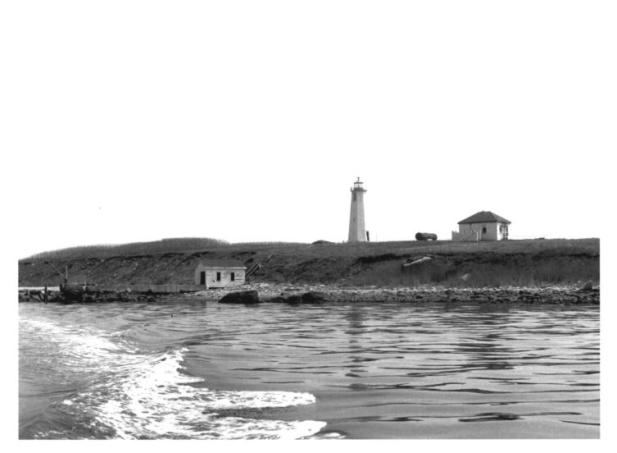
Improving Sea Transportation: Guilford Goes About it the Light Way
…the island’s rocky shoals much as it did over 200 years ago. Prior to the construction of a lighthouse on its shores, Faulkner’s island was primarily a site for farming…
Read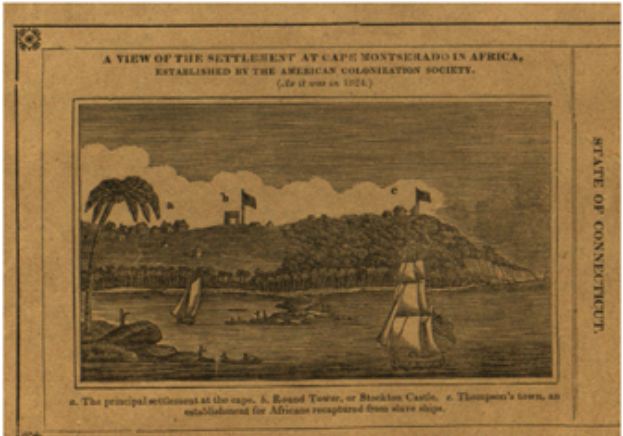
Liberian Independence Day
…there were more than 2,500 settlers there. Eventually 18,000 Americans of African descent would emigrate to Liberia. Charlotte Cowles, of Farmington, mentioned in a letter to her brother Samuel that:…
Read
Hidden Nearby: Henry Obookiah’s Cornwall Grave
…Hawaiians. While a student in Cornwall, Opukaha’ia worked on farms in Torrington and Litchfield to support himself. The Litchfield community encouraged Henry to systemize the Hawaiian language through the writing…
Read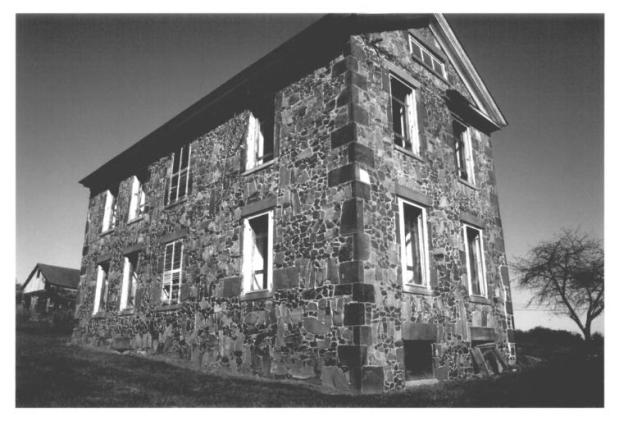
Restoring a Unique Piece of Bloomfield History
The Oliver Filley House in Bloomfield, Connecticut, is a two-story farmhouse designed in the Greek Revival style. Built in 1834, the house is of stone construction (using local sources) and…
Read
Ending the Danbury Shakes: A Story of Workers’ Rights and Corporate Responsibility
…Hamilton, MD, of Harvard University, brought the issue into broader public view. (Dr. Hamilton, the first woman on Harvard’s faculty, had attended Miss Porter’s School in Farmington, Connecticut, and lived…
Read
Nellie McKnight Promotes History and Literacy throughout Ellington
Nellie McKnight was a teacher, librarian, and historian who served the town of Ellington for most of her life. Born July 22, 1894, on her father’s farm in Ellington, she…
Read
William Pinney Does It All for Ellington
…During the 1930s he served as a director for the Tolland County Farm Bureau, the Connecticut Valley Growers Association, the Connecticut Valley Hall Insurance Company, and the People’s Savings Bank…
Read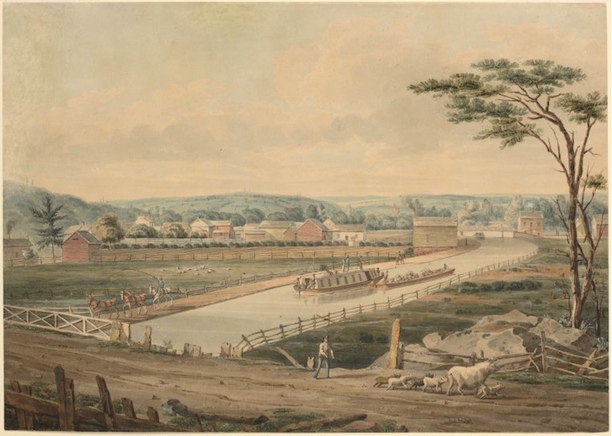
Benjamin Wright: The Father of American Civil Engineering
…Wrights moved to Rome, New York, where Benjamin’s father farmed and Benjamin took up surveying. The vast terrain of the West drew Euro-Americans and others seeking land holdings. This created…
Read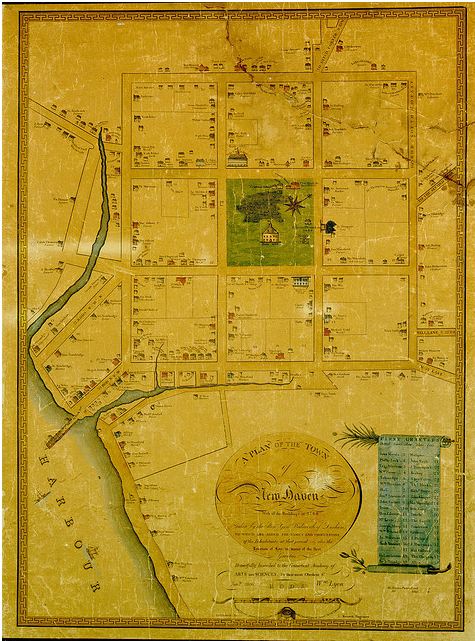
Why Was New Haven Divided into Nine Squares?
…Buckingham Map of 1830 a lock of the Farmington Canal can be seen in the lower right hand corner but the original Nine Squares have become much harder to find…
Read
Frank Duryea Drives the First Automobile in Connecticut
…farm before an interest in mechanics led him to a job as a toolmaker in Chicopee, Massachusetts. J. Frank Duryea, ca. 1945 – National Museum of American History, Smithsonian Institution…
Read
Any Month with an “R” in It: Eating Oysters in Connecticut
…a profitable business in coastal Connecticut. Oyster farmers would put down old oyster shells in an underwater field. Next, oyster “seeds,” or spawning oysters, would be planted and the larvae…
Read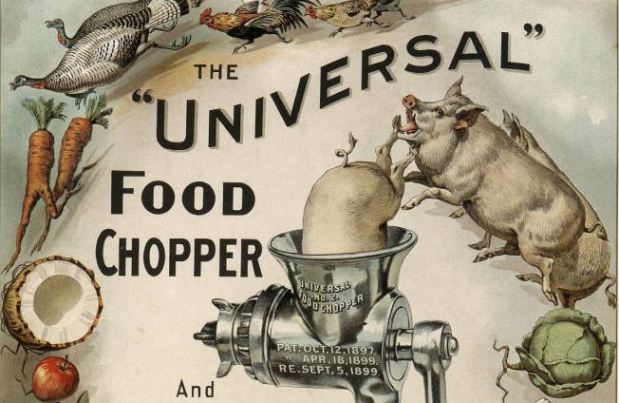
Food and Drink
…numerous corporations, including the Peter Paul Candy Manufacturing company in New Haven in 1919, the founding of Pepperidge Farm in Fairfield in the 1930s, and the opening of the first…
Read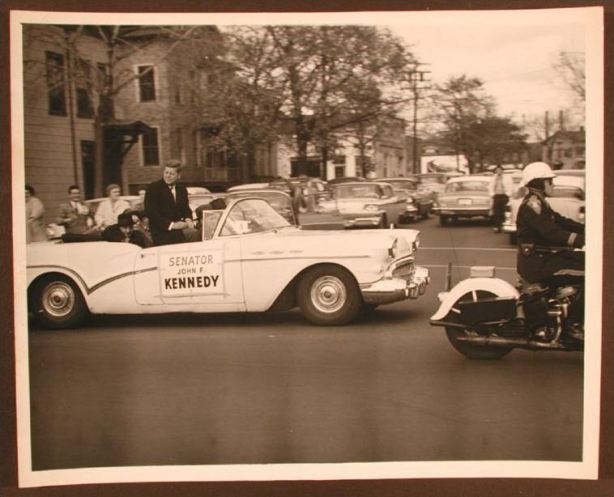
The Kennedys in Connecticut – Today in History: November 6
…Harvard. Jackie, a few years younger, attended Miss Porter’s School in Farmington from 1944 to 1947. She and Jack were married in 1953. Kennedy defeated Richard M. Nixon by a…
Read
Daniel Curtiss: The Life of a 19th-Century Self-Made Man
…Curtiss increasingly chose to spend his time farming, but his keen business sense soon brought him another challenging opportunity. In 1851, the Woodbury Bank opened in town and chose Curtiss…
Read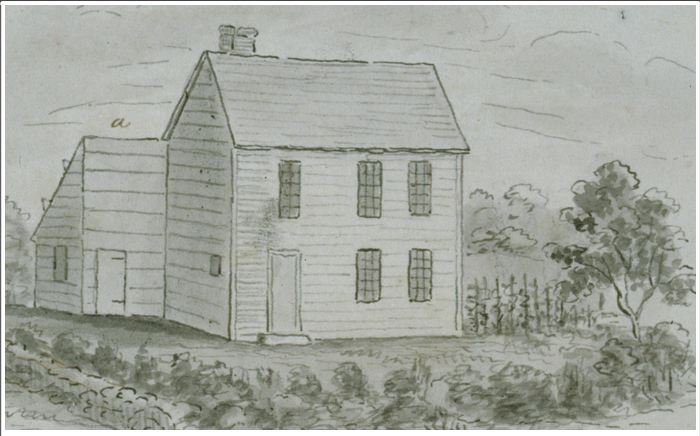
Samson Occom and the Brotherton Indians
…farmer, and was a father, husband, and brother. Reverend Samson Occom. Lithograph, 1830s. This later portrait is based on an engraving made in Europe during the 1780s – Connecticut Historical…
Read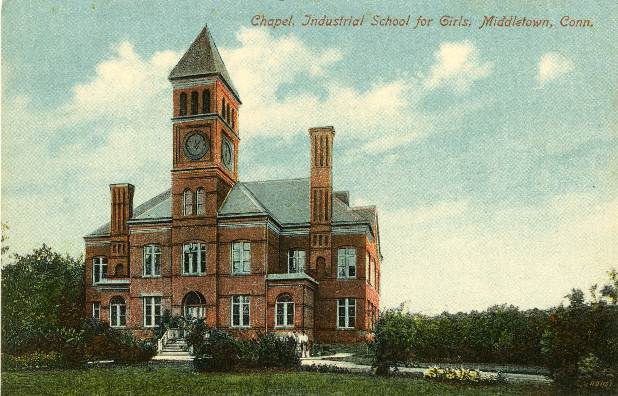
Thanksgiving and Christmas at Long Lane, 1874
…the girls was on a country farm far away from what they believed was crime, filth, and degradation of the city. At Long Lane, the Superintendent, teachers, and House Matrons…
Read
Samuel Foot: A Trader Turned Governor
…Congressional Representative Foot returned to Cheshire in 1813 and took up farming, but it was not long before his political interests landed him a job in public service. In 1817,…
Read
Over Time: Avon’s Historical Population
Town: Avon Incorporated: May, 1830 Incorporated from: Farmington Connecticut is currently divided into 169 “towns” with distinct geographical boundaries. These boundaries changed as parishes were set off from larger town-tracts,…
Read
Hidden Nearby: Camp Columbia State Park in Morris
…its main campus in New York City, rented land from Mrs. Everett Waugh. Mrs. Waugh’s farm would become the heart of the property, which soon would feature dormitories, a YMCA…
Read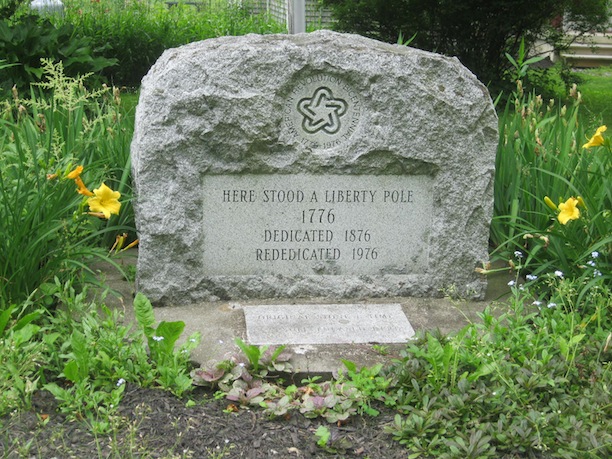
Hidden Nearby: Goshen’s Liberty Pole
…use caught on in France during the French Revolution. They were also used as symbols of protest by farmers in western Pennsylvania during the period of the Whiskey Rebellion, from…
Read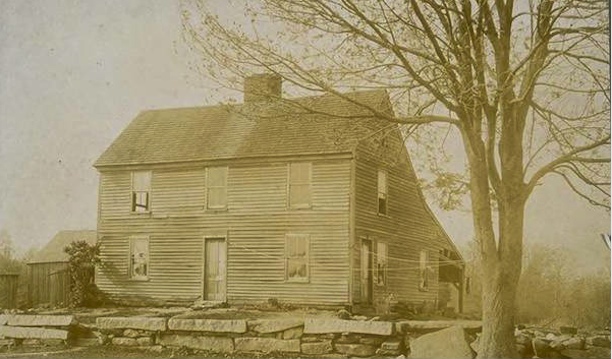
Hidden Nearby: John Brown’s Torrington Birthplace
…and worked farming local fields in the summer and making shoes over the winter. As a teenager he met and married Ruth Mills. Their first child died before turning two….
Read
Wheeler & Wilson: A Stitchy Situation in Watertown
…New York City, he met sewing-machine manufacturer Allen Wilson and immediately recognized the potential of Wilson’s design. Allen Wilson was an inventor who spent his youth as a farmer, blacksmith,…
Read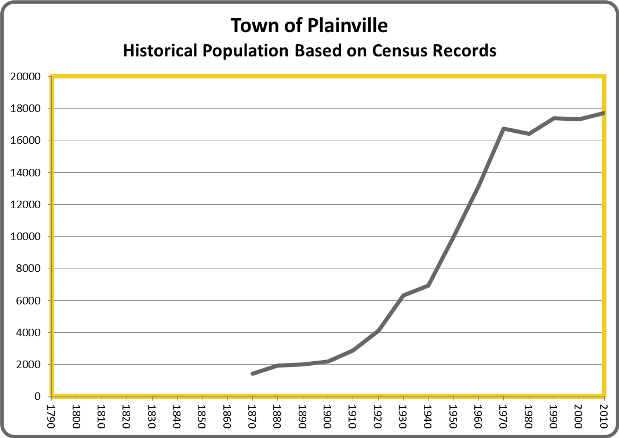
Over Time: Plainville’s Historical Population
Town: Plainville Incorporated: July, 1869 Incorporated from: Farmington Connecticut is currently divided into 169 “towns” with distinct geographical boundaries. These boundaries changed as parishes were set off from larger town-tracts,…
Read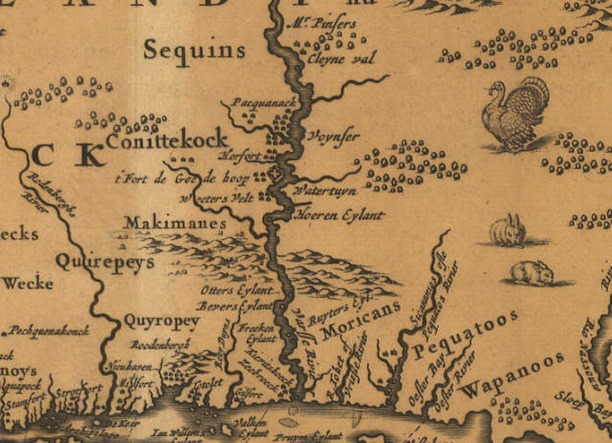
Timeline: Settlement of the Colony of Connecticut
…establishes a trading post where the Farmington River meets the Connecticut River. It is arguably the first English settlement in Connecticut and ultimately becomes the town of Windsor. 1634 Captain…
Read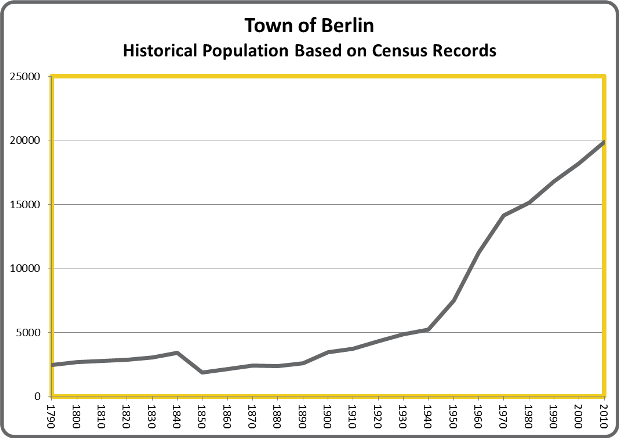
Over Time: Berlin’s Historical Population
Town: Berlin Incorporated: May, 1785 Incorporated from: Farmington, Wethersfield, and Middletown Connecticut is currently divided into 169 “towns” with distinct geographical boundaries. These boundaries changed as parishes were set off…
Read
Imagining Connecticut
…defense. The contribution of its farms to the Revolutionary cause earned us the nickname the “Provision State,” while the weapons and armaments produced by our brass mills, arms factories and…
Read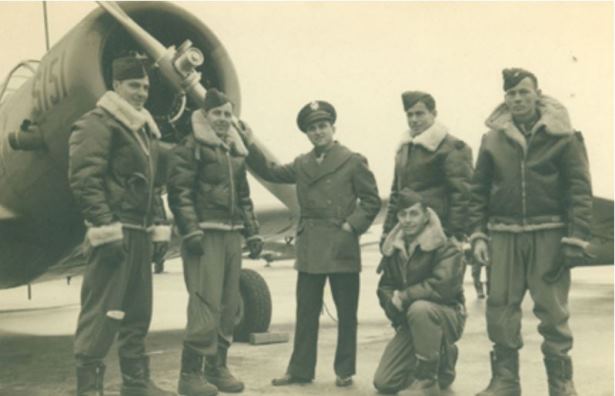
Hometown Hero: Wallingford Remembers Stanley Budleski
By Nancy Finlay Frank and Bogumita Budleski immigrated from Poland in the early 20th century. Their two children, Frances and Stanley, grew up on the family farm in the Yalesville…
Read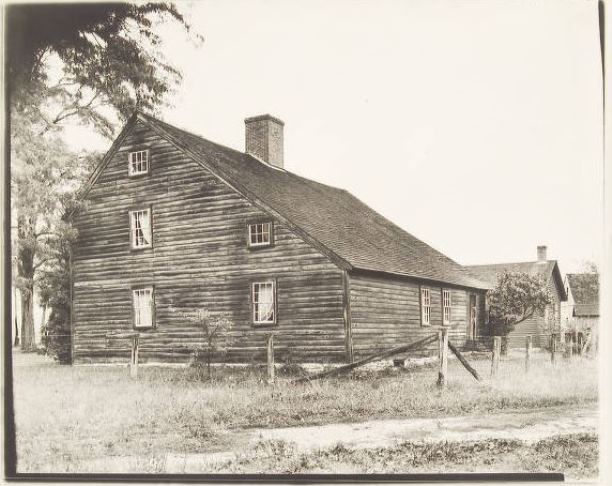
A Connecticut Home That Dates Back to the 1600s!
…farming, built a house on his father’s property that still stands today. Thomas went on to acquire large tracts of land in the area then known as Lyme—at one point…
ReadMore




